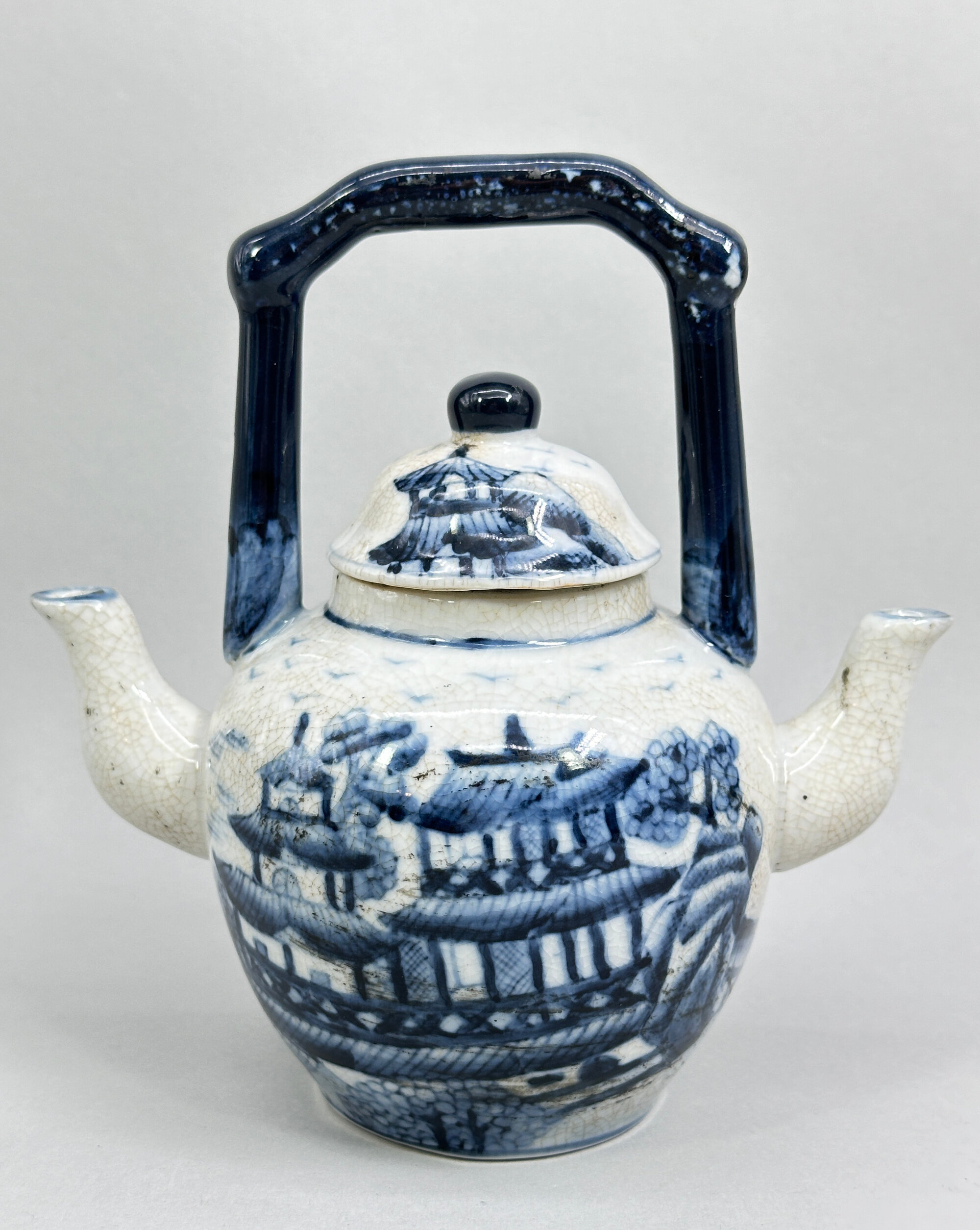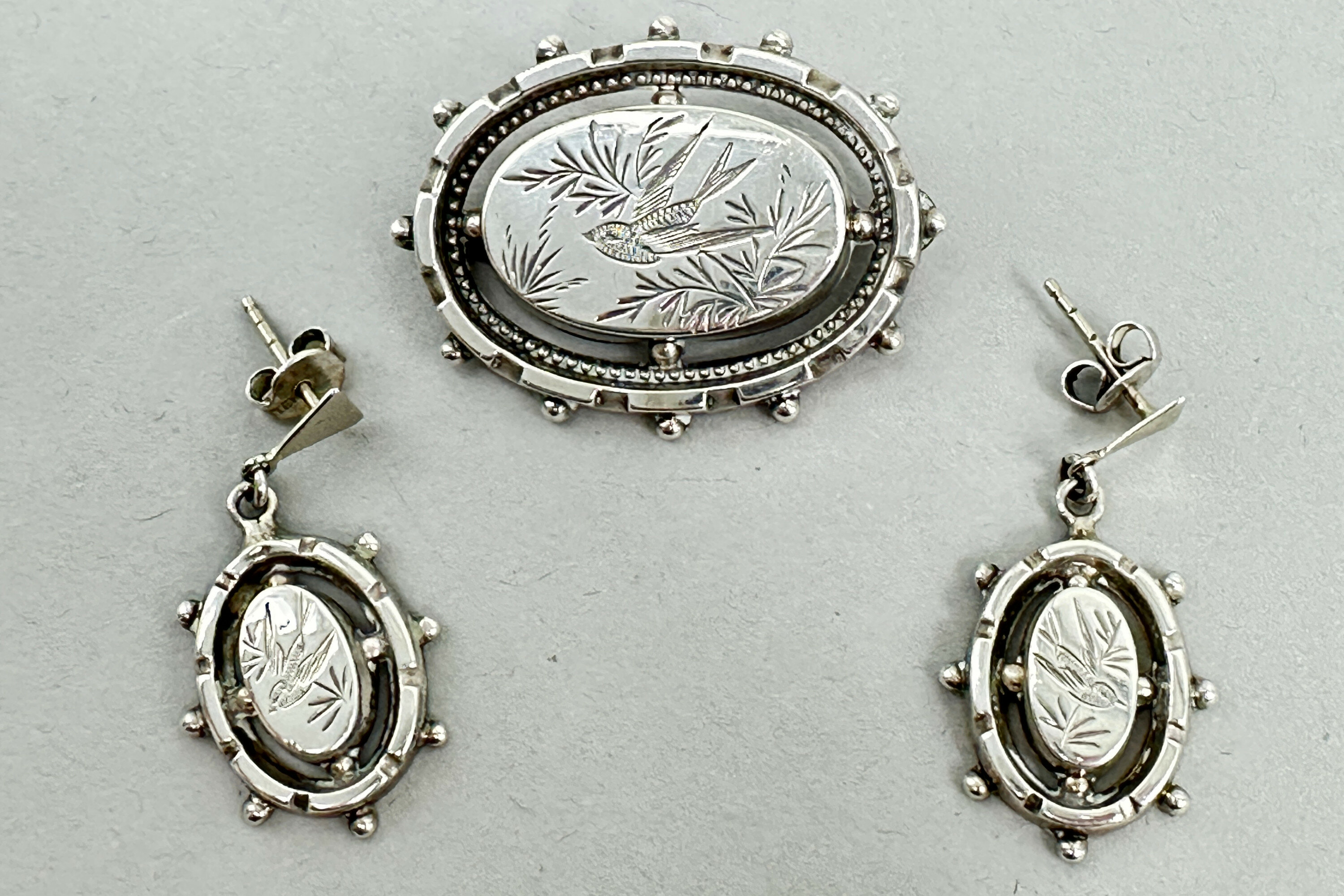
Aesthetic Movement silver brooch and earrings c1890
Price: £125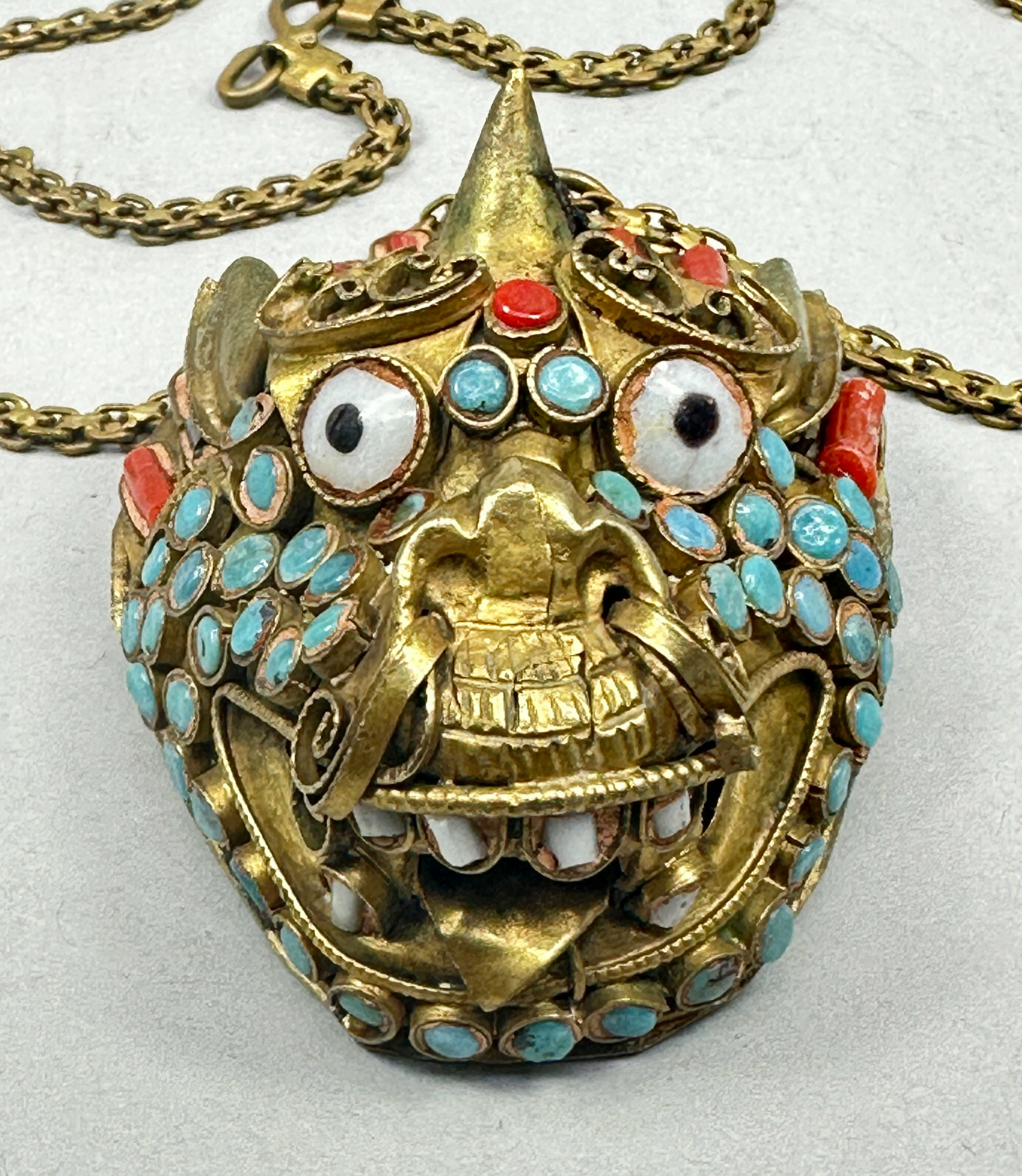
Art Deco Burmese dragon head Necklace, 1920s
Price: £75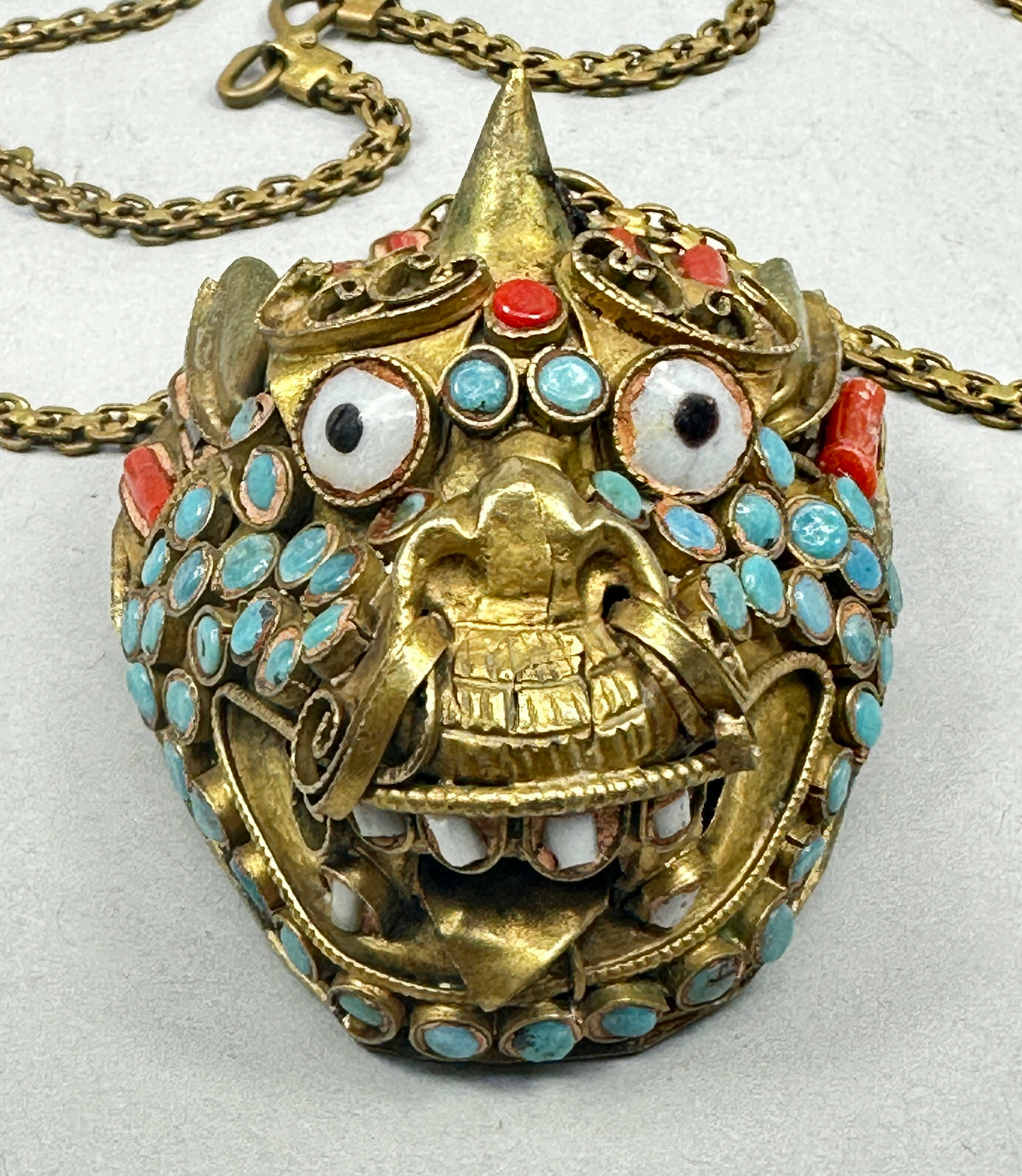
Art Deco Burmese dragon head Necklace, 1920s
Price: £75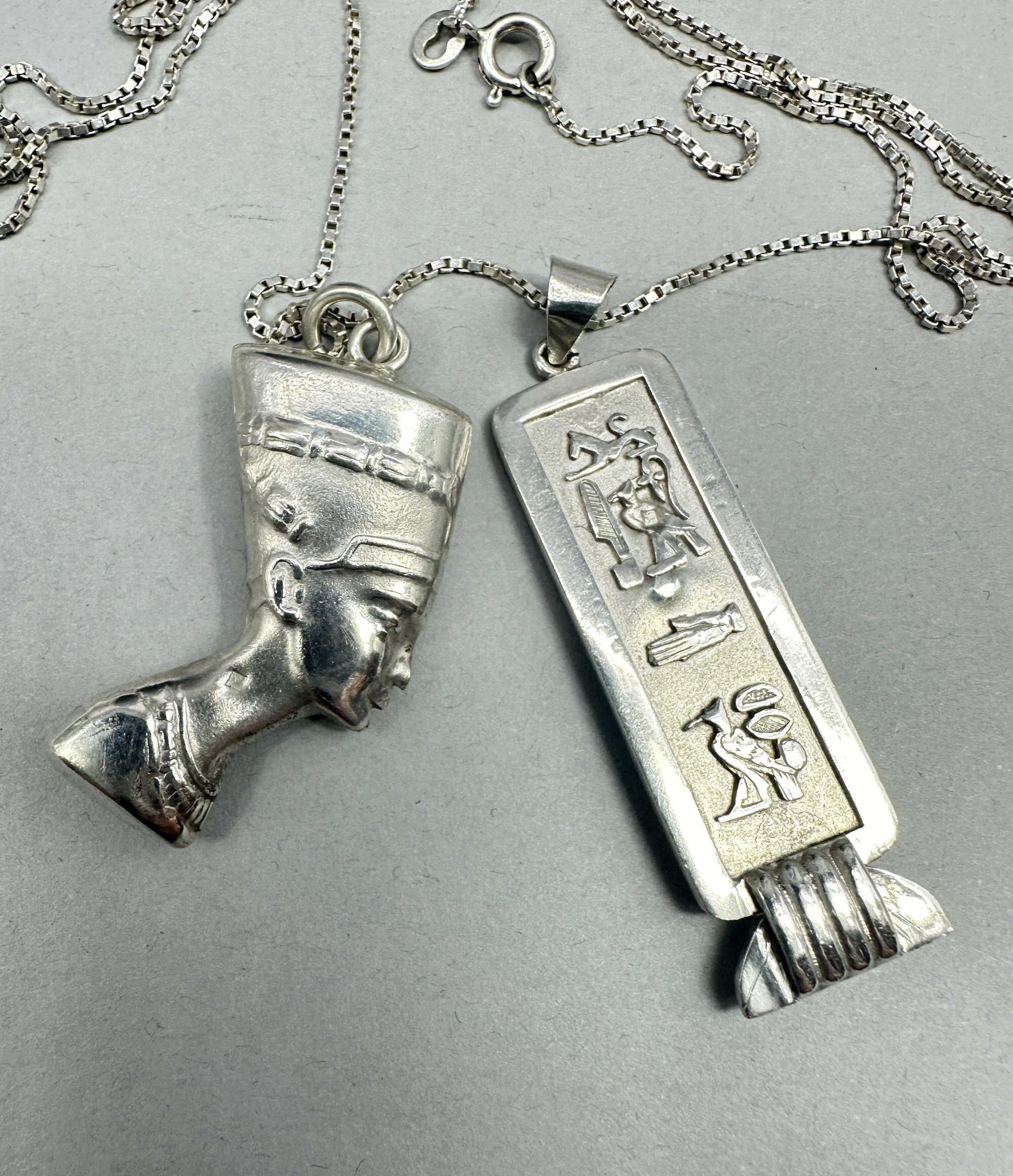
Egyptian Nefertiti and Talisman necklace on long chain c1970
Price: £95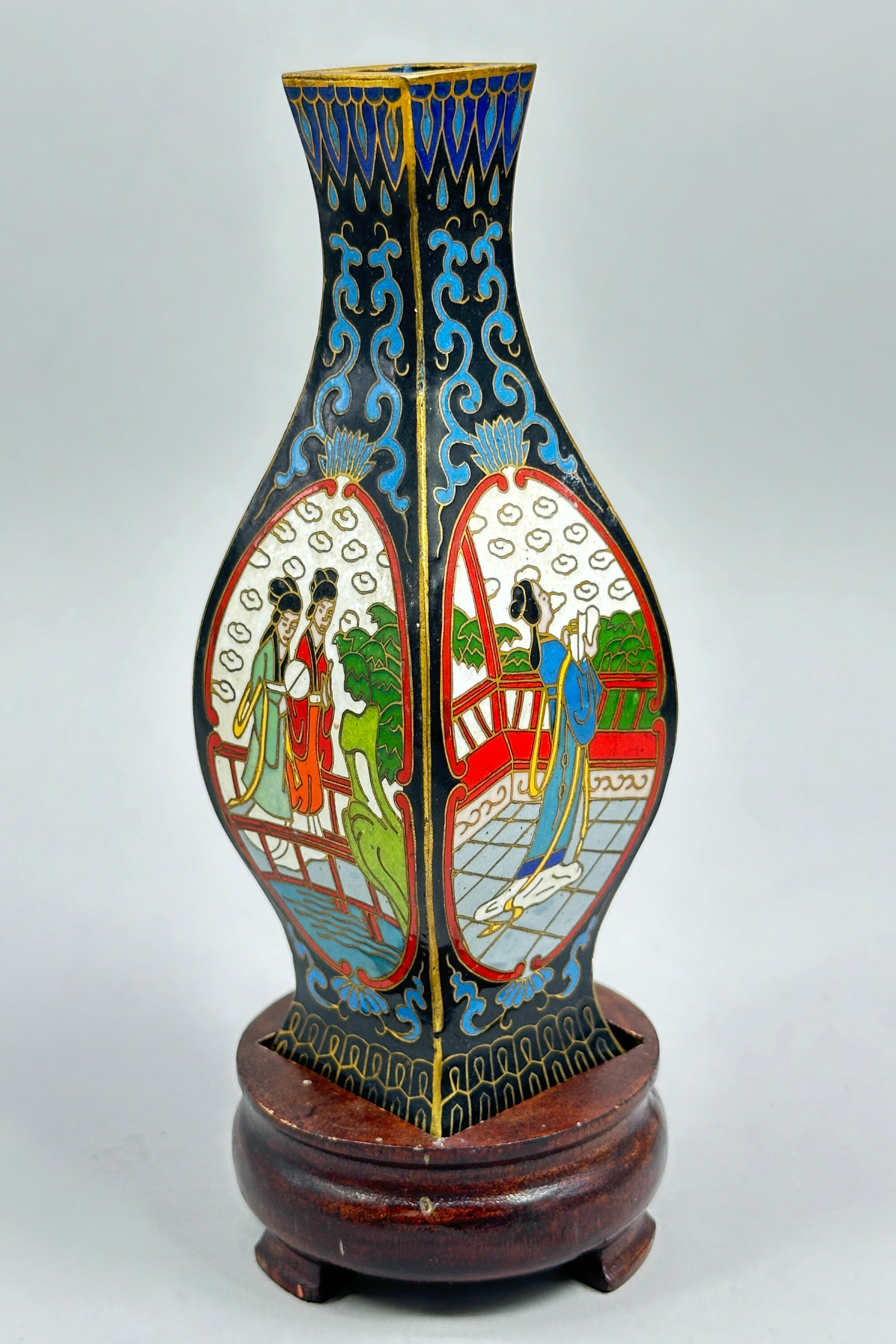
Chinese Cloisonné Square Vase on Stand, C20th
Price: £25The cloisonné technique, in which glass derived enamels were set in wire outlines (the so called ‘cloisons’ from the French word), was developed in China in the early Ming dynasty (1368-1644) and then used throughout, right up until the C20th, indeed pieces are still produced today. The style of enamelling here with fairly bold outlines to the decoration and the use of bright enamel colours suggests a dating here to the mid twentieth century which corresponds to the probable date of the accompanying wood stand. Perhaps intended as a desk ornament or possibly a flower vase, this piece could certainly find a home in a contemporary setting.

Japanese Kutani Shell Shape Dish, circa 1880
Price: £55Kutani (the word means 'nine valleys') porcelain was made at various factories in the former Kaga province of Japan. The earliest pieces were in a completely different style employing a palette of colours emphasising green, the so called 'Ko Kutani'. Production of this ceased around 1730, and manufacturing was not revived until the early nineteenth century when the more familiar colourings of iron red and gold were introduced. Many pieces were exported to the West in a variety of forms including vases and wall plates. This shell dish is more unusual; the shape is more normally found in Chinese ceramics. Perhaps one of an original pair, this dish, like its Chinese counterparts, was probably intended as a serving dish and could even be used as such today although it can well stand as a decorative item.
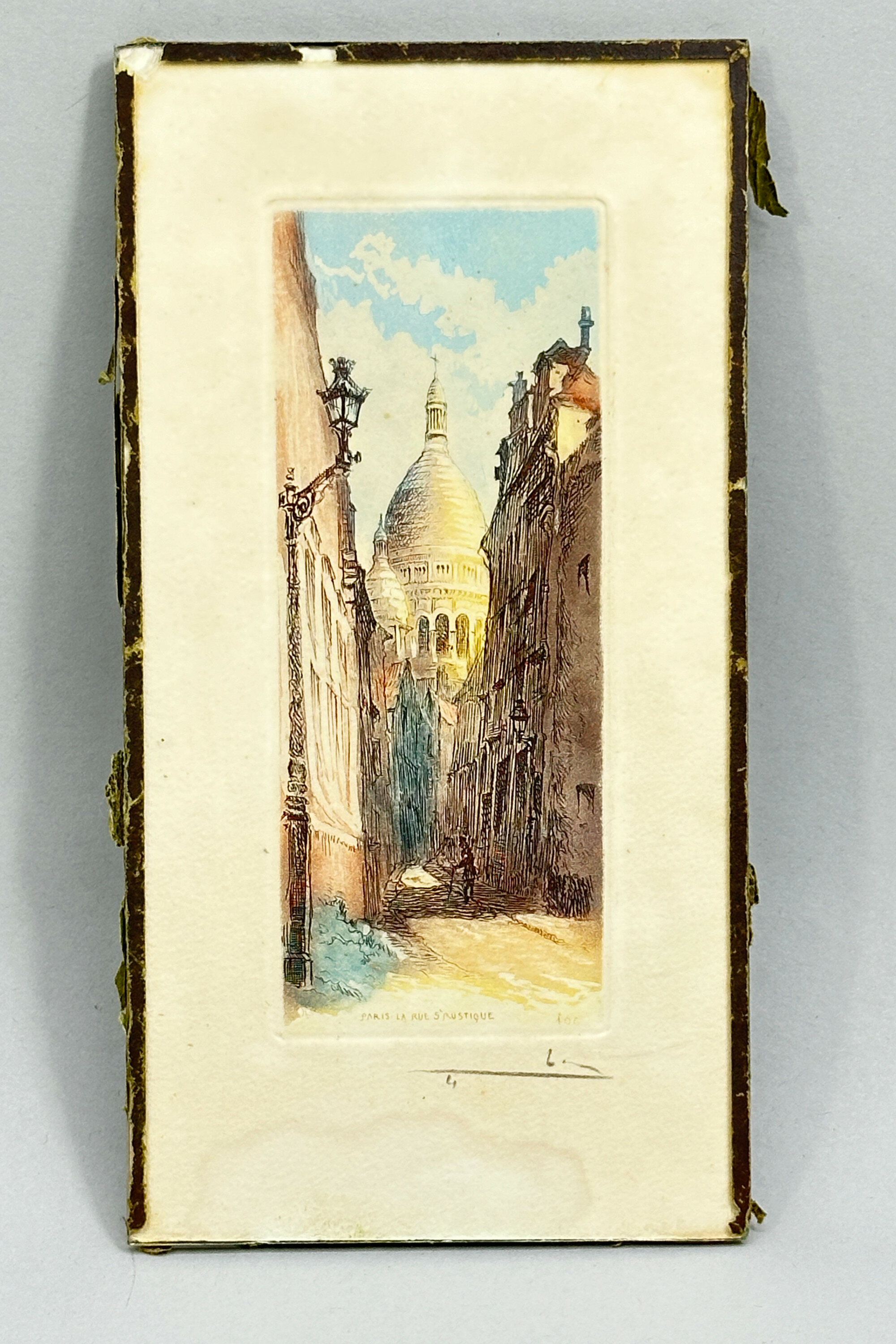
French Orientalist etching aquatint - Paris La Rue Saint Rustique
Price: £35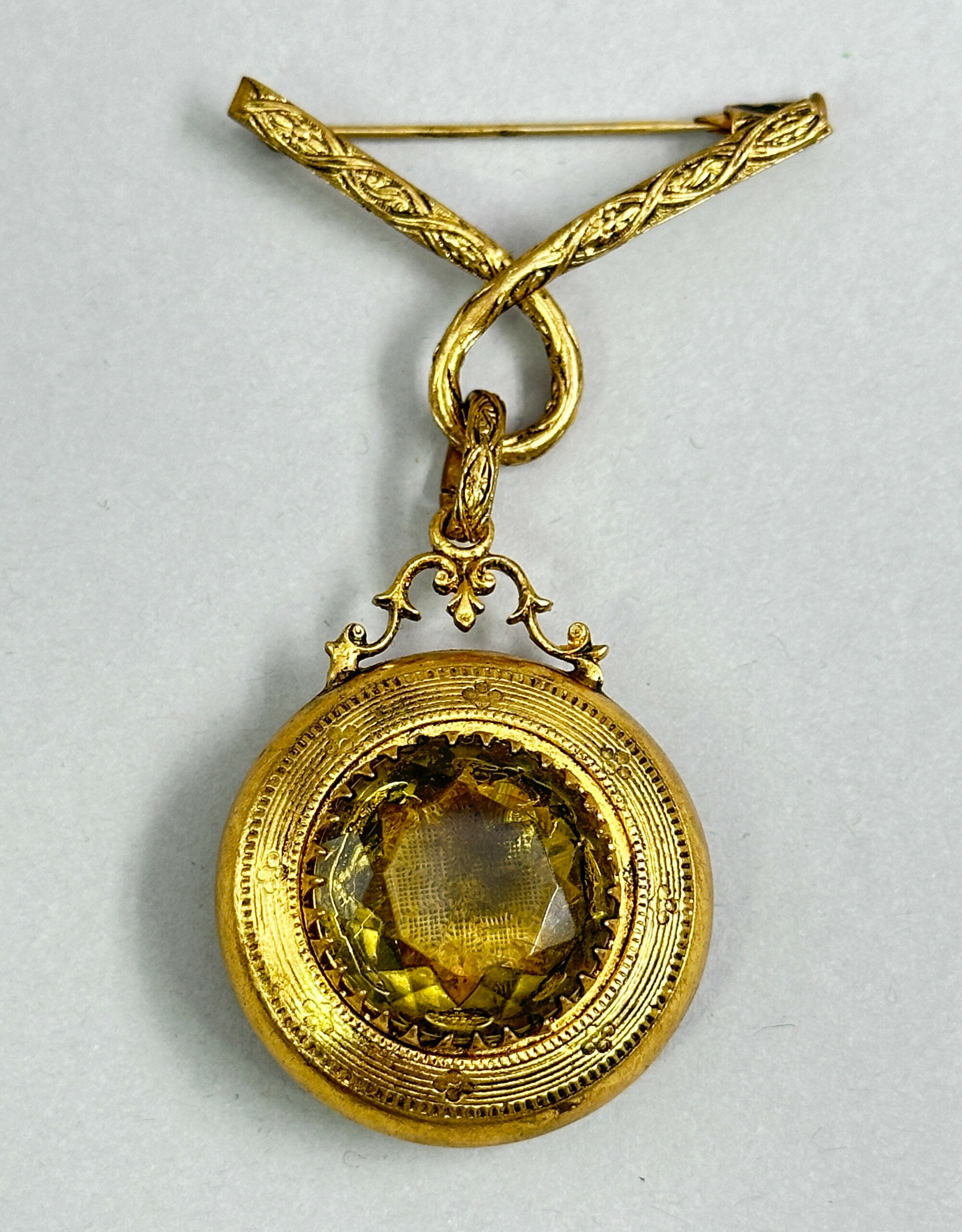
Statement fob brooch with large faux citrine drop c1950
Price: £15
Art Deco continental black spinel and marcasite ring, 1920s
Price: £35
Incredible long jade necklace with large carnelian pendant
Price: £135
Art Nouveau comb with coral fish and pearls
Price: £45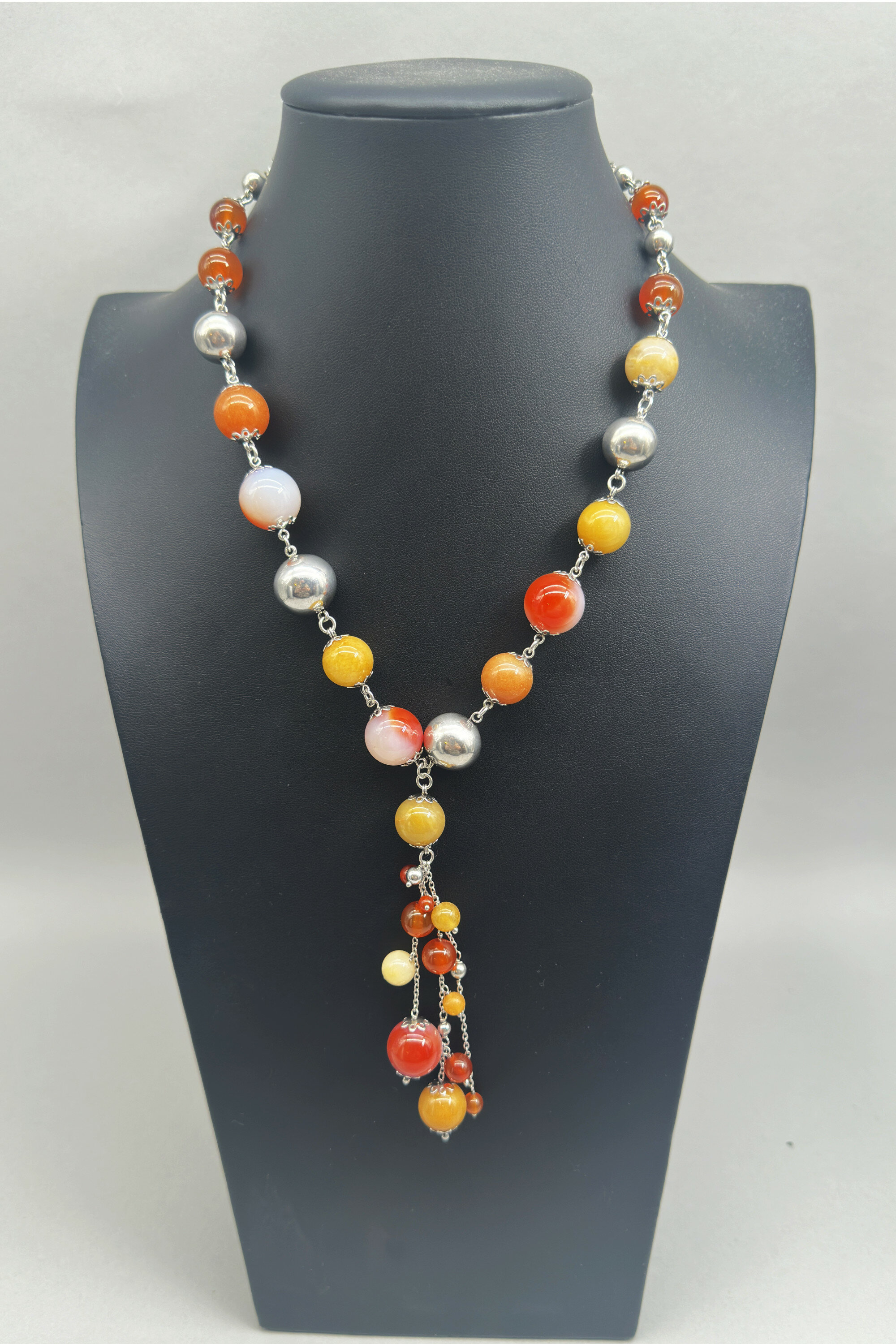
Bead necklace with jade carnelian and silver beads c1990
Price: £50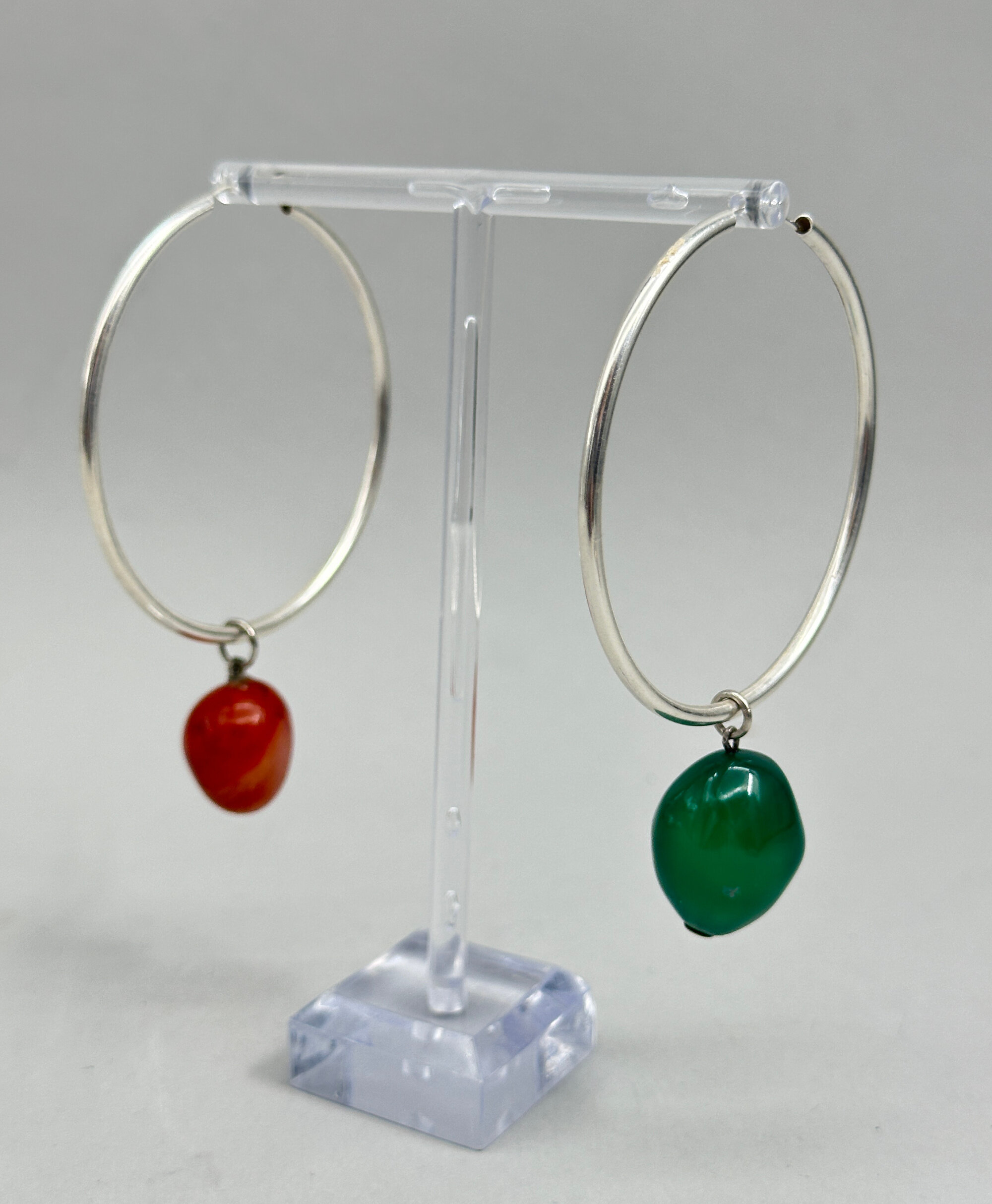
Pair of large hoop earrings with stone drops
Price: £45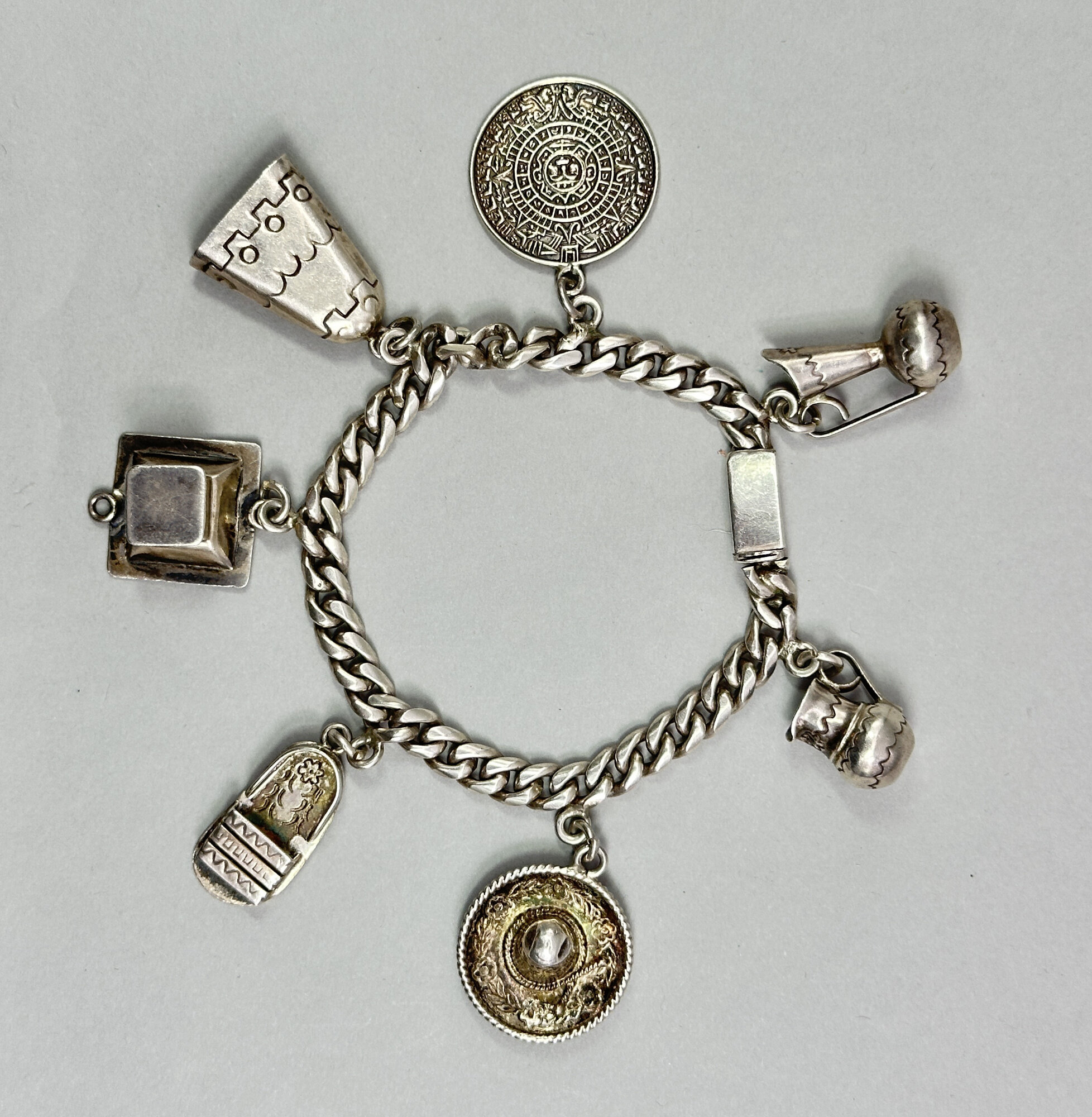
Taxco charm bracelet, makers mark Castelan, 1950s
Price: £85
Chinese Straw Thread Picture on Silk, framed in original box, late C20th
Price: £45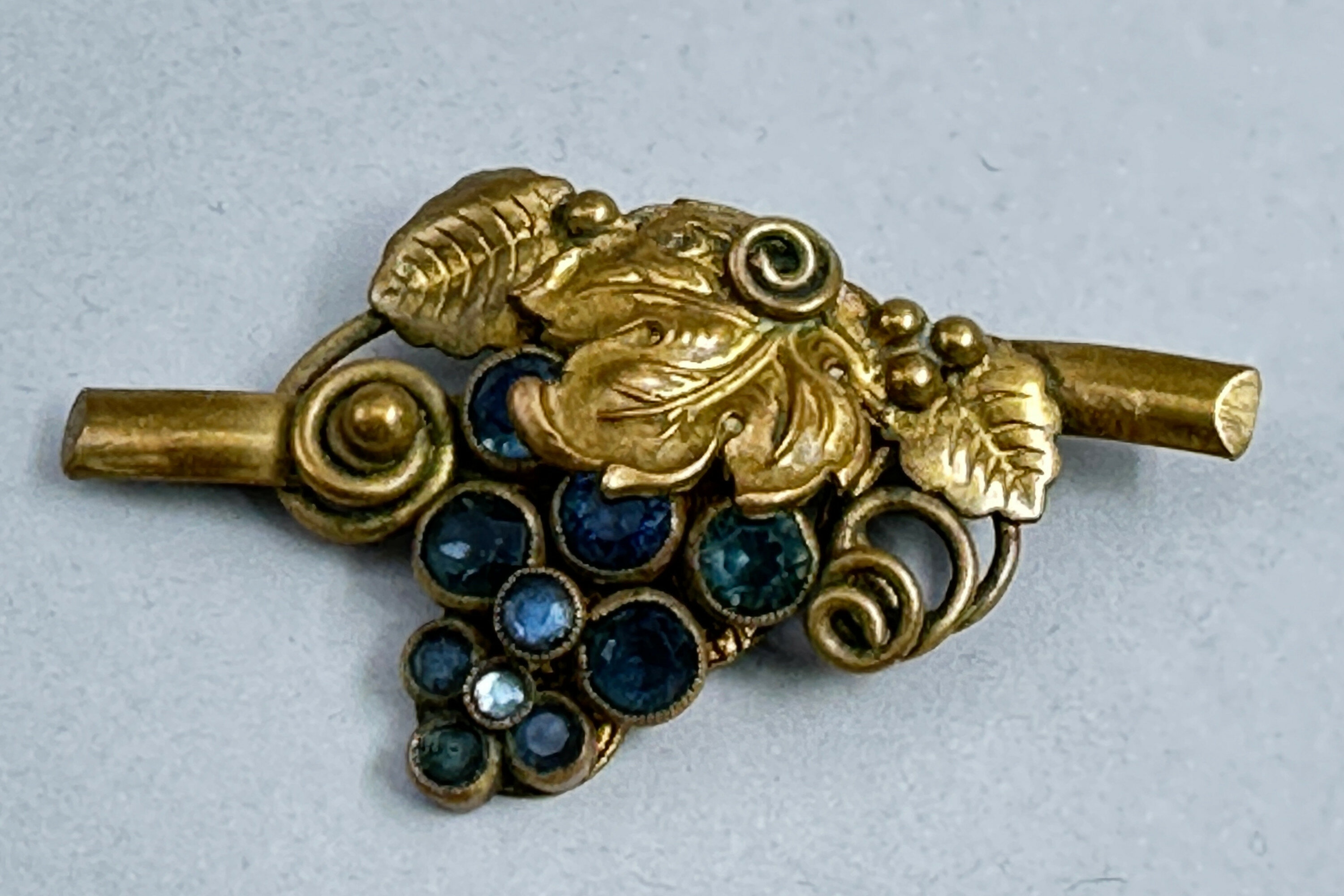
Rare early Czech glass brooch c1920
Price: £45
Celluloid Bangle with Tortoiseshell style decoration circa 1930
Price: £20PLEASE NOTE THAT THERE IS FREE UK SHIPPING ON THIS ITEM. For international buyers the shipping cost will be reduced by the UK shipping cost, so don't worry if you are outside the UK, you still receive this benefit!
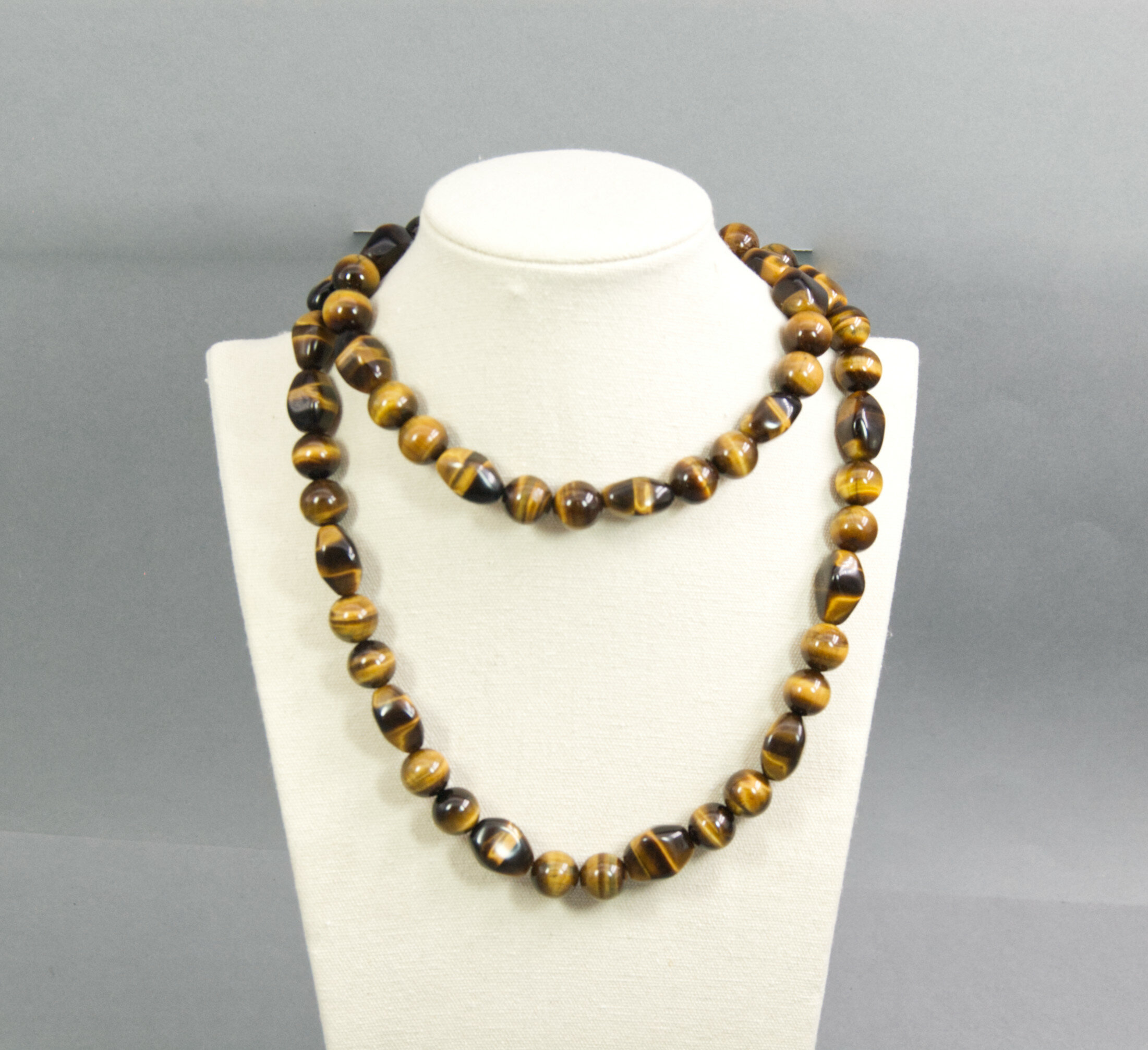
Tigers Eye long necklace 1970s
Price: £25
Art Deco Long Mille Fiore bead necklace
Price: £65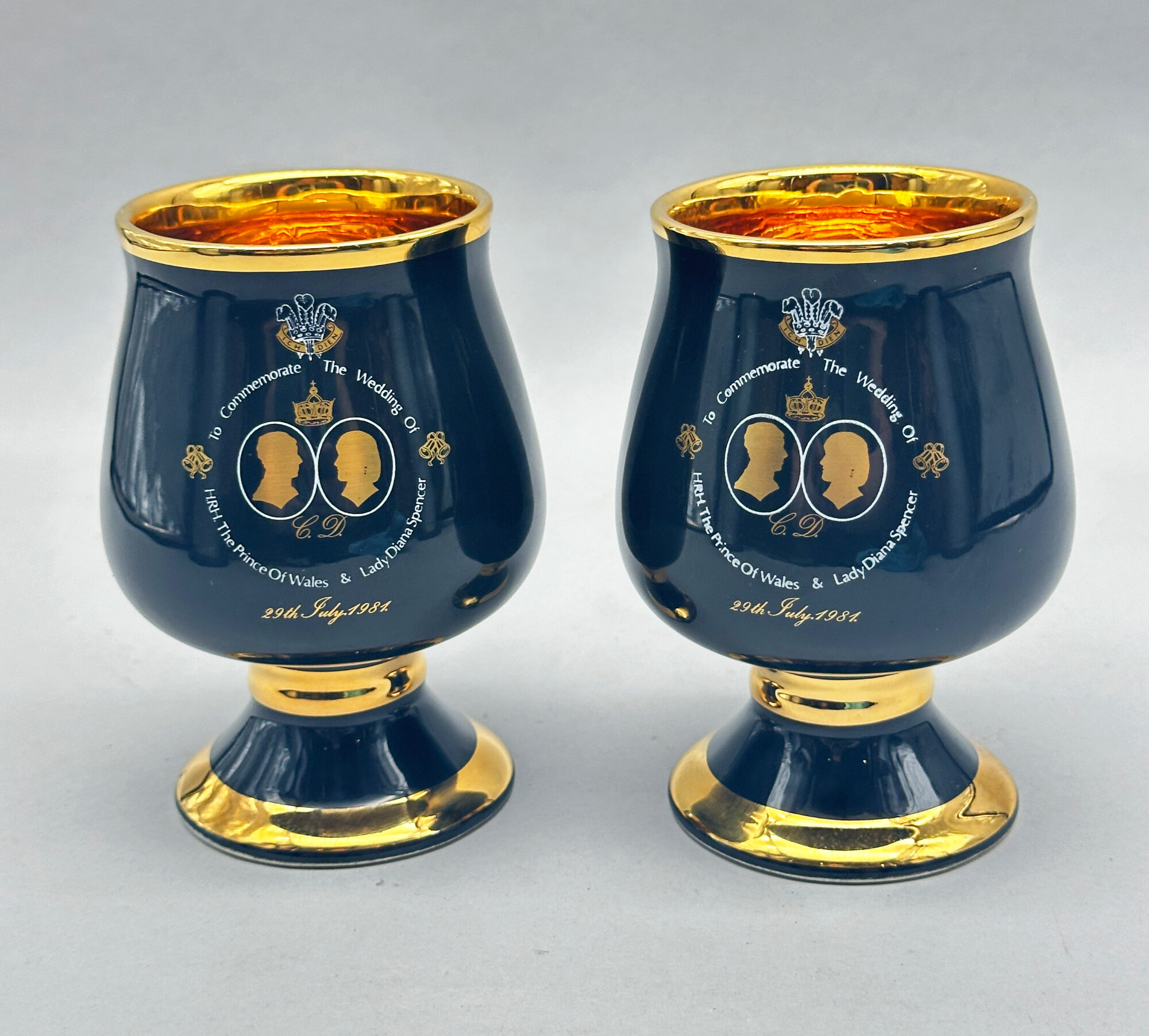
Pair of Ceramic Goblets : the Wedding of Prince Charles and Lady Diana Spencer in 1981
Price: £20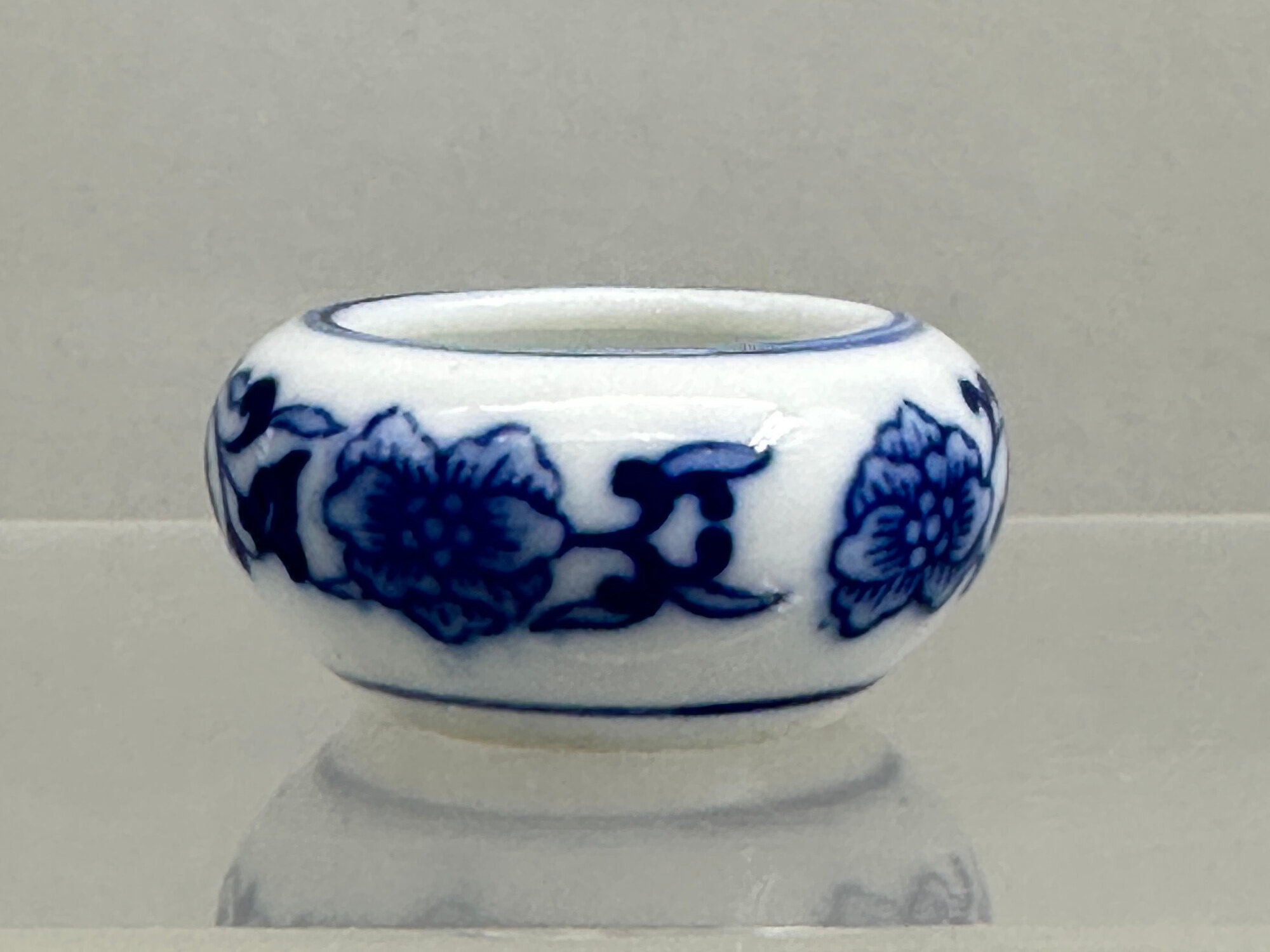
Small Chinese Blue and White Brushwasher, C20th
Price: £25
Art Deco Islamic silver bracelet with inset stones
Price: £195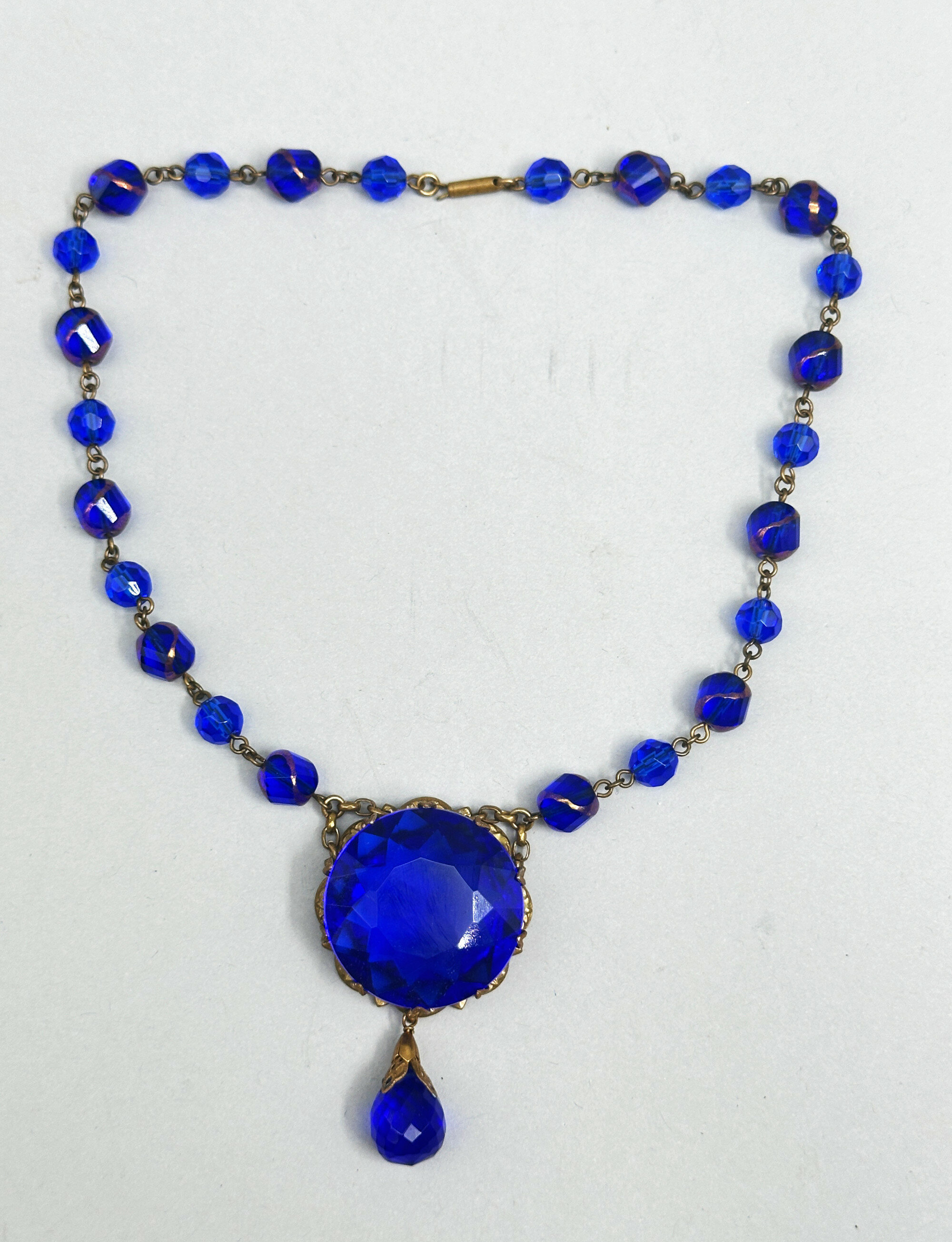
Art Deco necklace with blue paste stones 1930s
Price: £45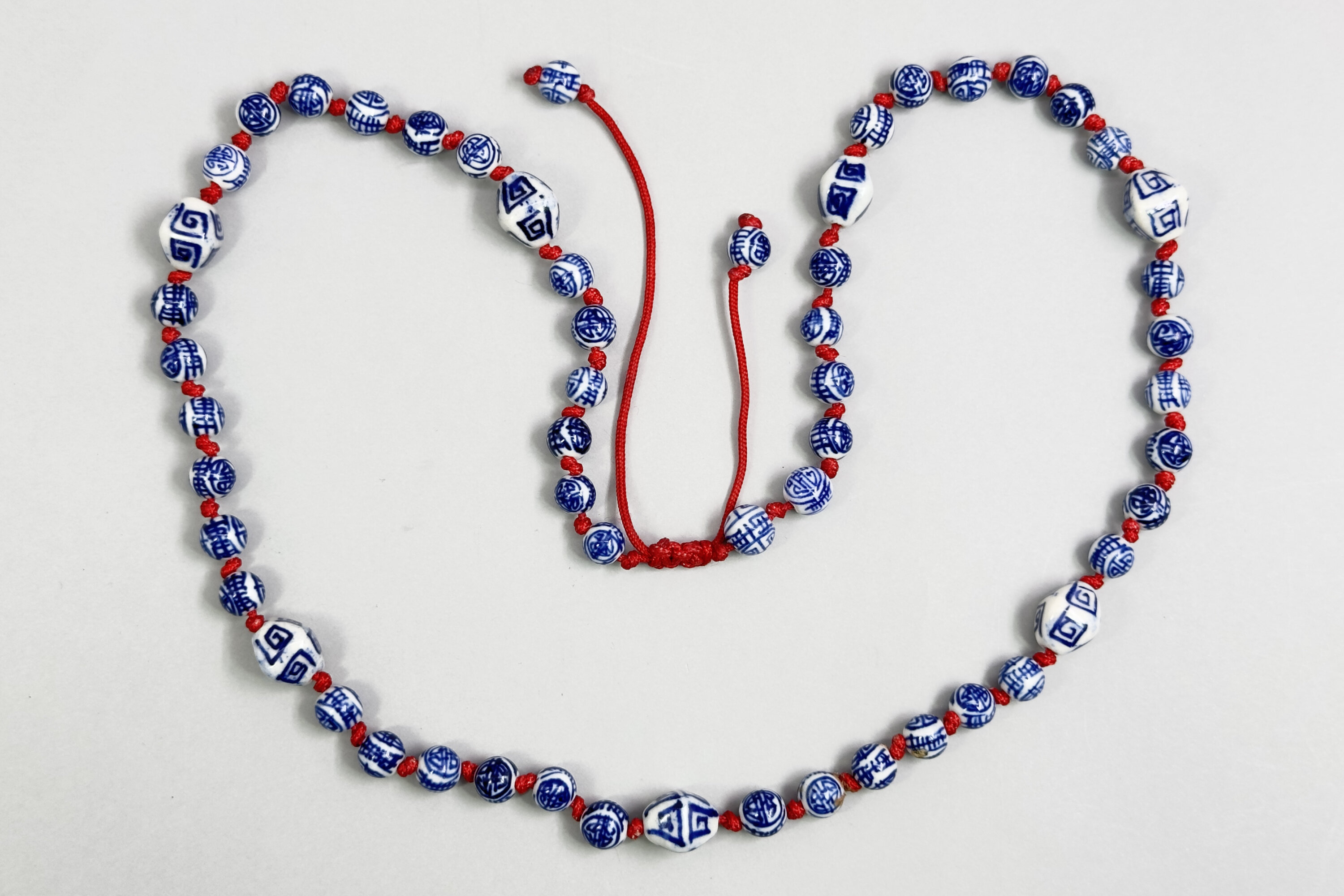
Chinese Blue and white ceramic beads, C20th
Price: £15PLEASE NOTE THAT THERE IS FREE UK SHIPPING ON THIS ITEM. For international buyers the shipping cost will be reduced by the UK shipping cost, so don't worry if you are outside the UK, you still receive this benefit!

Ceramic Model of a Fish, Jema Holland, signed, 1950s/1960s
Price: £30The Jema factory in Holland was started by two brothers, Jelis Mager ( born 1912 in Rotterdam, Netherlands) and his brother Johan Willem Mager (born 1919 also in Rotterdam) both living in Maastricht who took over an existing ceramics factory, founded originally by J.Meussen, in 1942 and traded together in a partnership which was dissolved in 1955 when the firm JEMA KERAMISCH ATELIER N.V. (jema ceramic studio; the first JE standing for Jelis and MA standing for Mager) was created under a new agreement between them. Ceramic products of many types were produced with figurines a speciality and the business continued until 1984 when it became insolvent and closed its doors.
Most of the pieces seem to have been marked, usually with an impressed script as here indicating the factory itself and the model number of the piece. For modest decorative items the quality of the manufacture is of a high standard as can be seen in both the modelling and the glazing of this piece. Their animal figurines were immediately approachable and provided modest but amusing items of decoration.
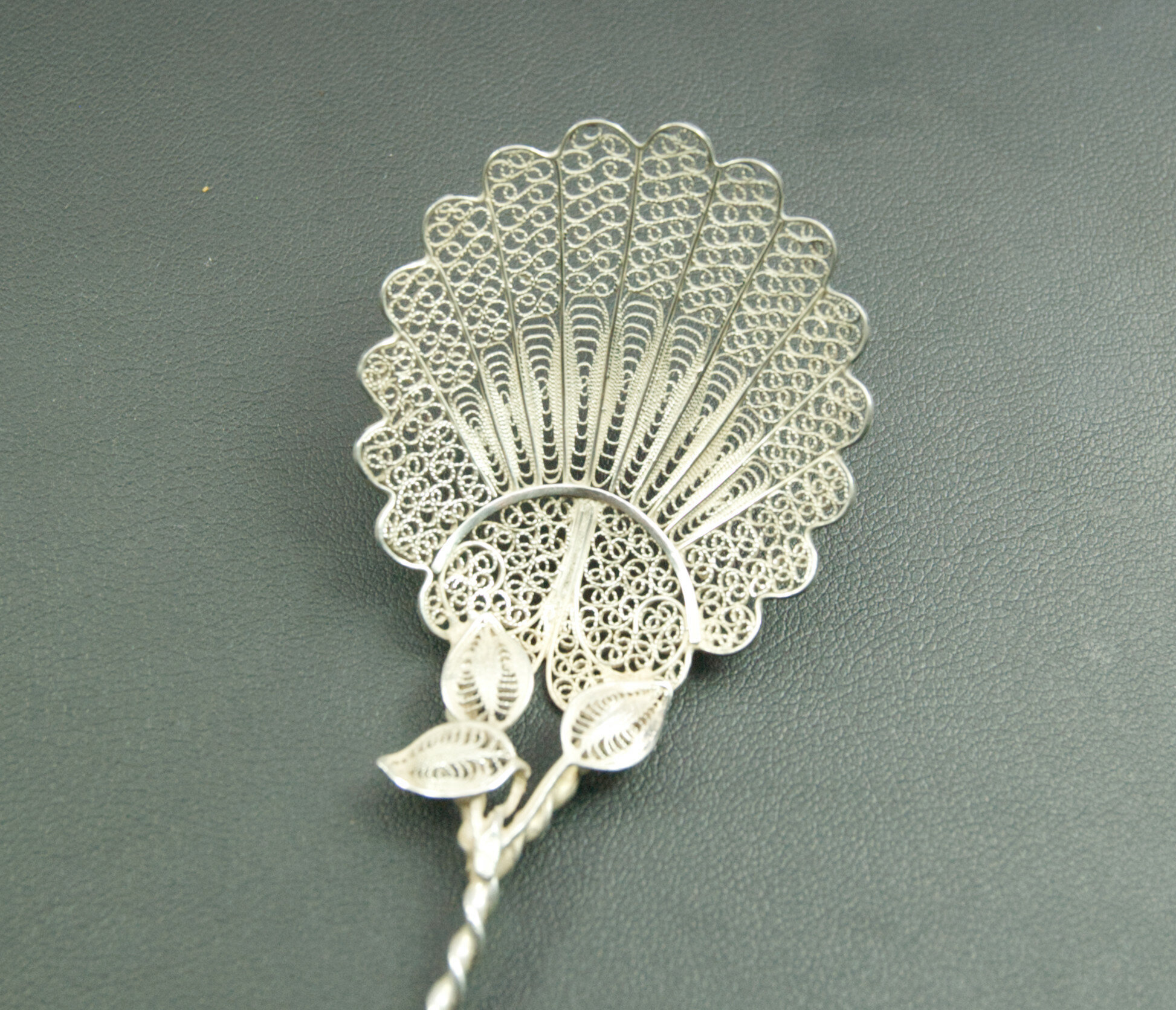
A silver filigree decorative Spoon, probably Scottish circa 1900
Price: £55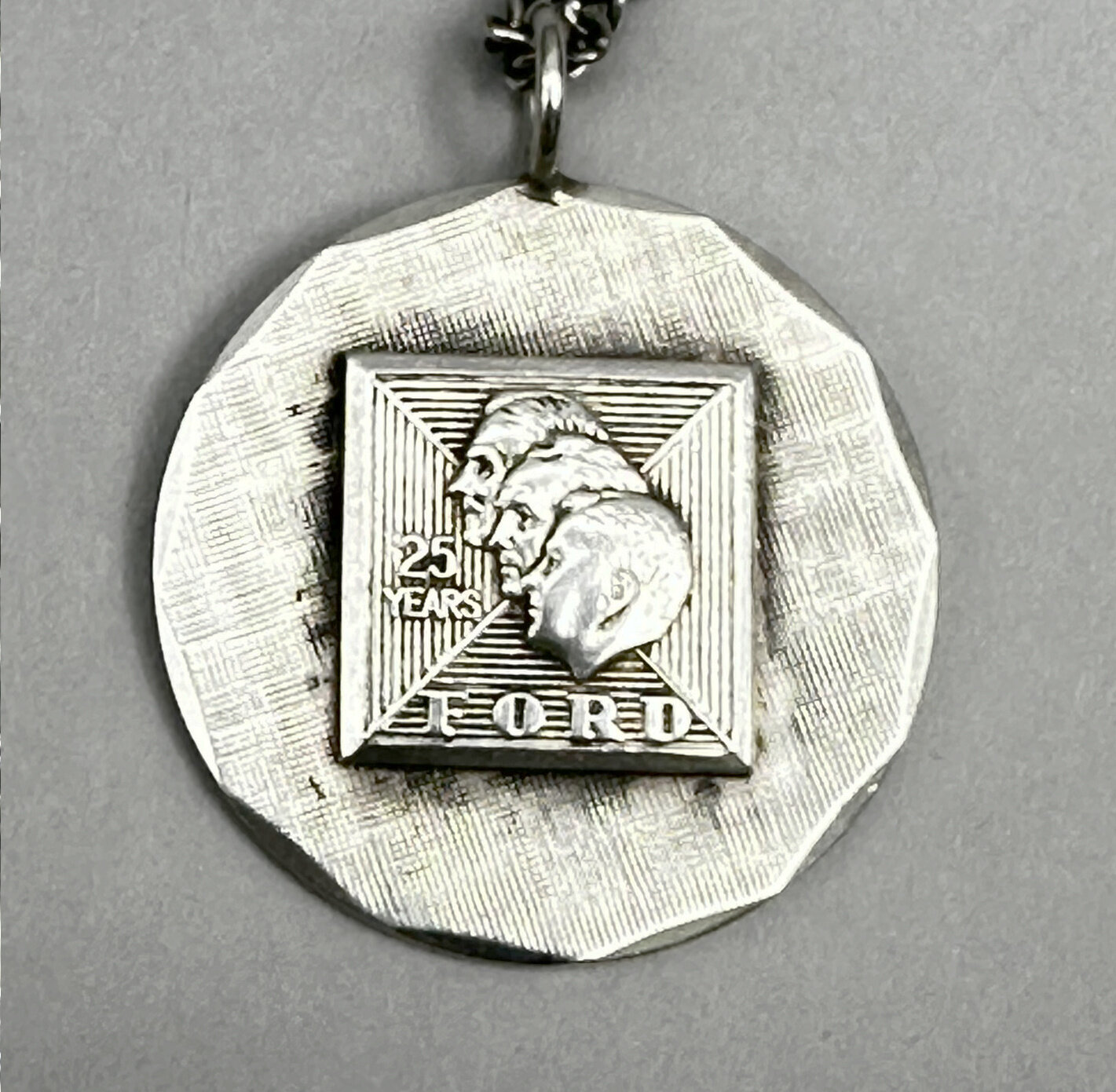
Pendant and chain commemorating 25 years of service at Ford, London 1965
Price: £35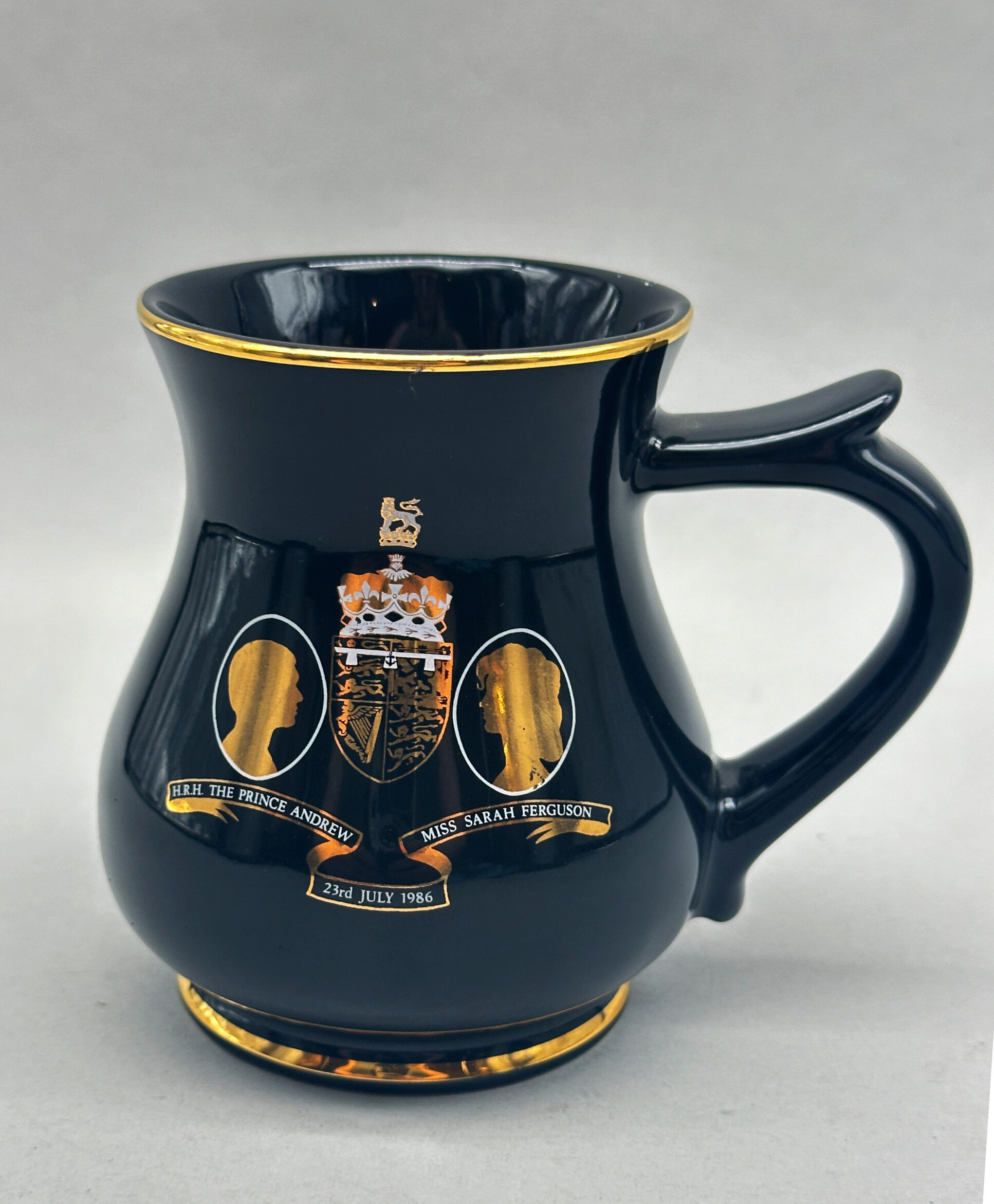
Ceramic Tankard celebrating the Marriage of Prince Andrew and Sarah Ferguson in 1986
Price: £10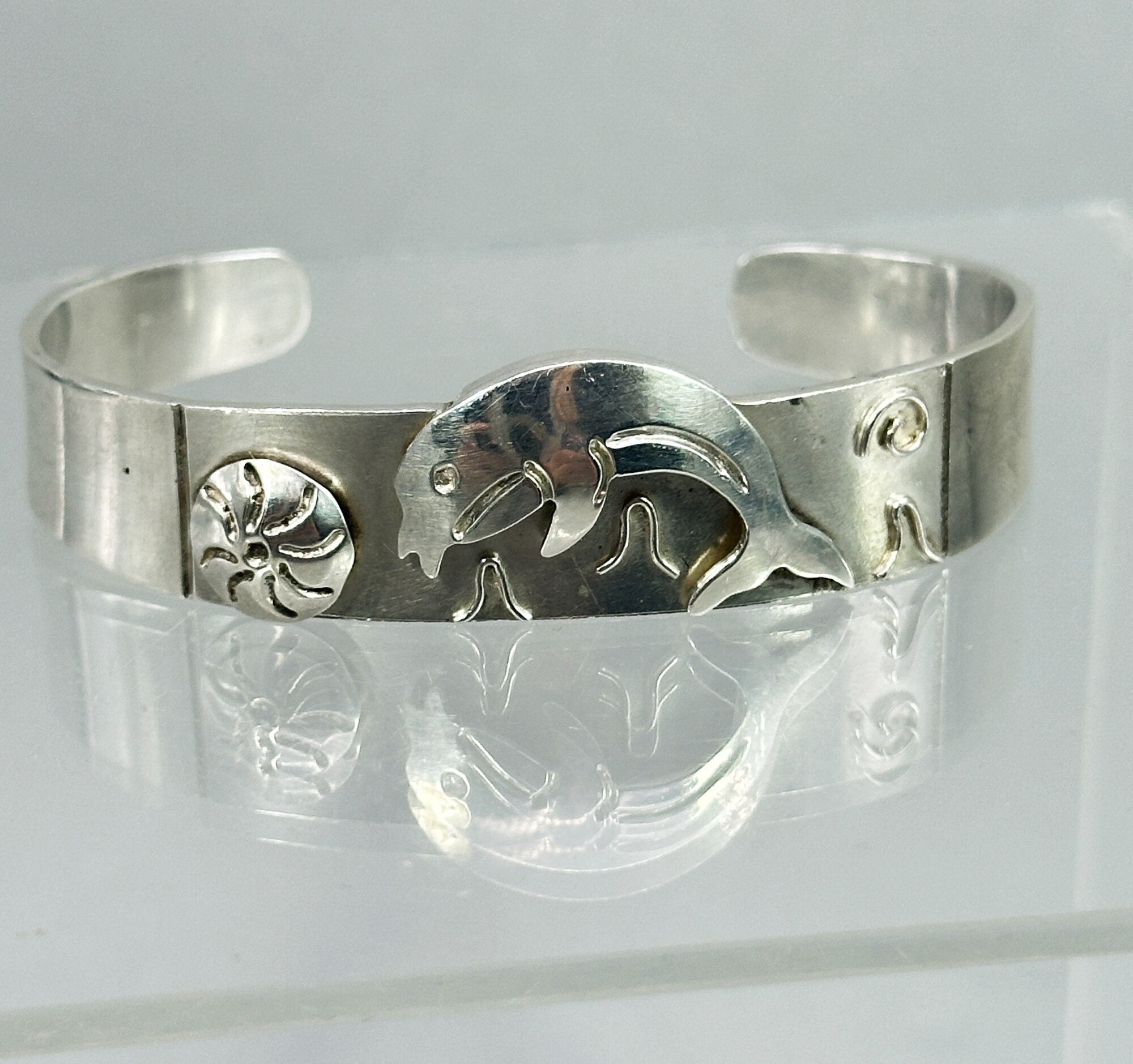
Mexican silver dolphin bangle bracelet c1990
Price: £65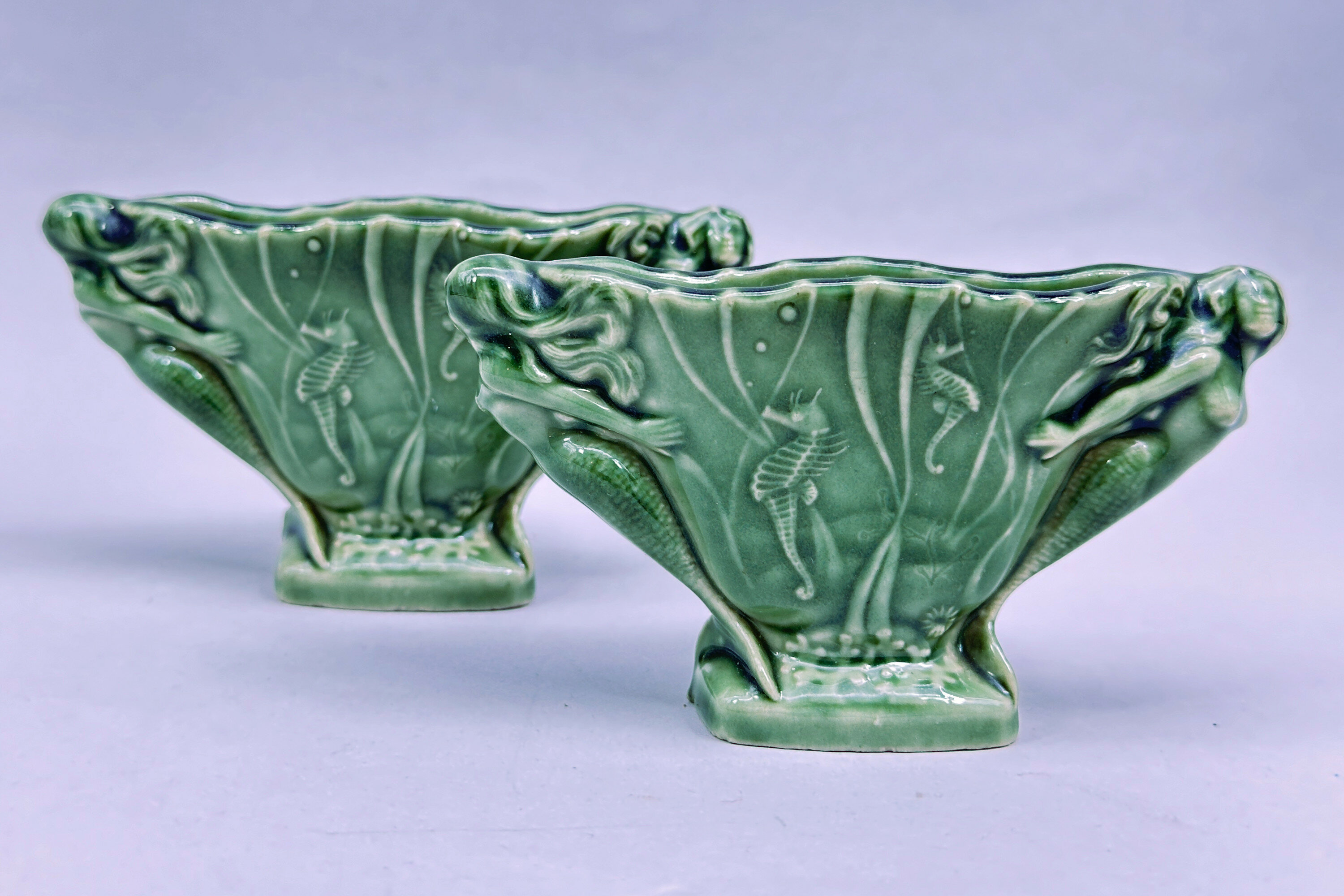
Pair of Wade green glazed Mermaid salts, 1950s
Price: £55Wade Ceramics Ltd was a manufacturer of porcelain and earthenware, headquartered in Stoke-on-Trent, England. Founded in 1867, it was run by various members of the Wade family until the death of George Anthony Wade in 1987 after which there was a succession of management buyouts. Despite substantial investment in 2009, the firm eventually went into administration in 2022. Wade produced a wide variety of ceramics, including the well known Wade Whimsies animal figurines.
This pair of salts is rather different to many of their productions and have a distinctly ‘Art Nouveau’ feel but, in fact, date to the 1950s when this particular format of the factory mark was used. It seems to be one of the rarer forms and pairs are even rarer still, so definitely one for Wade collectors!
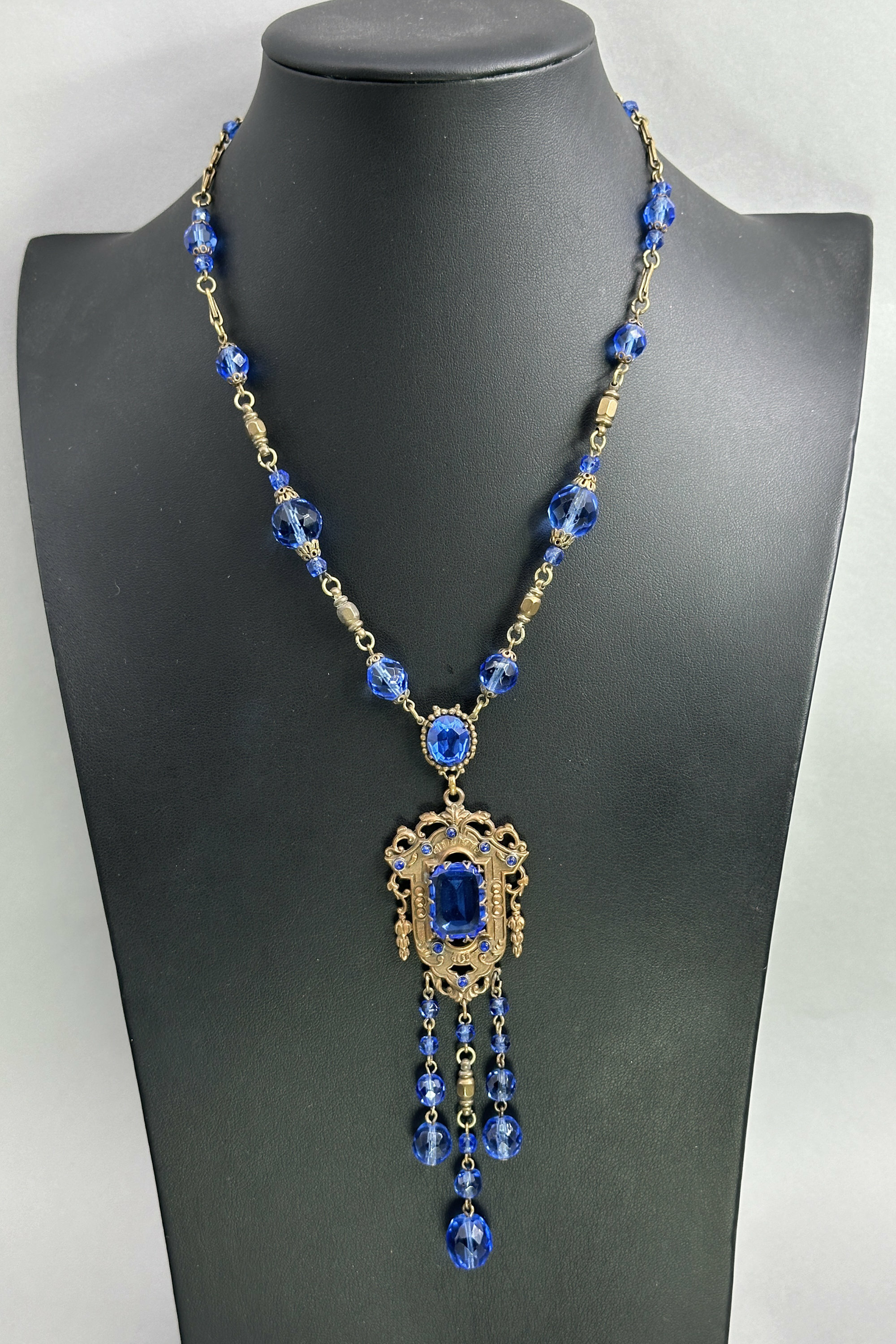
Edwardian Transitional necklace c1920
Price: £75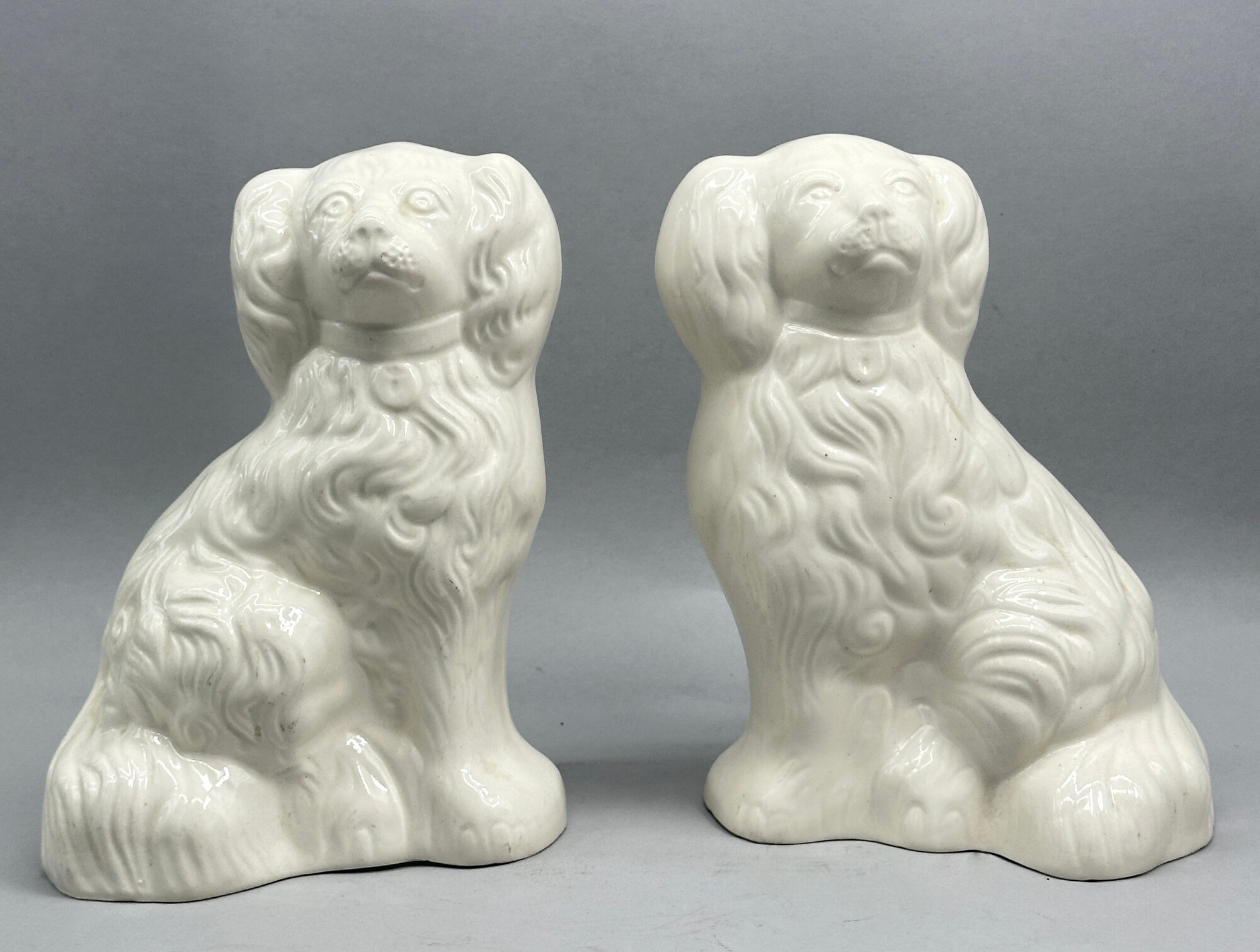
An unusual pair of white glaze models of Spaniels, Beswick, 1960s
Price: £75While a close relation to the traditional Victorian ‘Staffordshire Dog’, these figures were actually made by the English firm Beswick in the twentieth century. Founded in 1894 by James Beswick and his sons, the company became known for its output of figurines, eventually securing the rights to producing characters from the novels of Beatrix Potter and the films of Walt Disney. It was sold to Royal Doulton in 1969 who continued production until 2002, selling the pottery premises in 2003 and the rights to the name in 2004 when they were bought by Dartington Crystal who still manufacture pieces carrying the Beswick name. These spaniel figures appear to date from the 1960s and were made in at least two sizes. Most have painted decoration but the plain white finish here is really the most pleasing of all producing a pair of decorative items with timeless appeal.
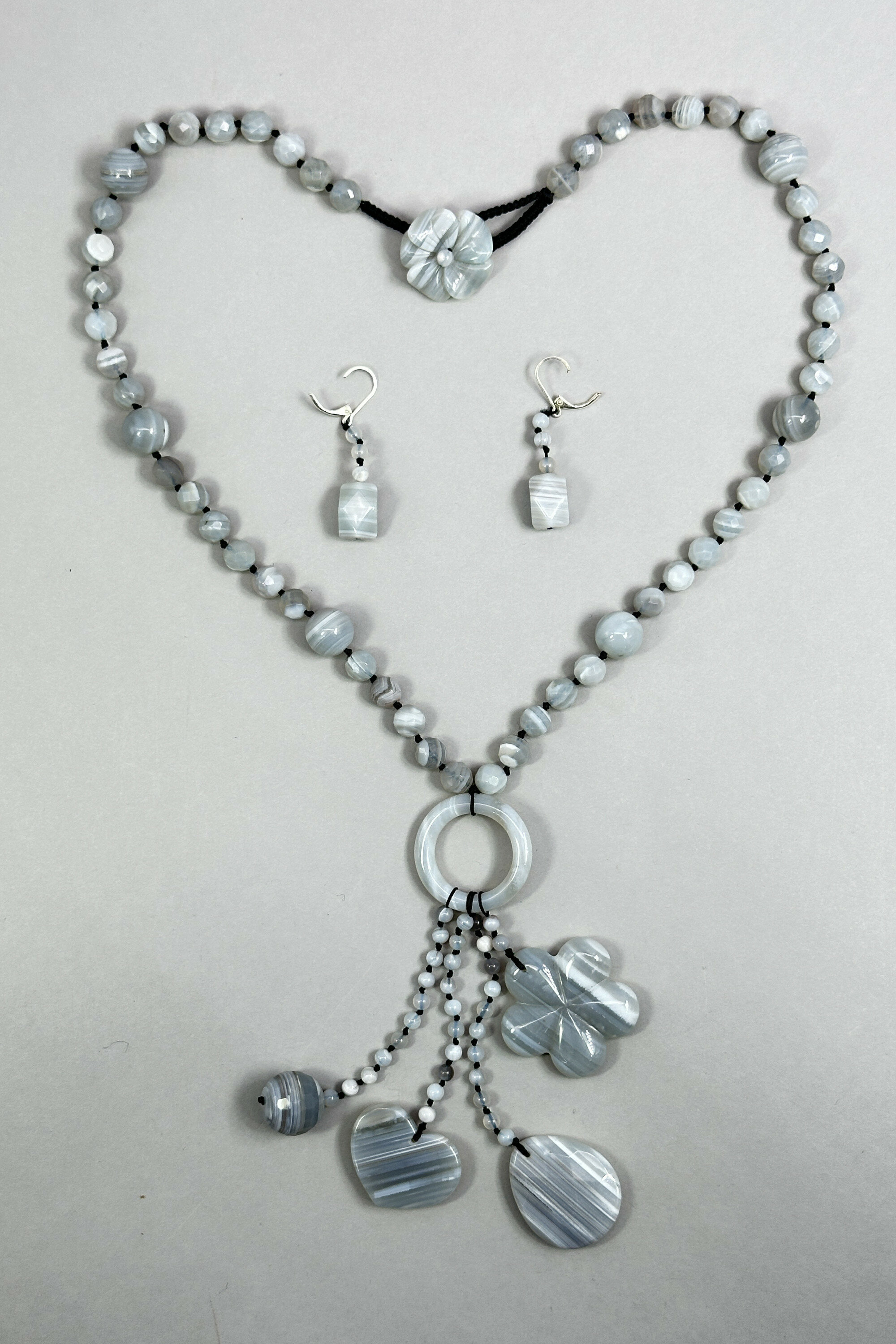
Chinese lace agate earrings and necklace suite
Price: £50
Art Deco rock crystal bead necklace
Price: £25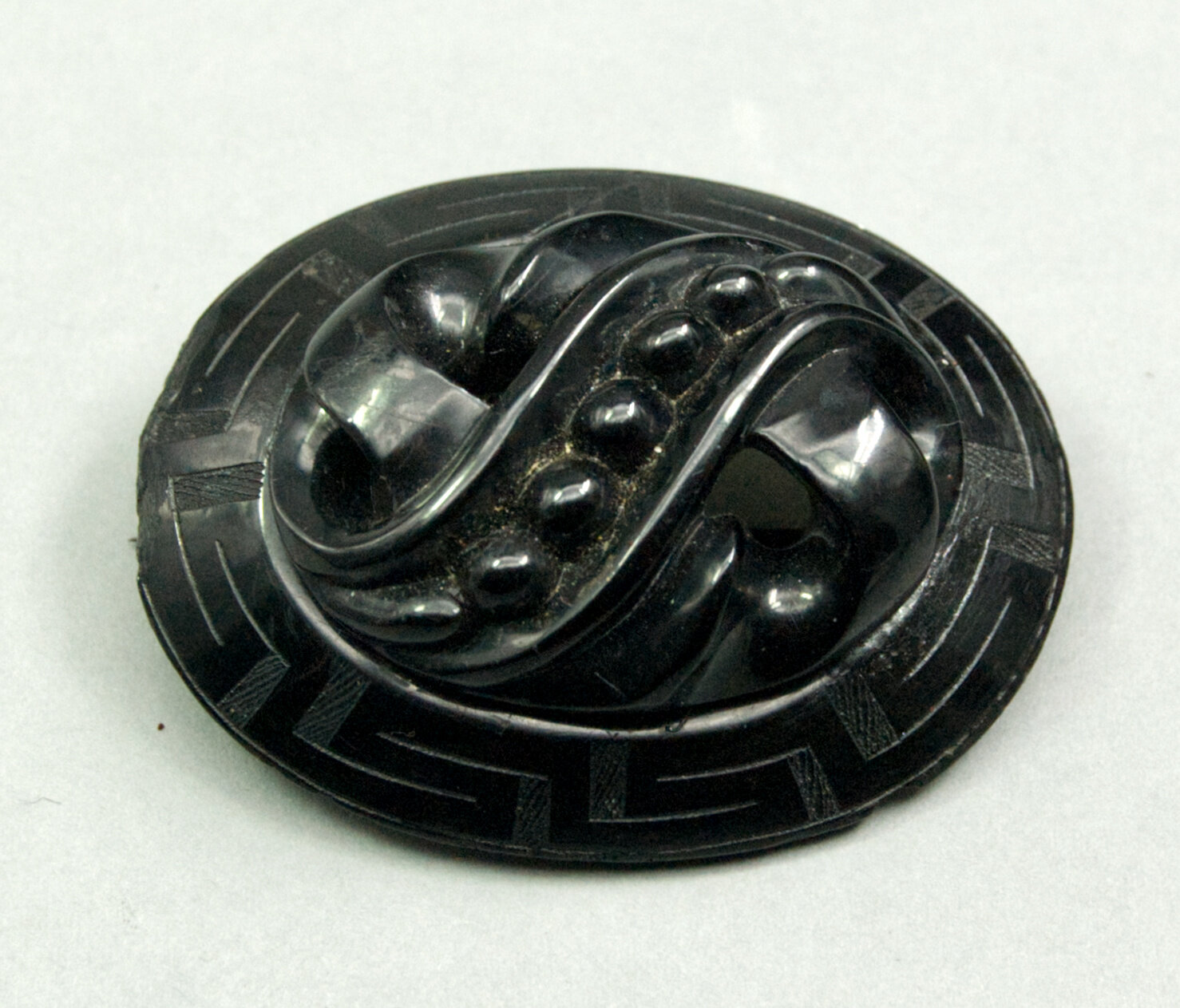
Victorian Whitby jet mourning brooch
Price: £75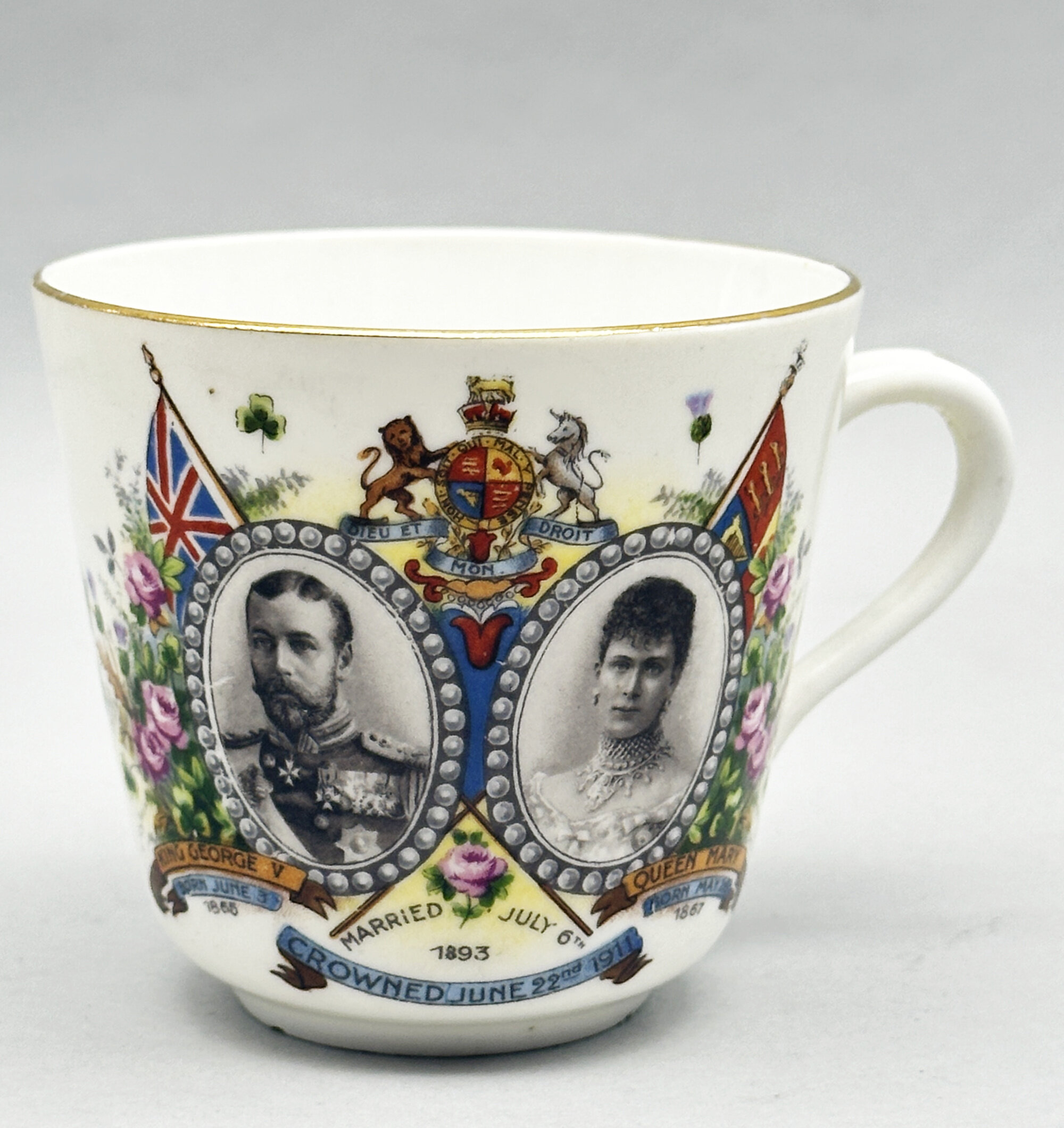
Cup : Marriage and Coronation of King George V and Queen Mary, 1911
Price: £10Production of this piece was presumably contemporary with the coronation in 1911 and many similar pieces were made by other factories at the time, more often in a straight sided mug shape. The form here suggests that there might have been an original saucer but none seem to have survived.
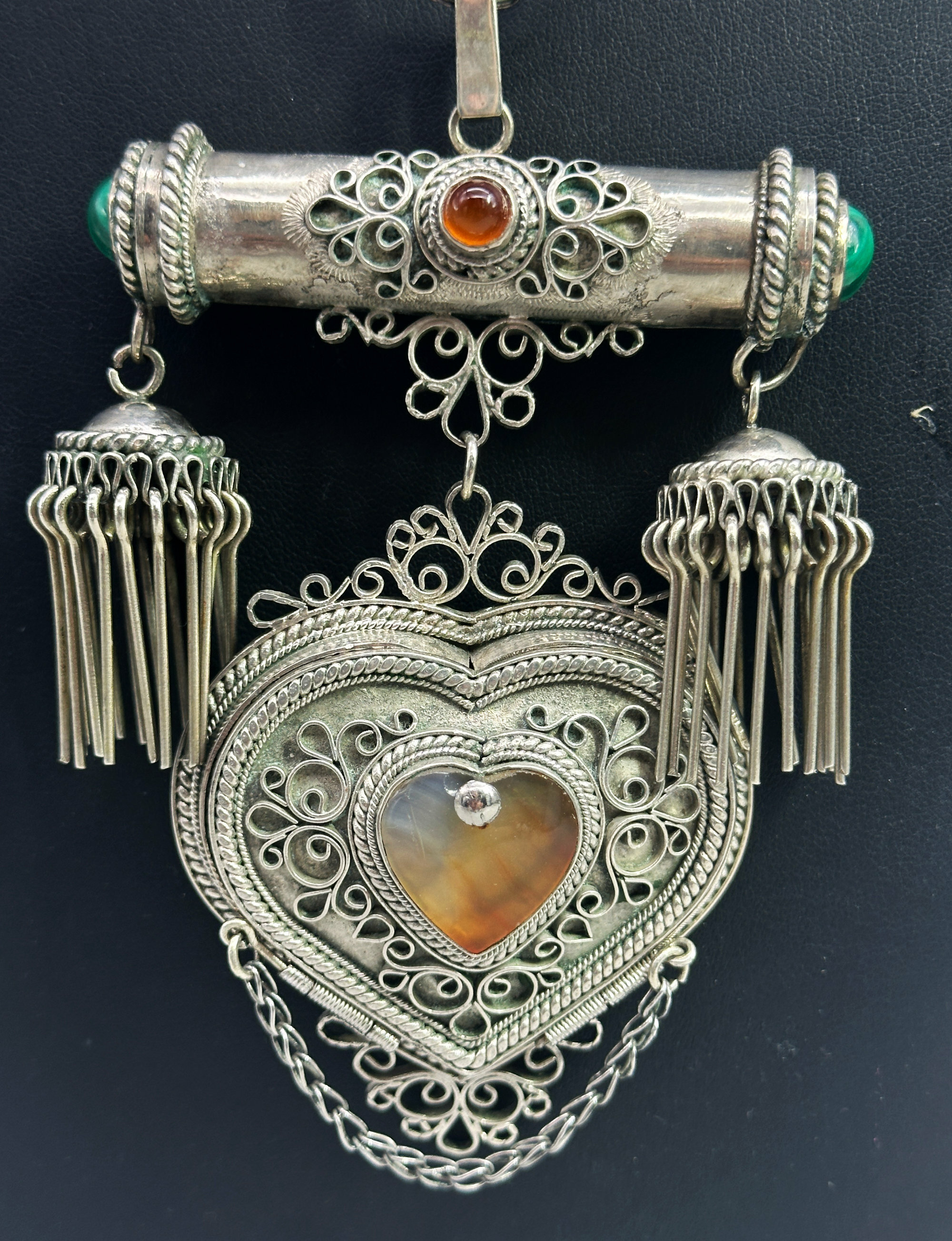
Large Islamic silver necklace with heart shaped box c1920
Price: £85
Nesting Set of Four Small Brass Trays with an engraved designs of Bats, Chinese C20th
Price: £30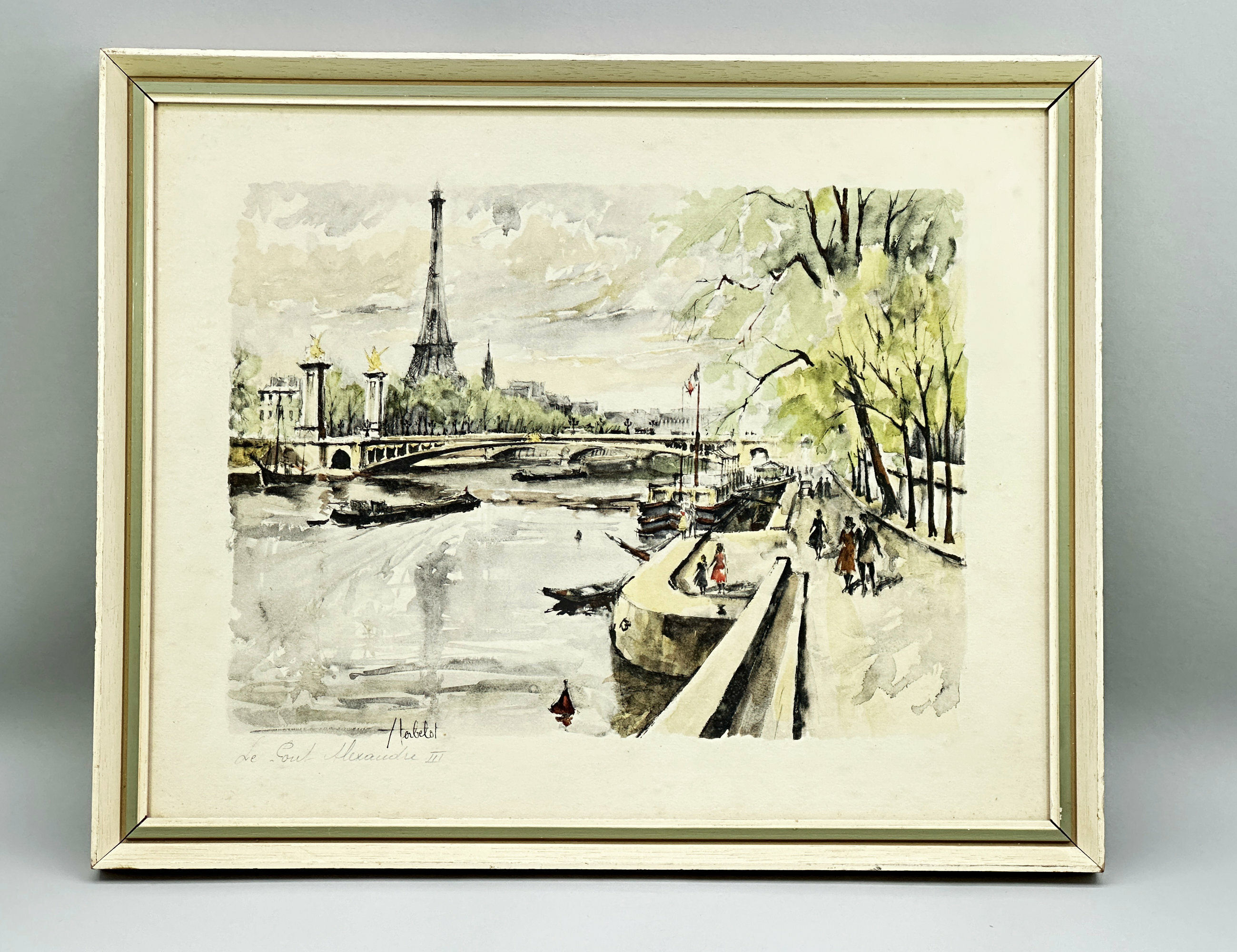
Lithograph Print, Le Pont Alexandre III in Paris, signed Herbelot, 1950s/1960s
Price: £45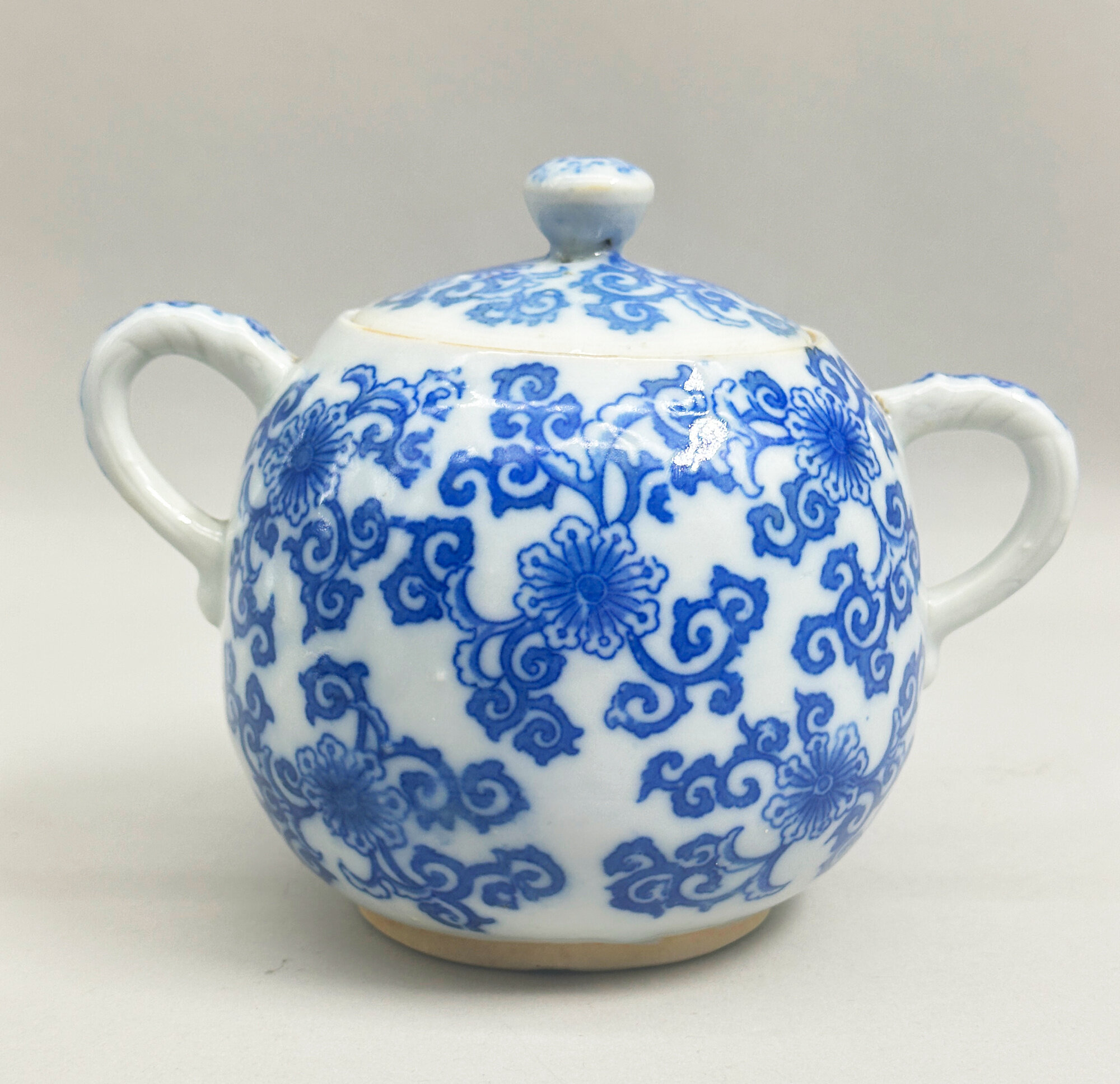
Japanese Blue and White Sugar Bowl and Cover, first half C20th
Price: £25
Long strand of Chinese cloisonne beads c1950
Price: £45
Two American Polychrome Enamel Bracelets decorated with Kabuki Masks, 1980s
Price: £20
Scottish silver ring inset with a Chalcedony stone, 1950s
Price: £45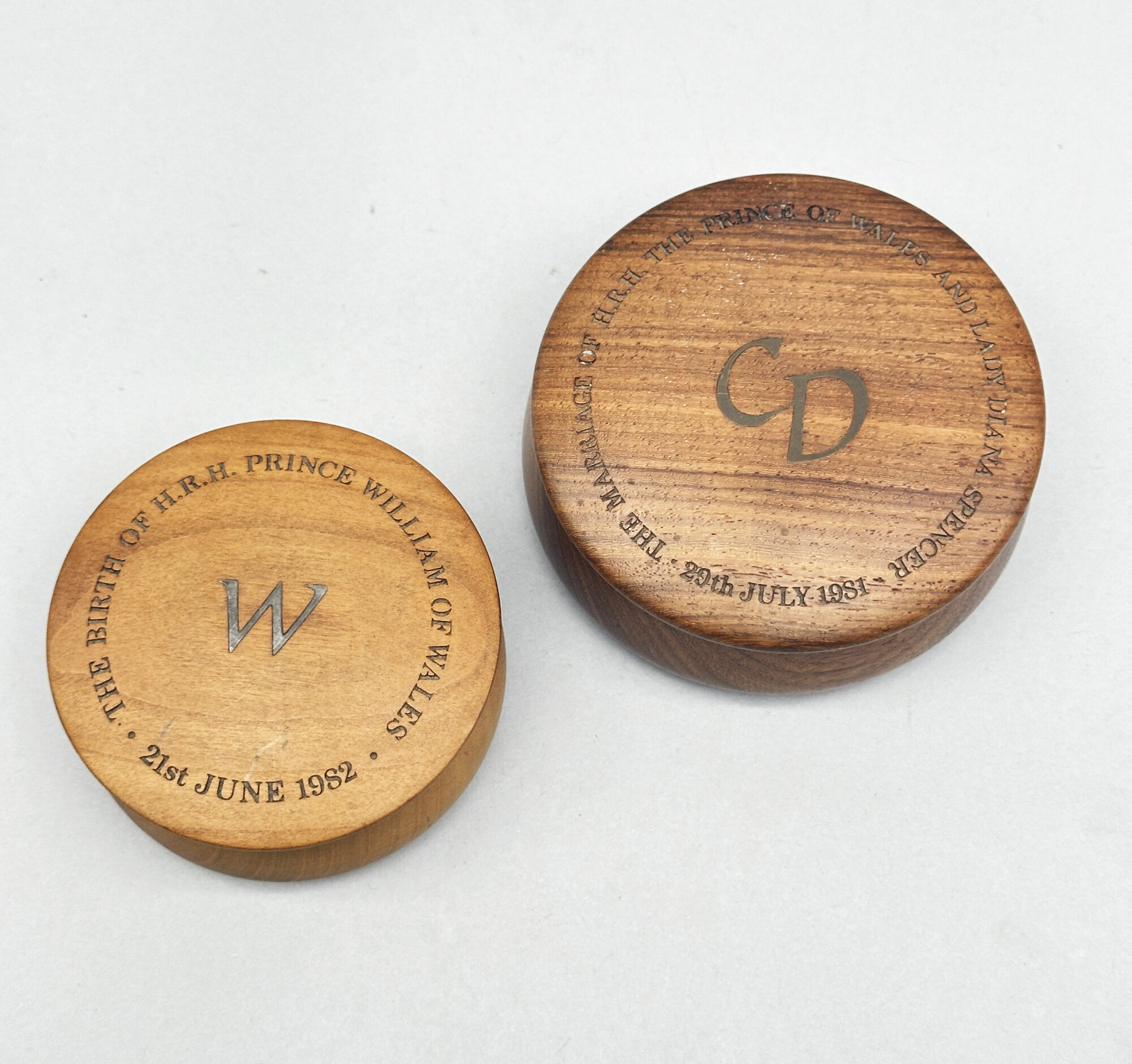
Two Wood Boxes : Marriage of Charles and Diana, Birth of Prince William, late C20th
Price: £15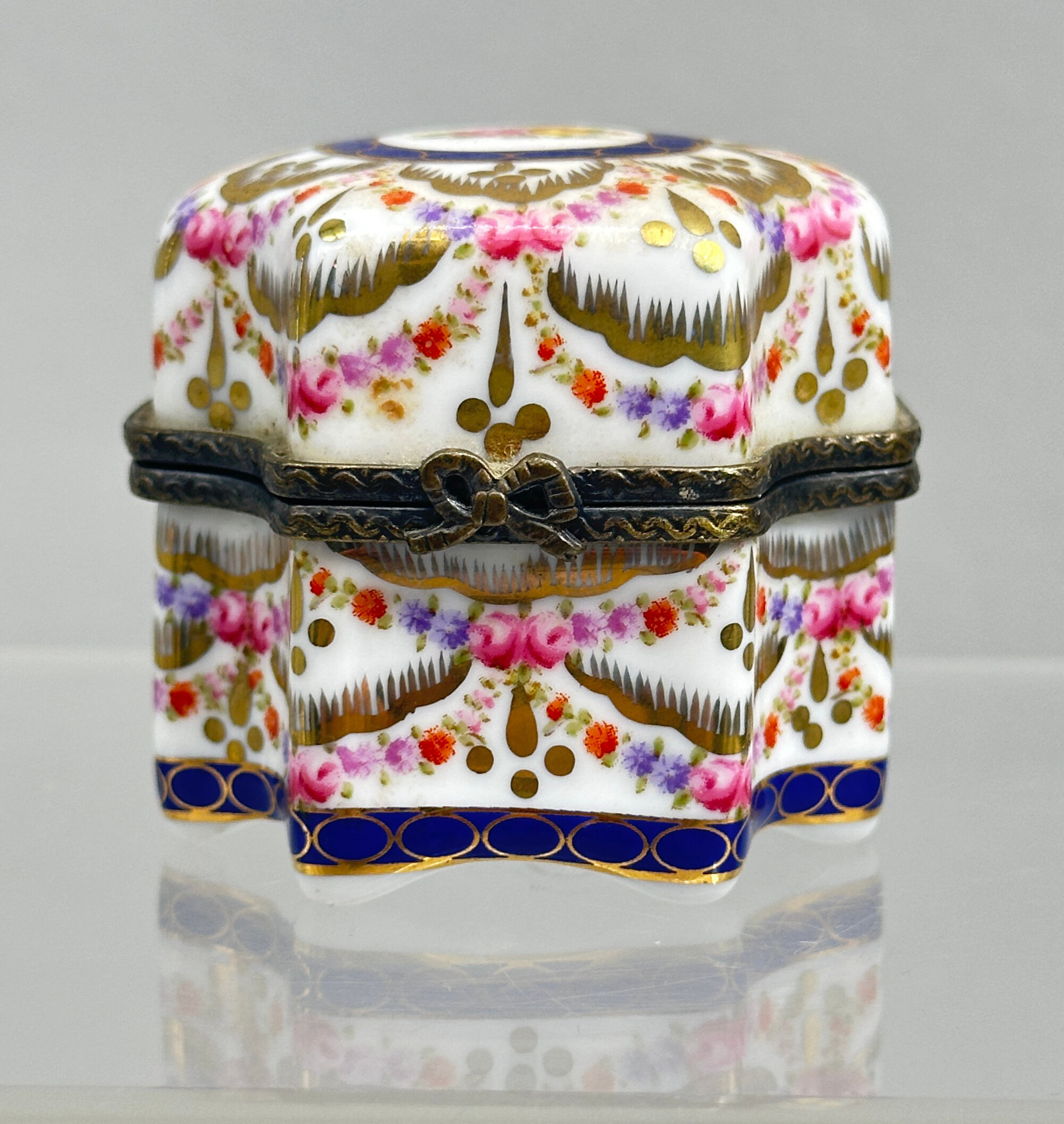
Reproduction Limoges Porcelain Box with Scent Bottles, Modern
Price: £25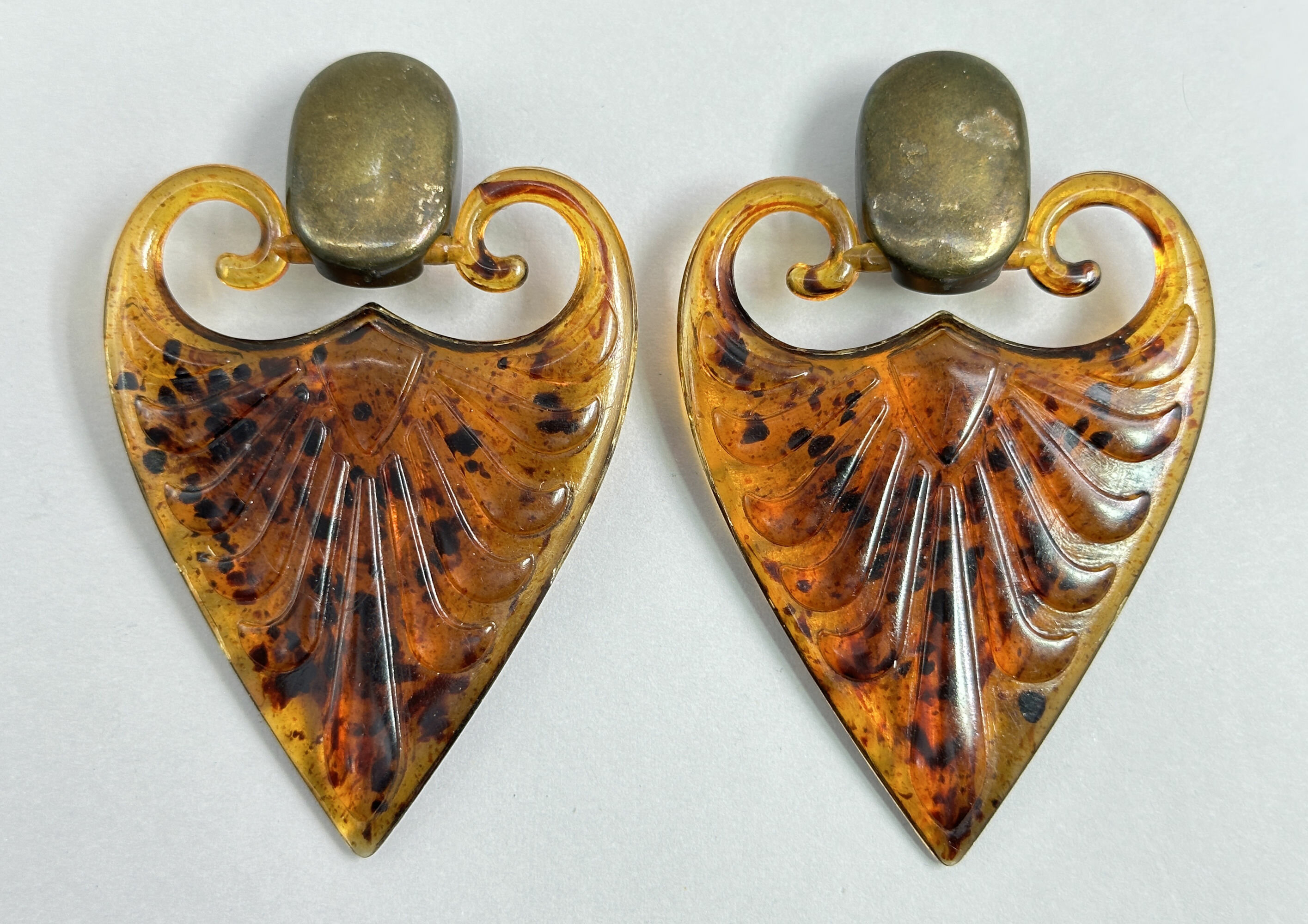
Pair of Italian faux tortoiseshell earrings, 1980s
Price: £20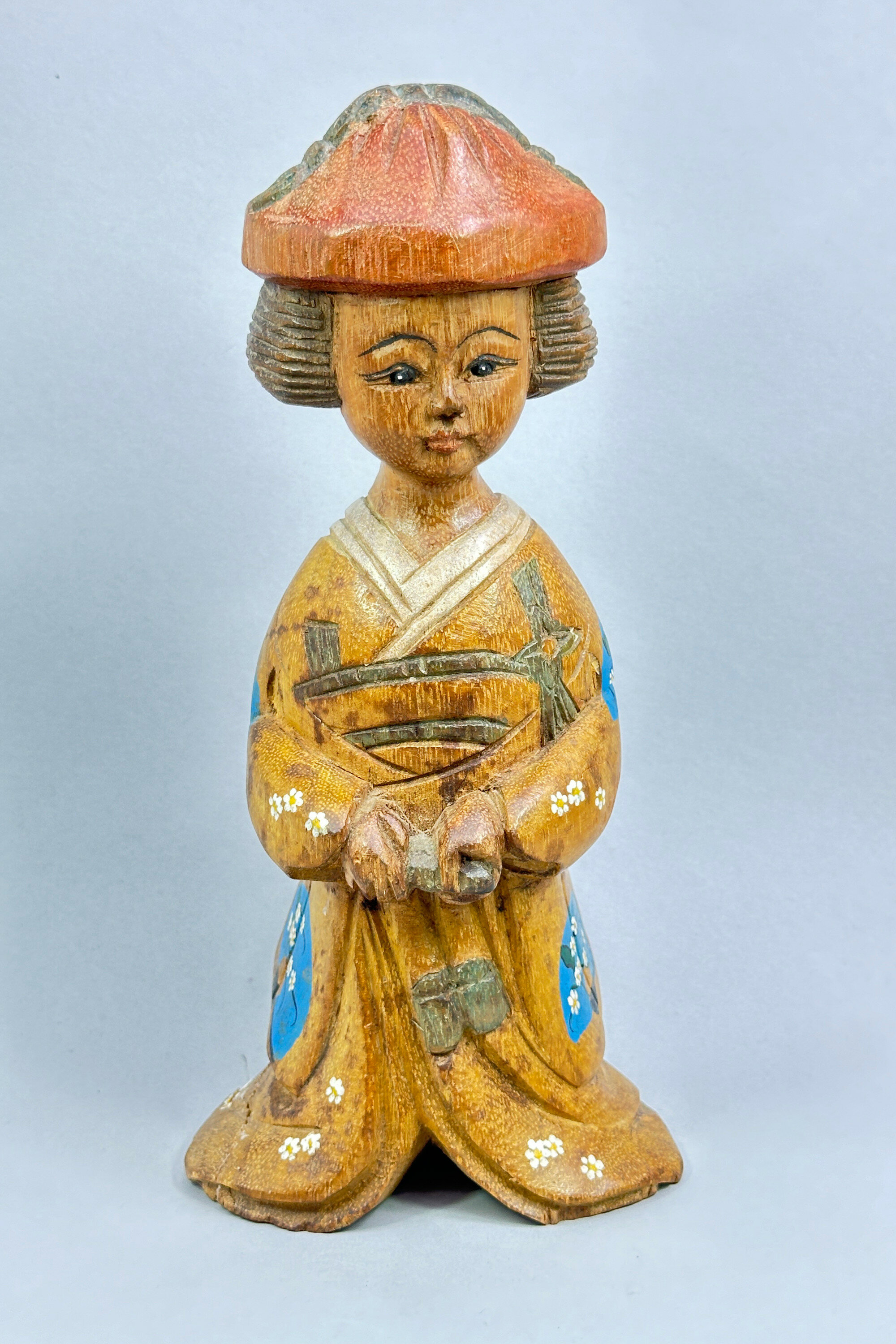
Japanese Carved Wood Figure of a Young girl, Kokeshi doll style, C20th
Price: £45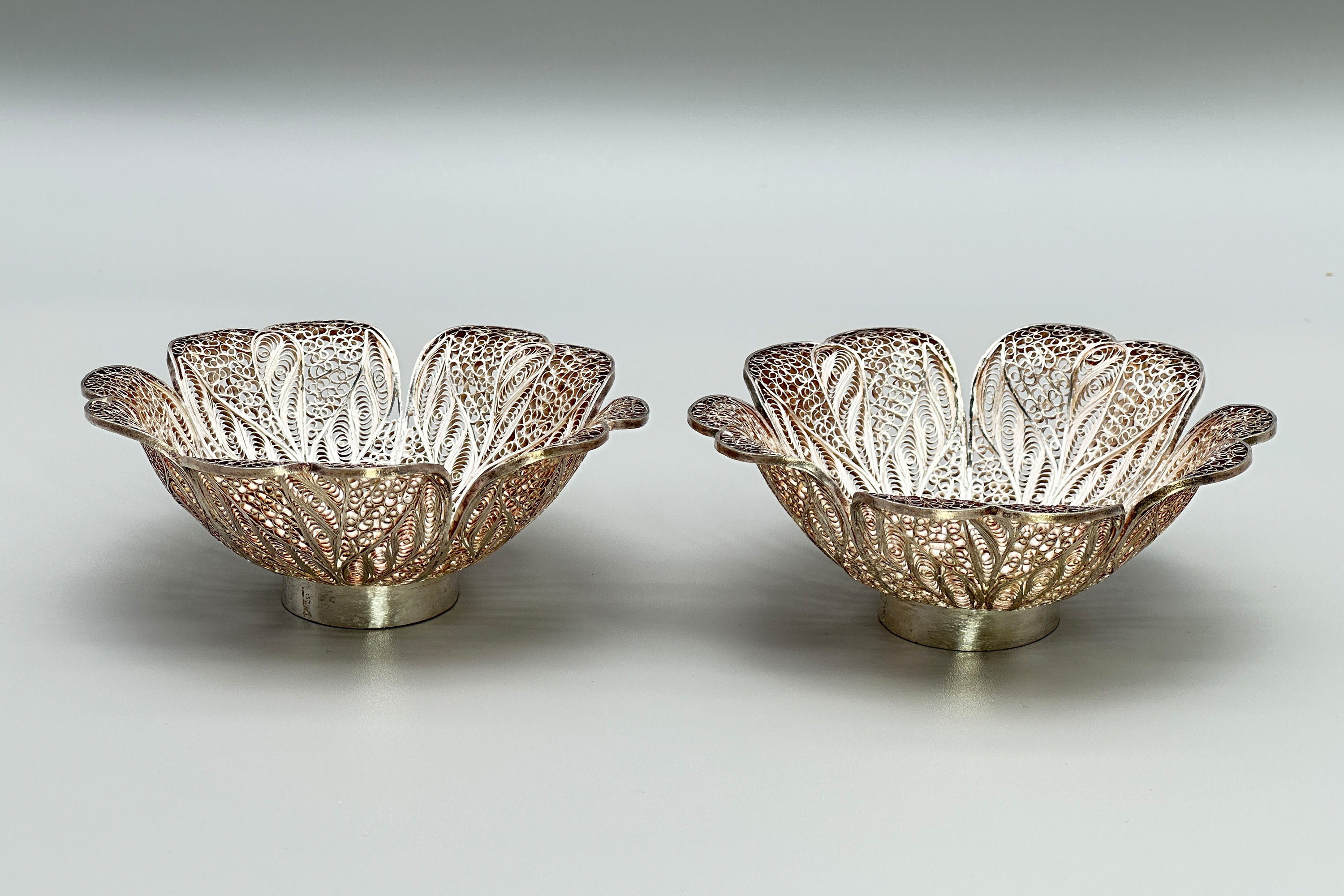
Pair of Silver Filigree Bonbonnieres, probably continental circa 1900
Price: £110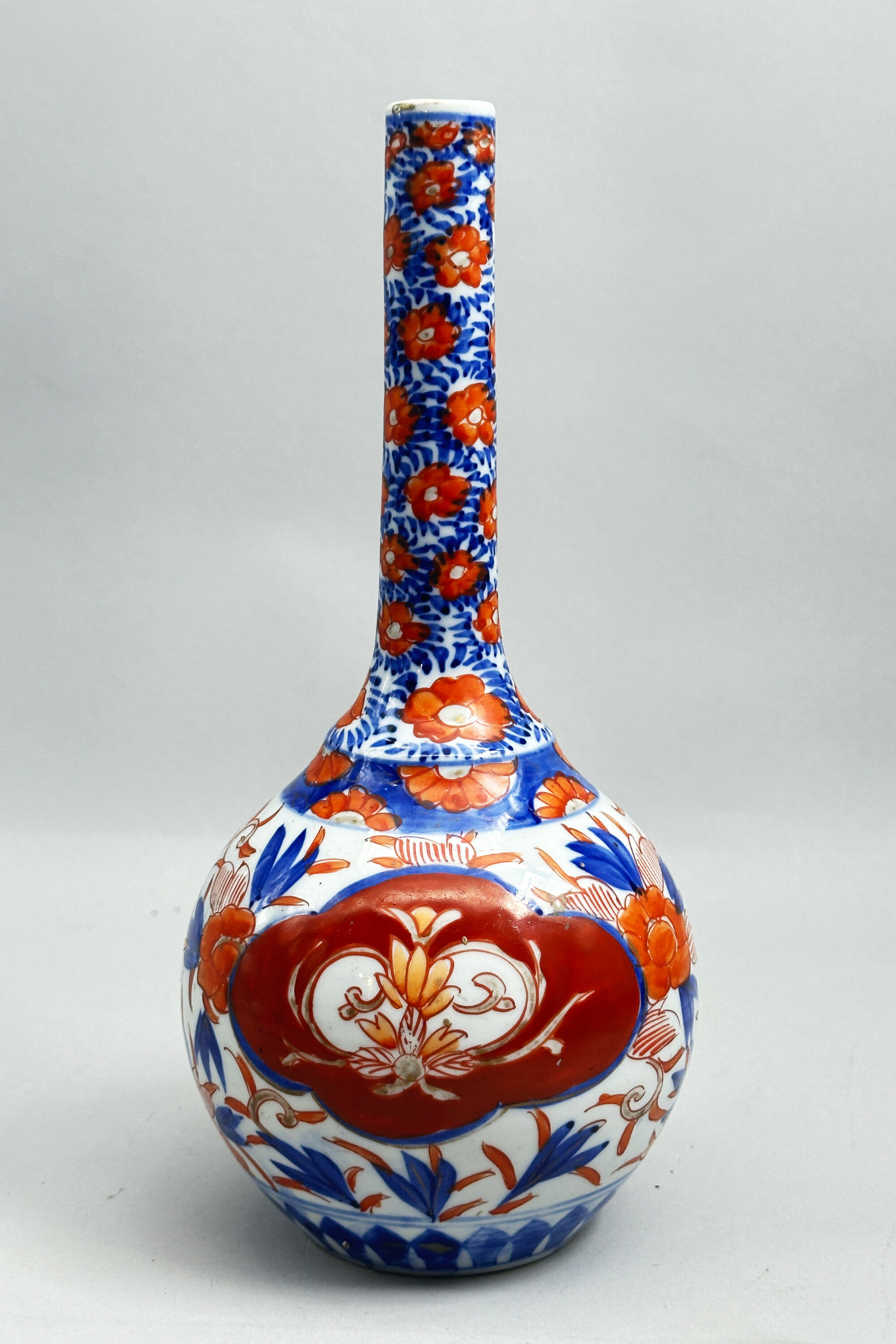
Japanese Imari Bottle Vase, circa 1900
Price: £30
Chinese Cloisonné Bowl with a wavy edge, 20th Century
Price: £25
Art Deco Chinese Export silver Buckle later converted to a Necklace
Price: £125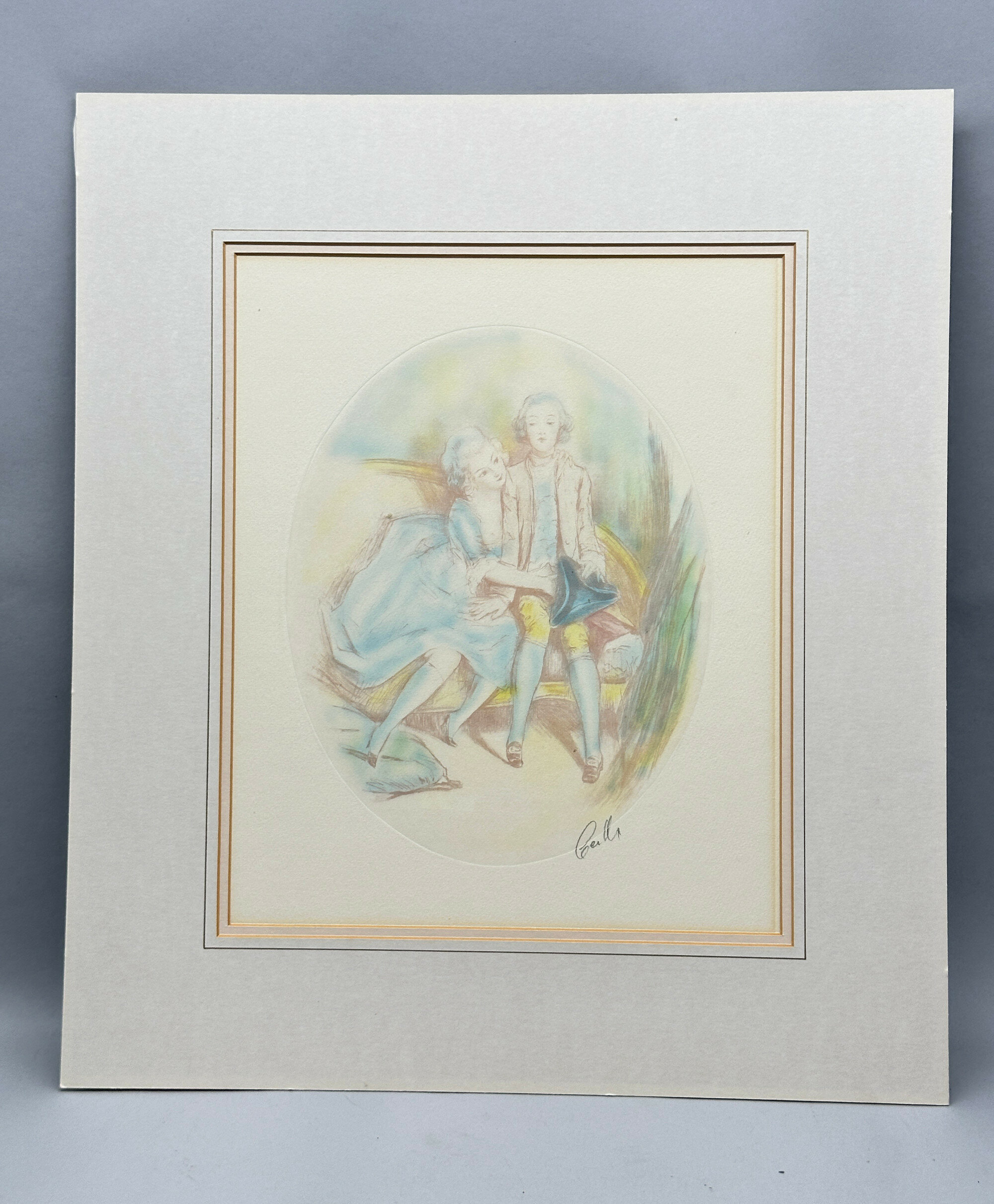
Mounted aquatint engraving of a Courting Couple, signed, probably French C20th
Price: £45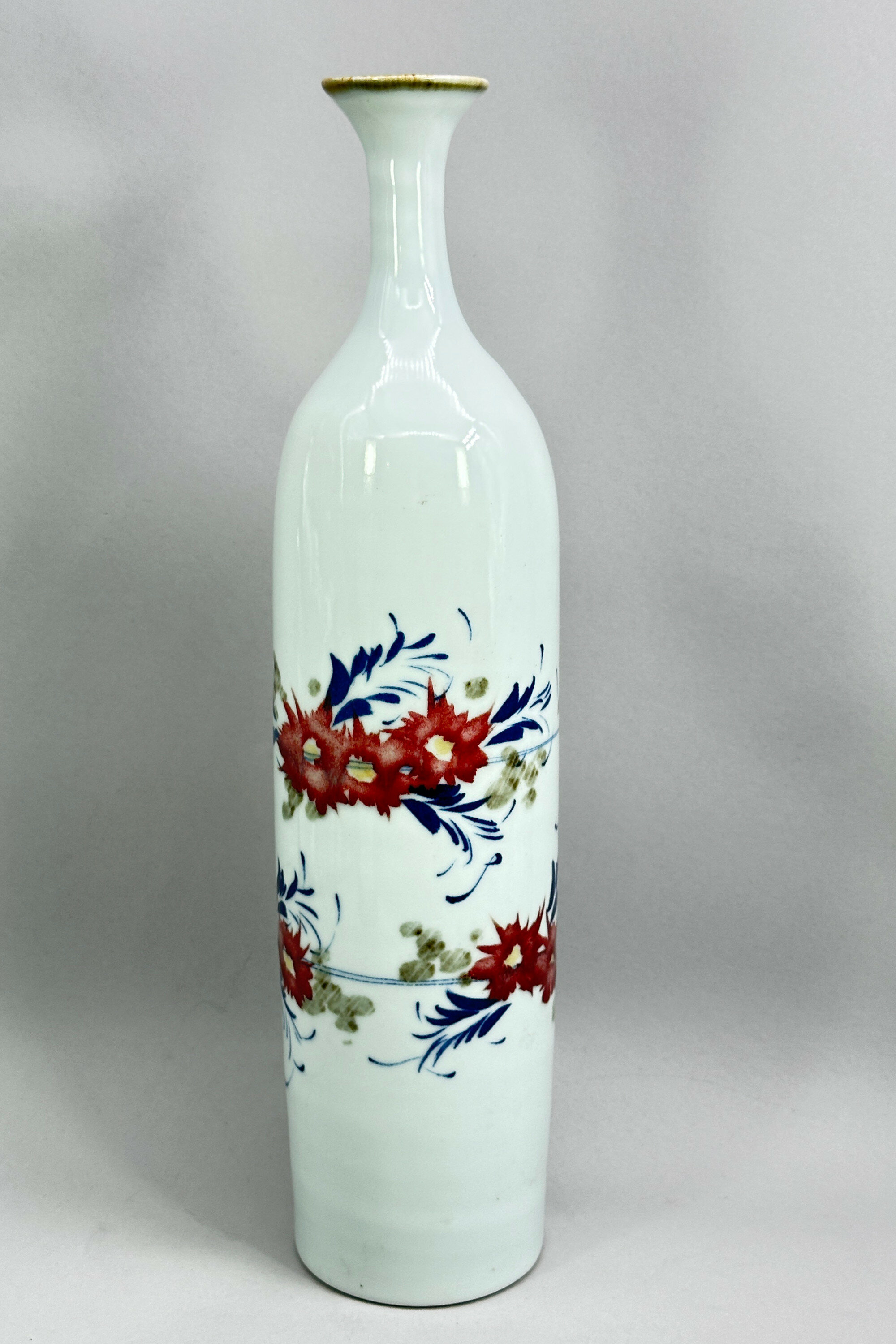
Japanese Studio Pottery Vase, signed, C20th
Price: £75
A Pair of Royal Doulton Ewers, marked, early C20th
Price: £150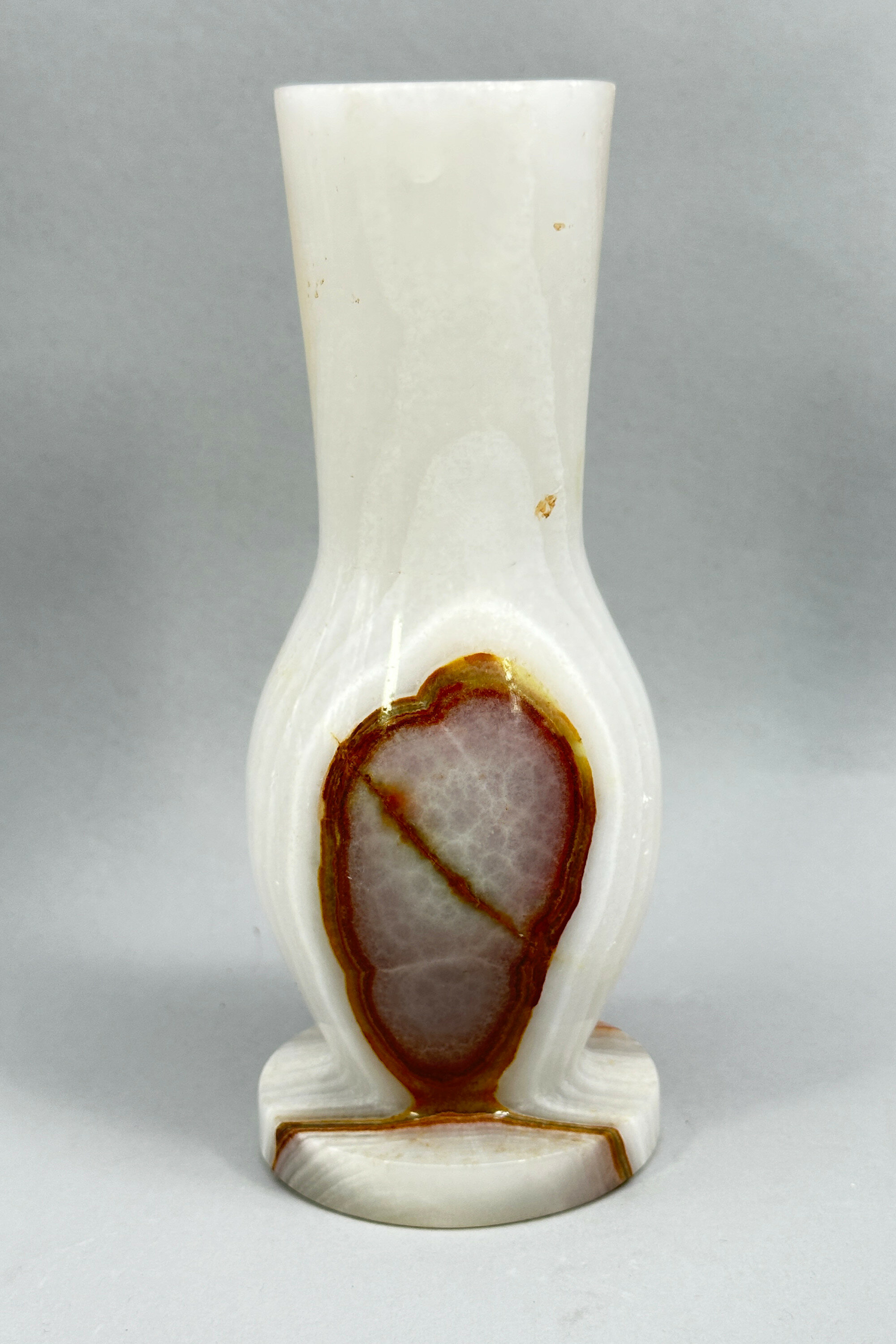
Pedestal footed Onyx Vase, mid to late C20th
Price: £25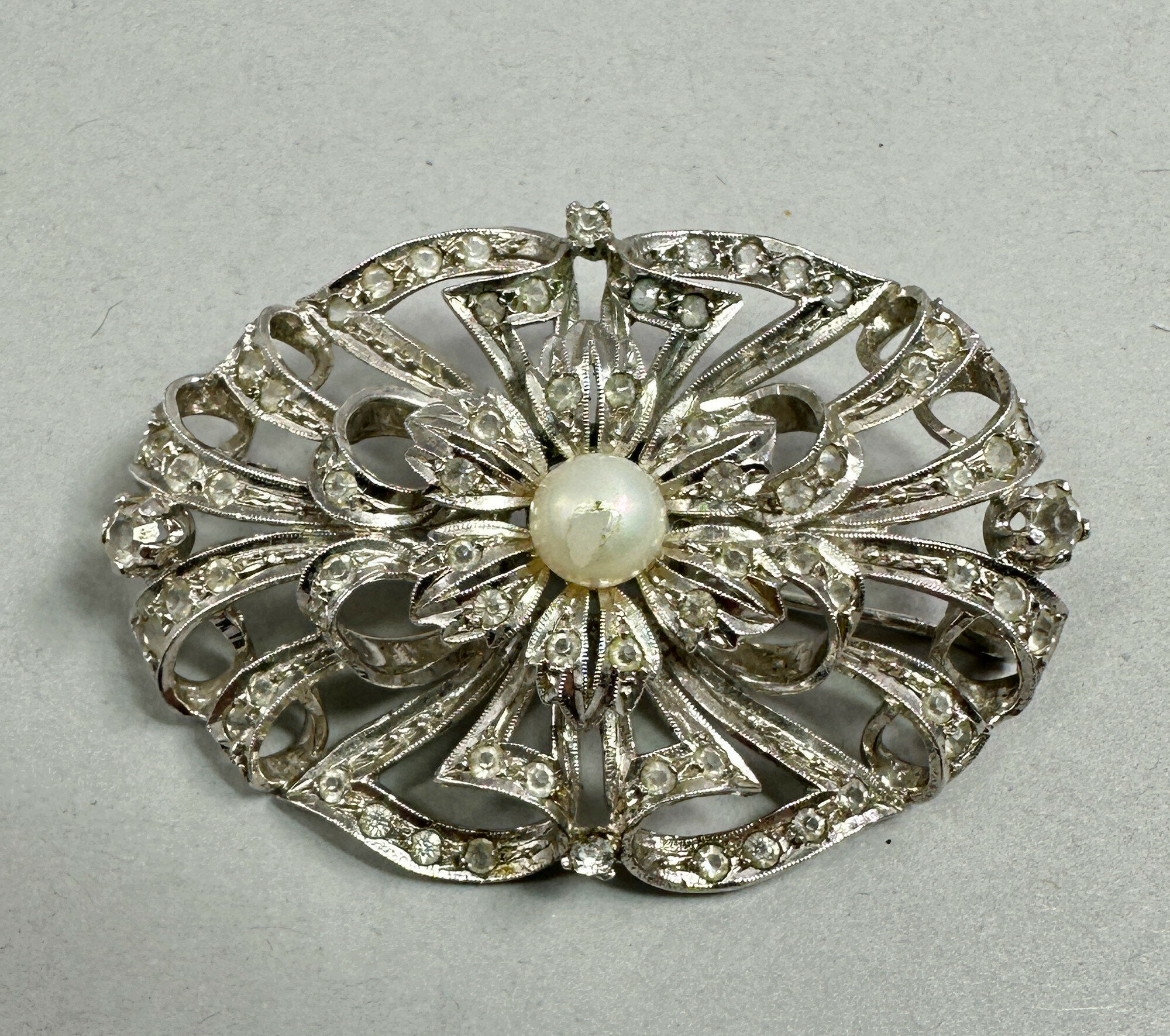
Incredible quality silver and paste Brooch c1950
Price: £35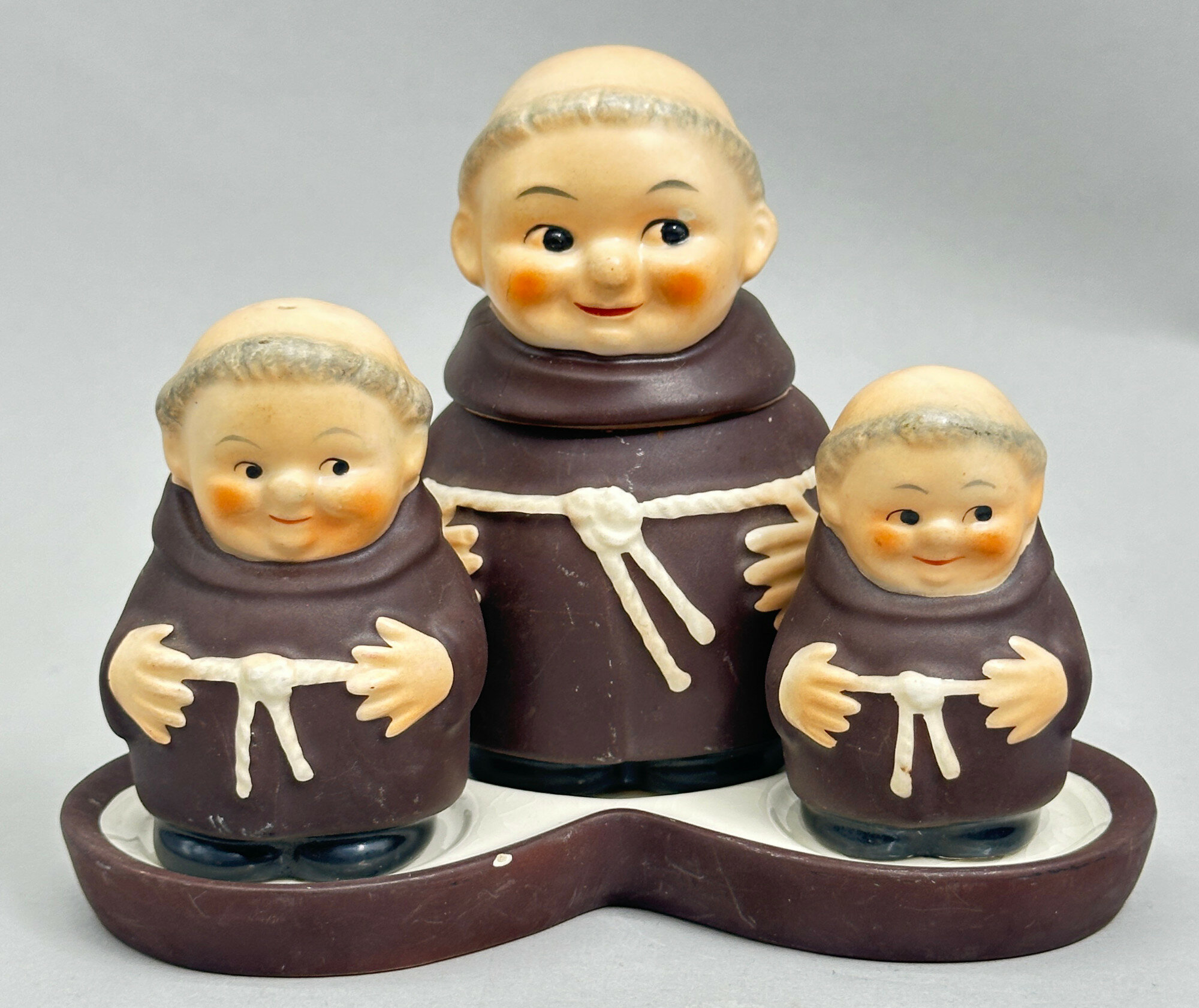
Cruet set in the form of three Friar Tuck Monks on a Tray, Hummel, West Germany, 1960s
Price: £55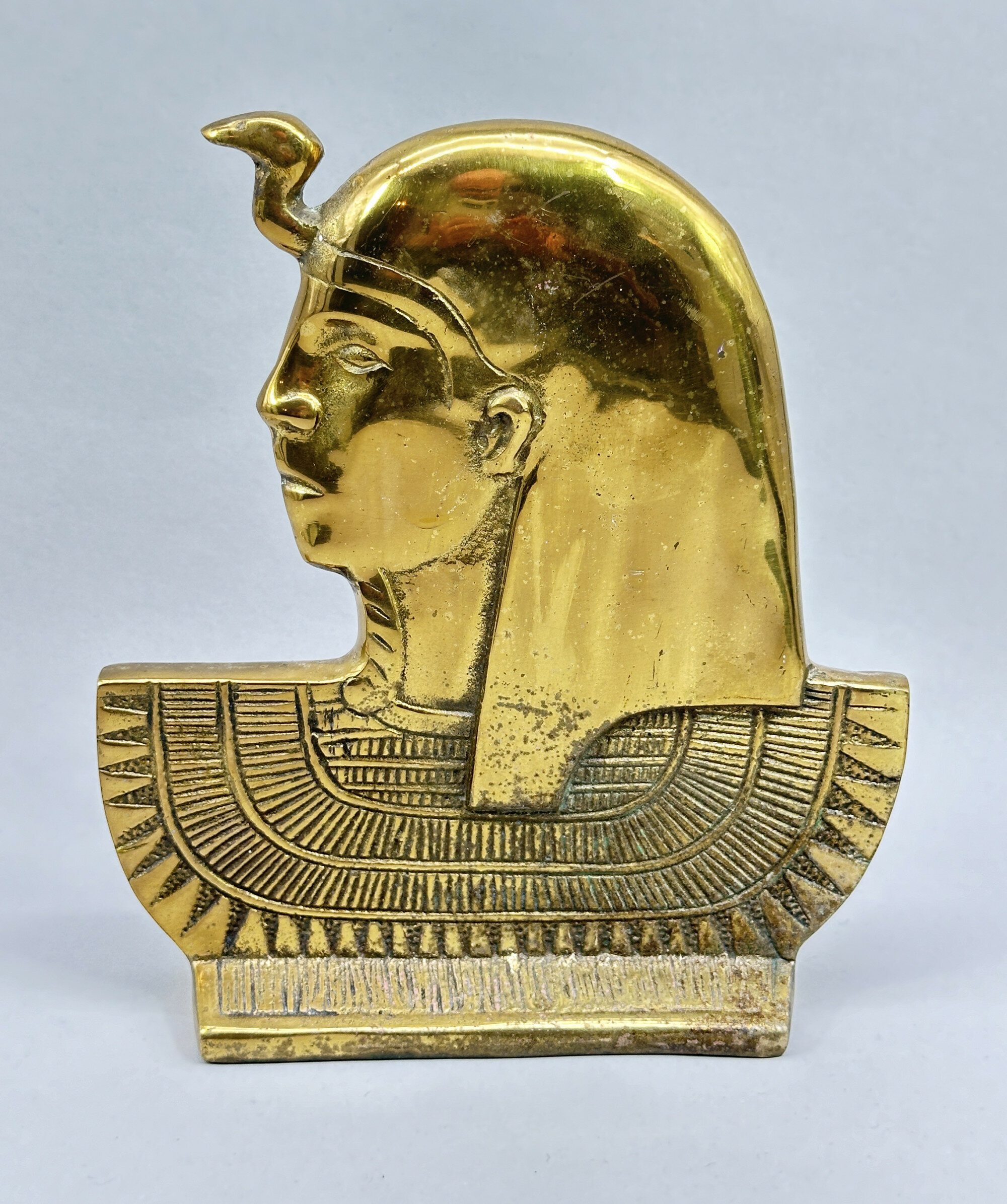
Large brass portrait bust of Ramses II
Price: £45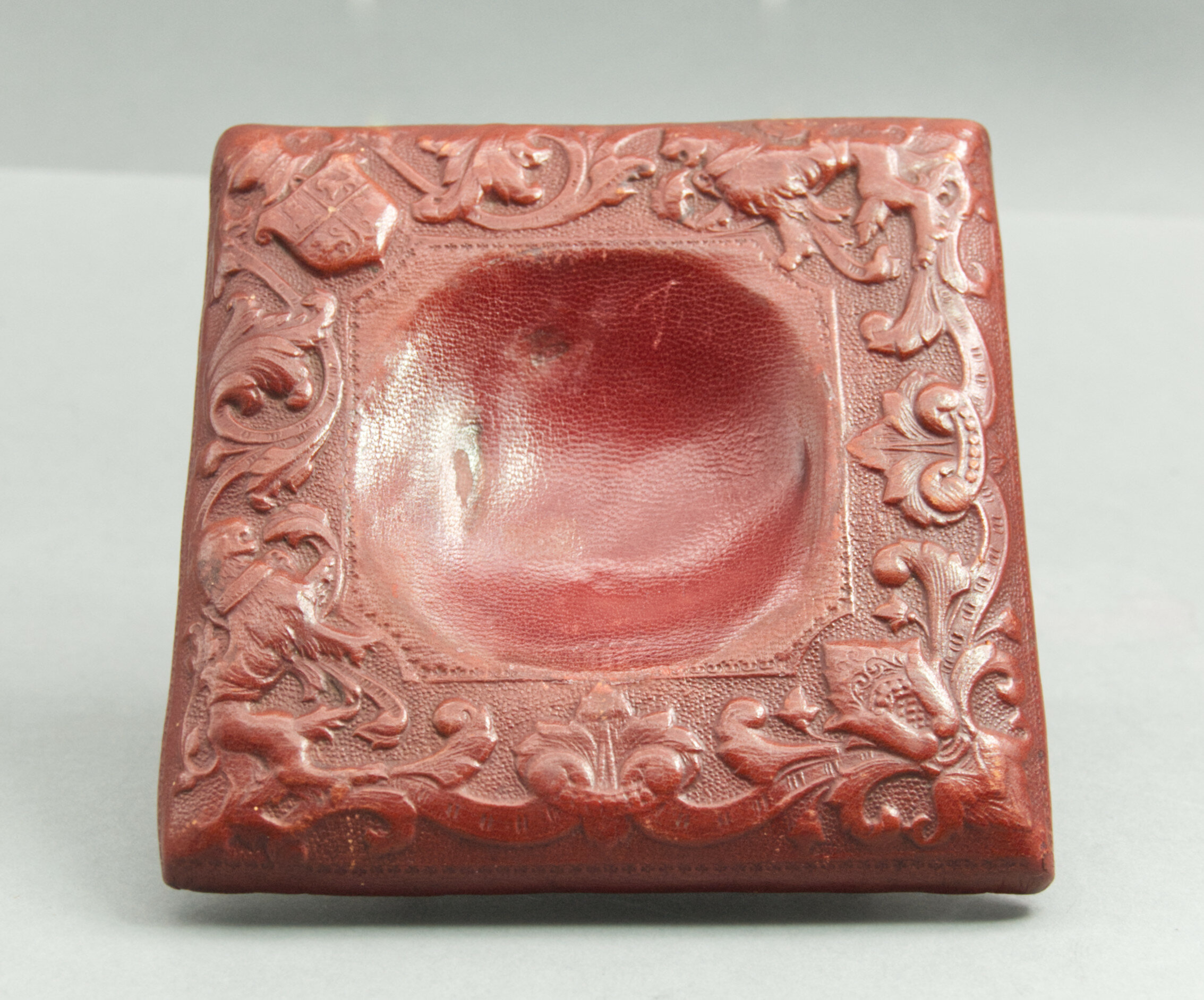
Spanish red tooled leather trinket dish with the coat of arms for Castile and León, C20th
Price: £25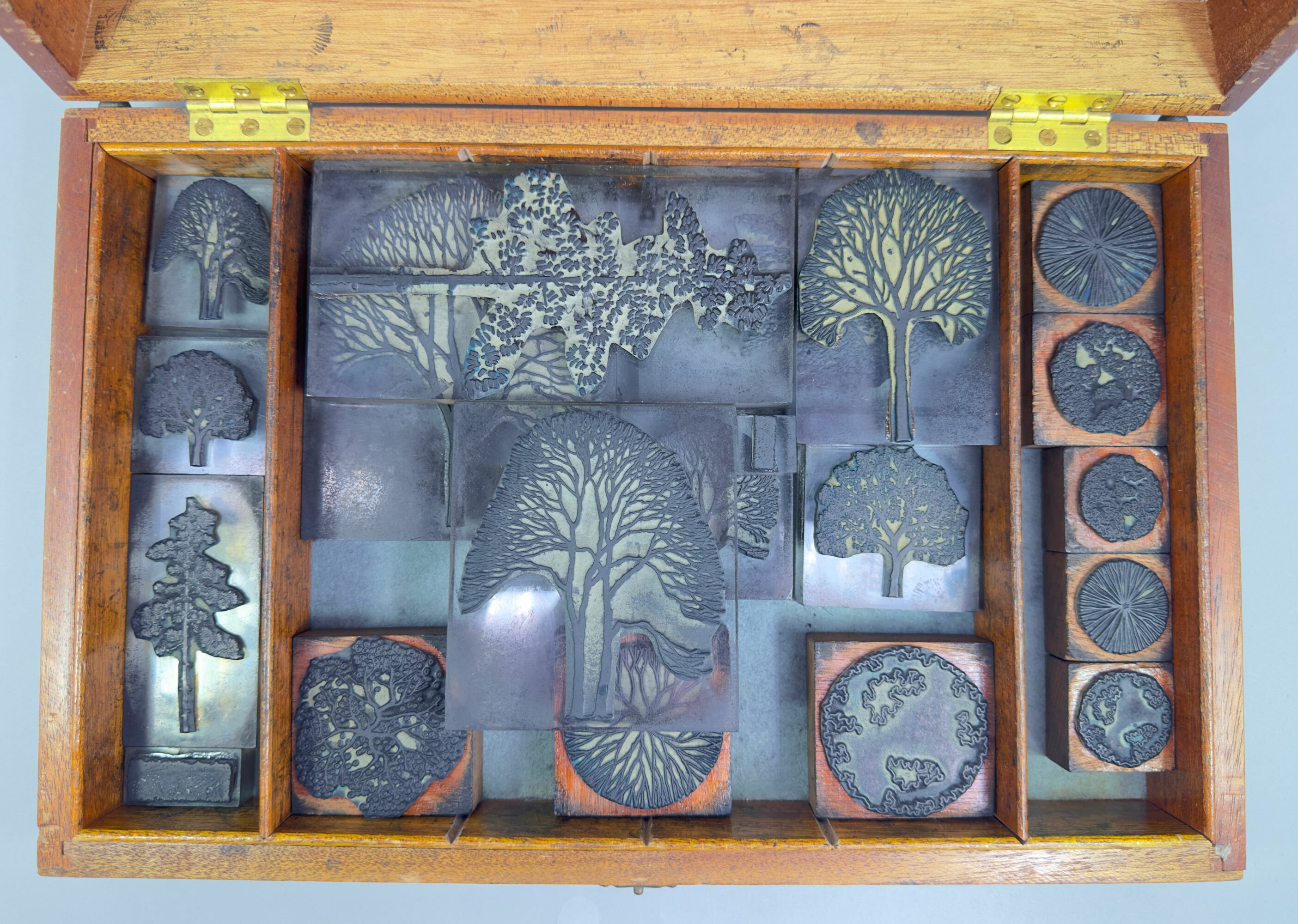
A group of twenty assorted artists Stamps in H&R Johnson sample Box, C20th
Price: £75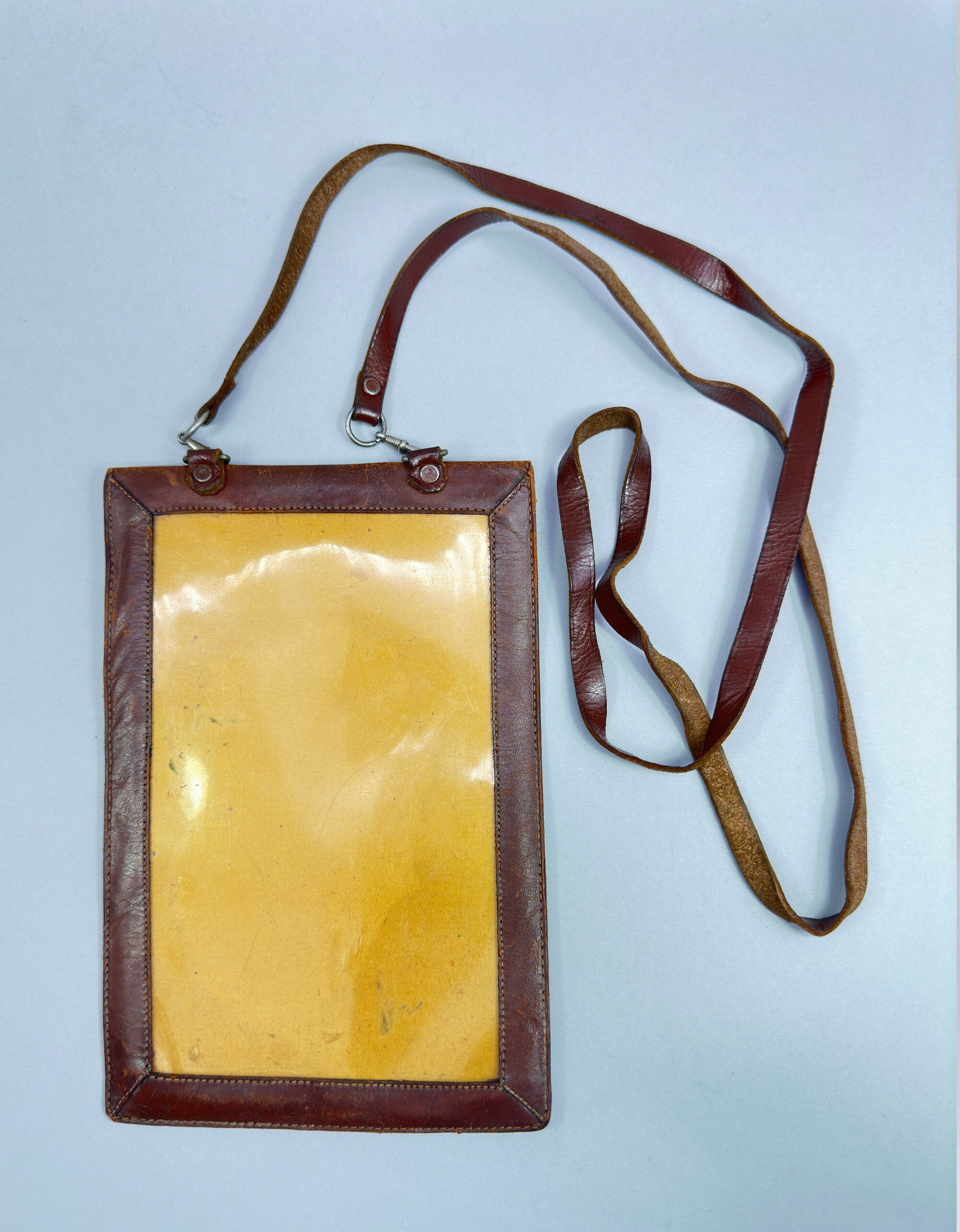
Vintage Leather Map Case, probably 1940s
Price: £45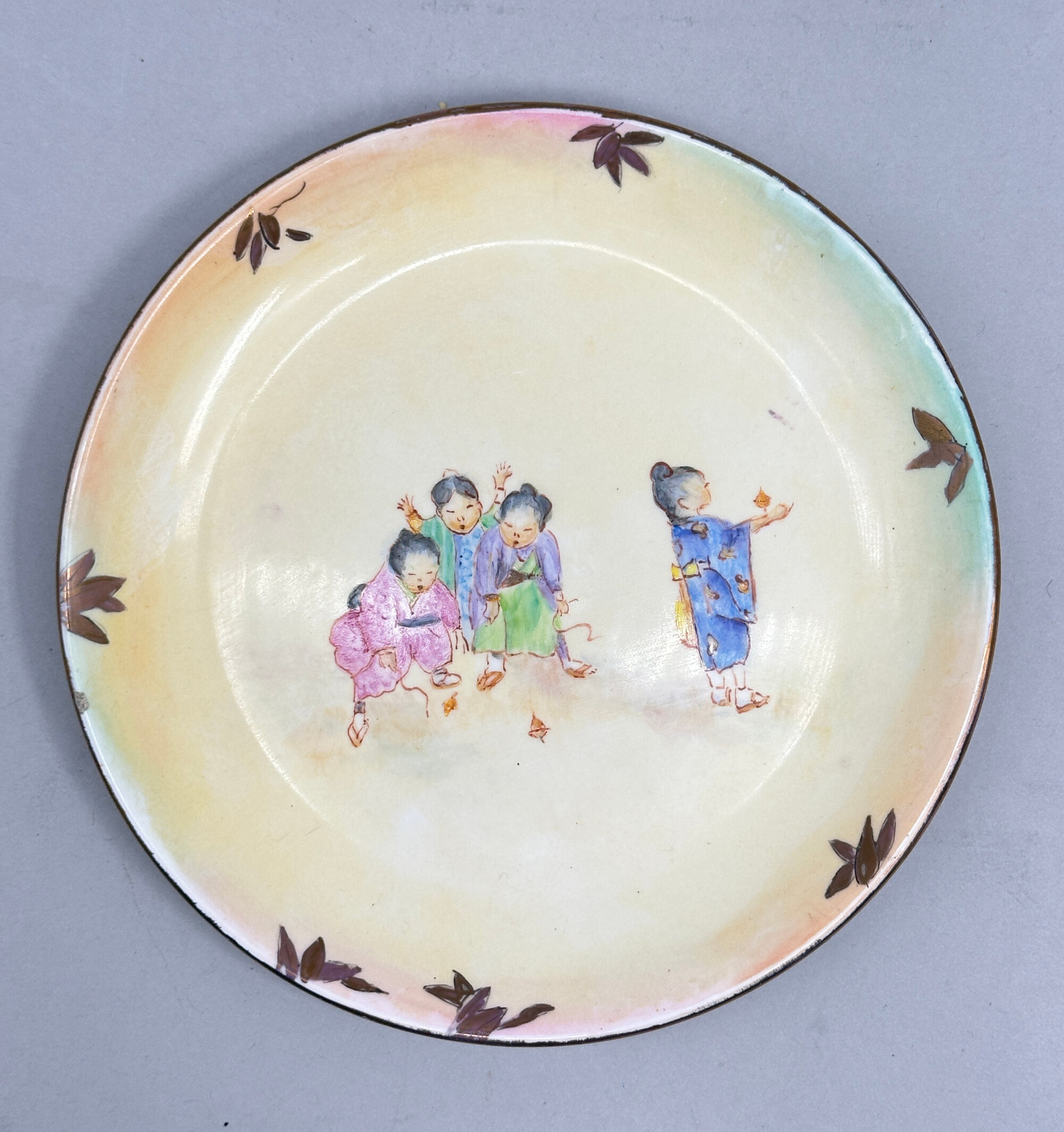
Oriental style ceramic plate, signed Alice Smith, possibly American mid C20th
Price: £10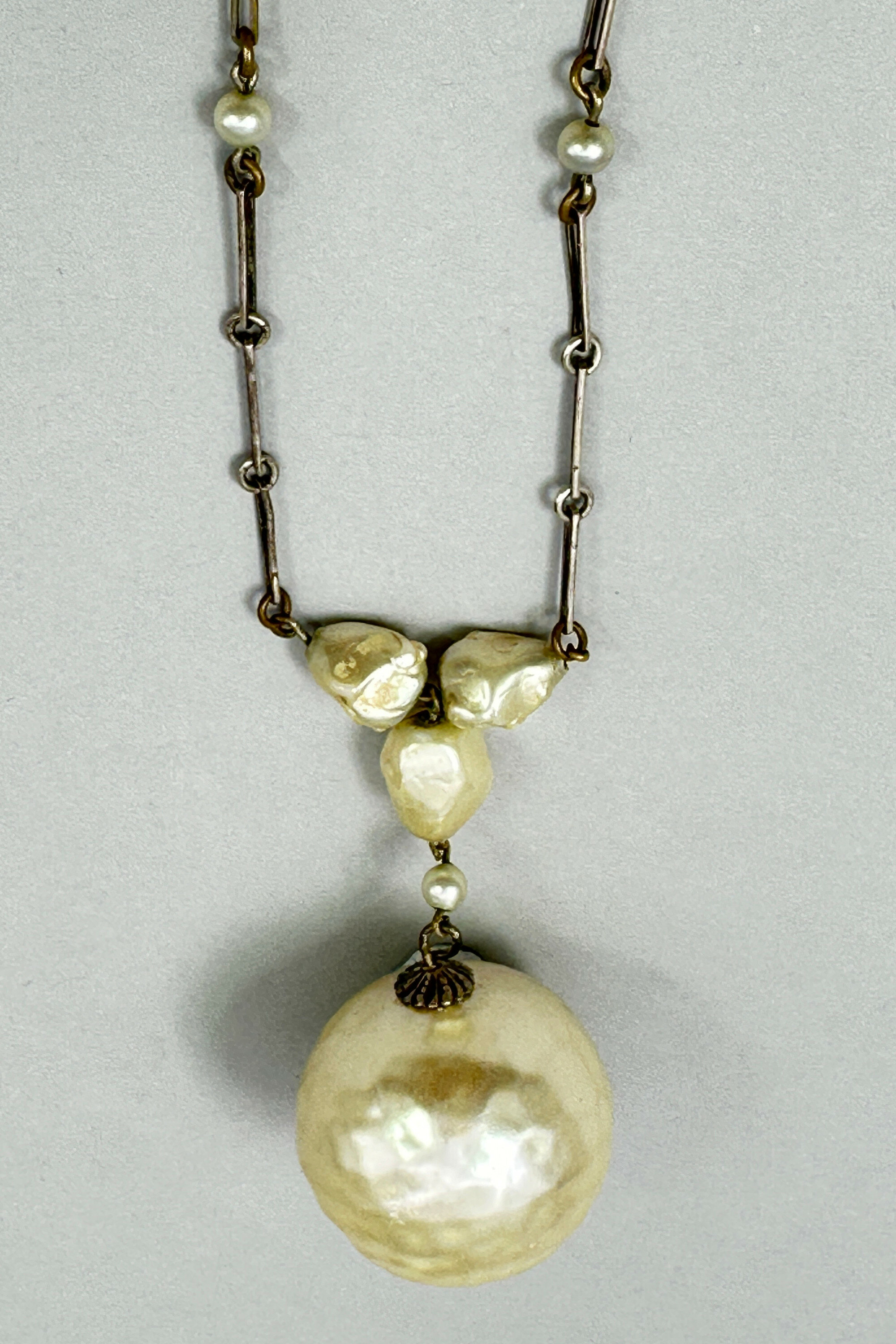
Faux pearl necklace c1910
Price: £15
Japanese silver souvenir brooch c1950
Price: £18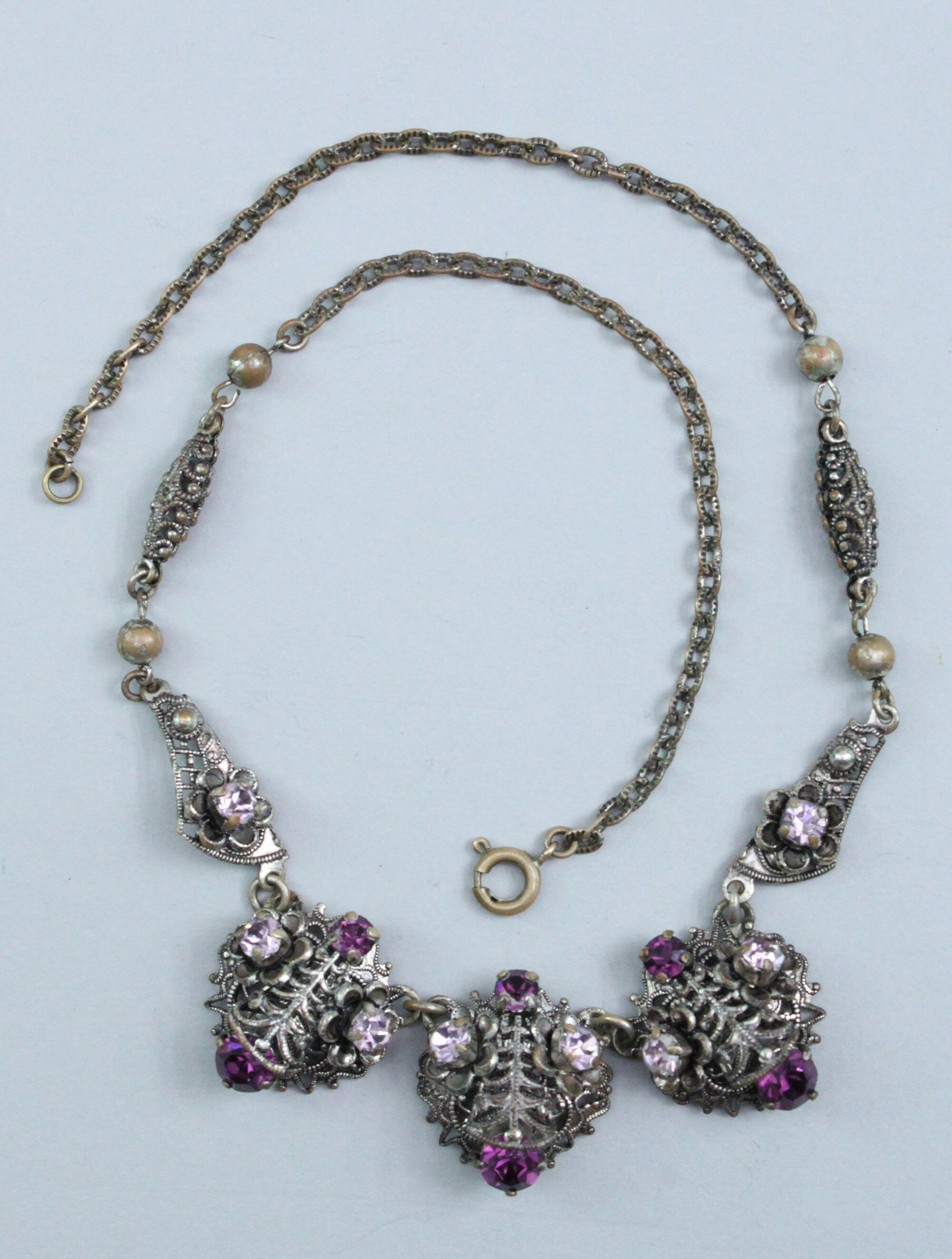
Intricate Czech glass necklace 1930s
Price: £45
Art Deco Scottish moss agate ring
Price: £35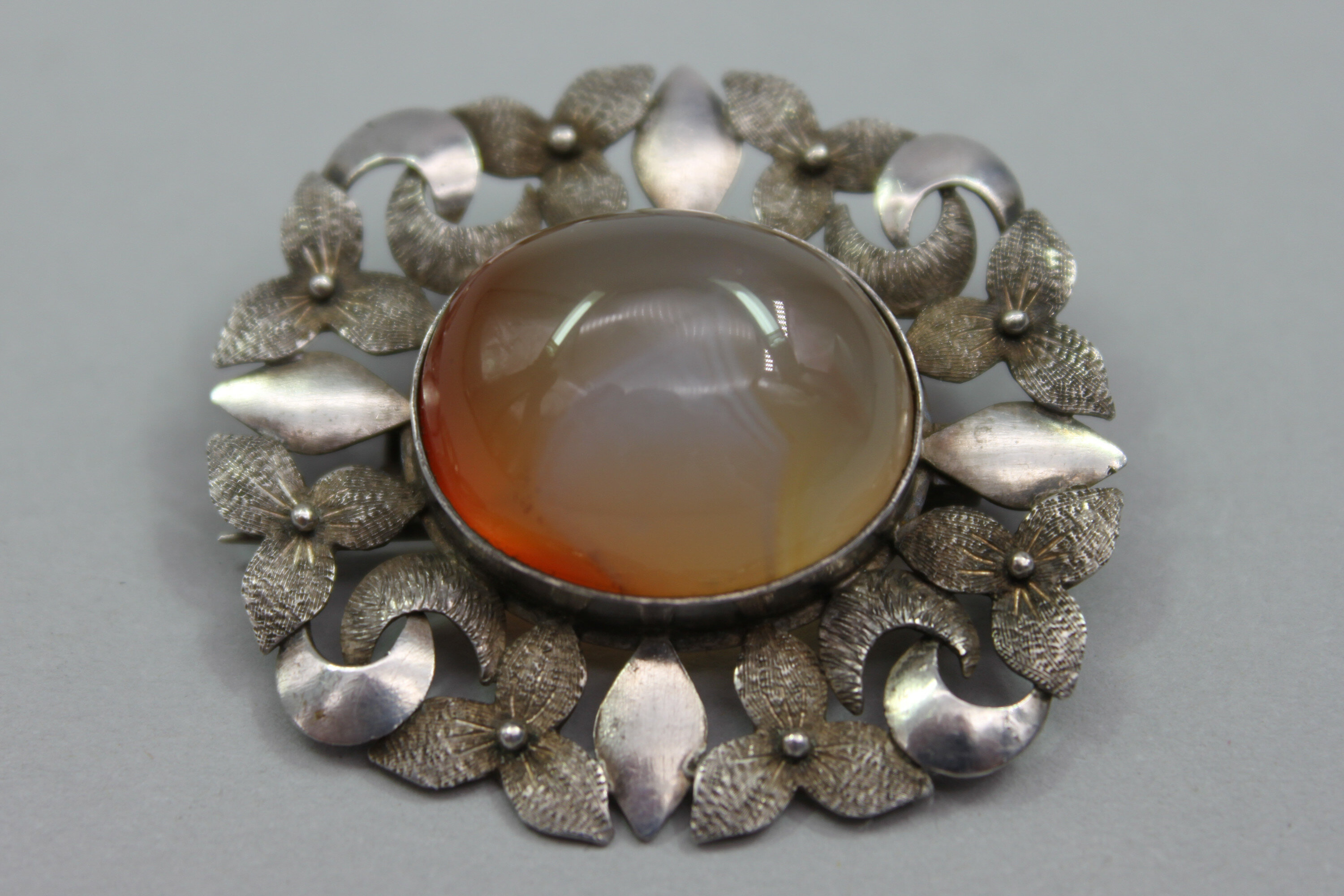
Art Deco chalcedony brooch or pendant
Price: £65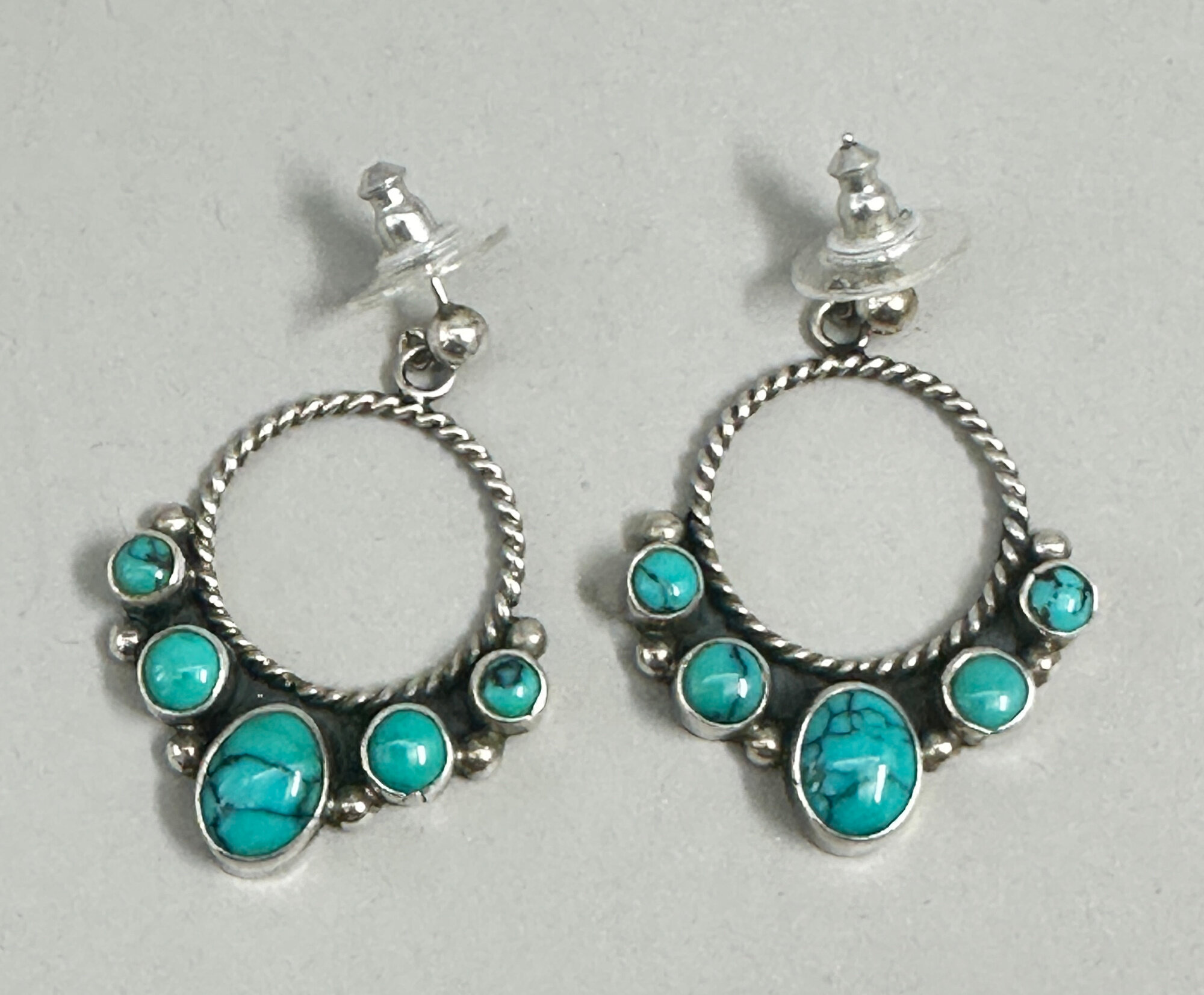
Pair of Navajo Kingman turquiose earrings, signed, 1970s
Price: £65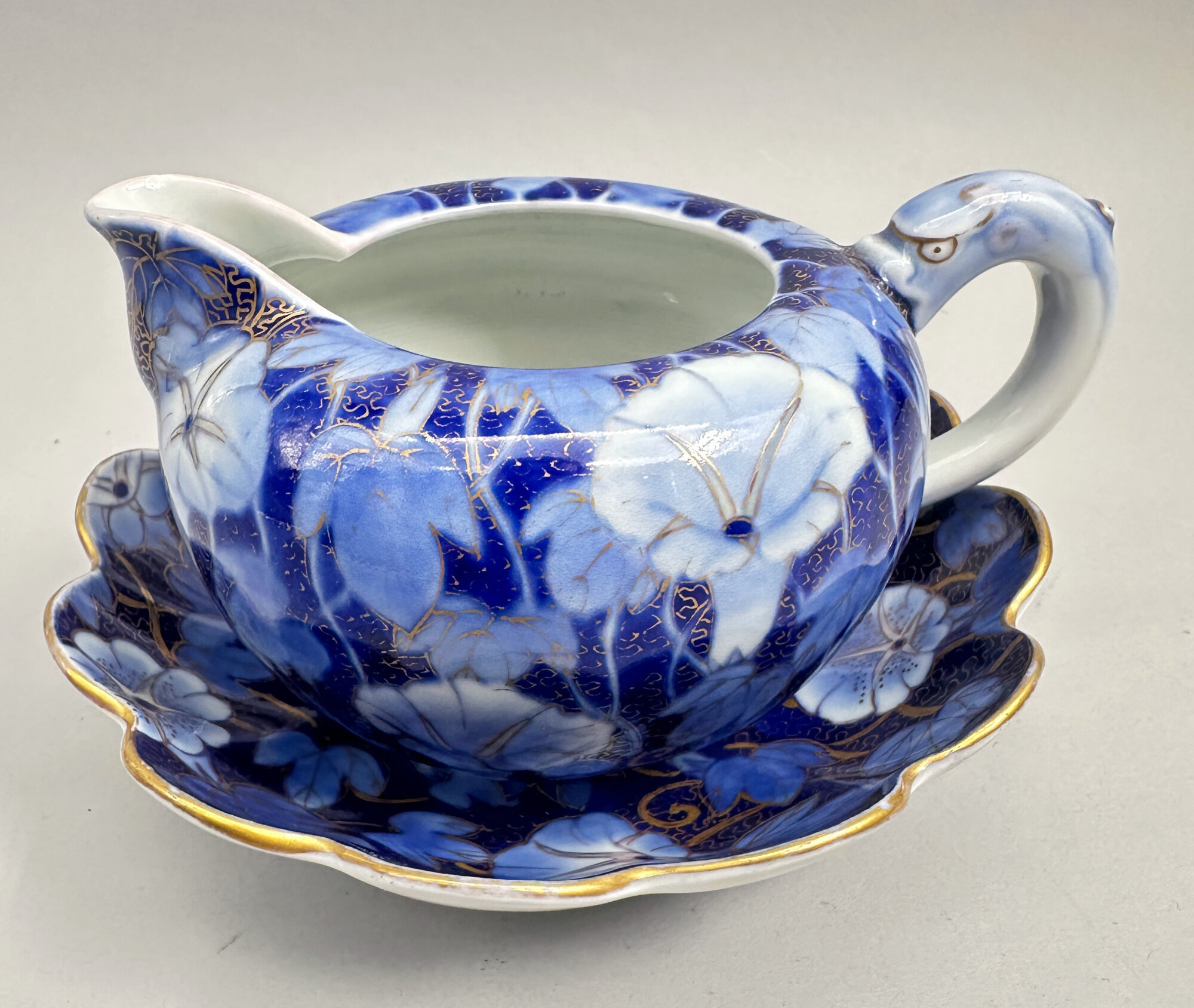
Japanese Fukagawa Jug and Stand decorated lotus, signed, circa 1900
Price: £45The Fukagawa kilns produced the best quality Imari items made in Japan in the late nineteenth century for export to the West. Their history starts with Ezaiemon Fukagawa who in 1856 became head of his family's porcelain business and in 1875 founded Koransha (The Company of the Scented Orchid) in Arita, Japan, to produce tableware for export. In 1894 the modern Fukagawa company was founded by Chuji Fukagawa, with the Fukagawa trade mark of Mount Fuji and a stream, as its trade mark. Dating of these pieces is therefore towards the end of the Meiji period (1868 - 1912) probably around 1900. While the decoration is similar to that found on other Fukagawa pieces there are few, if any parallels, and tea ware pieces by the firm are not very often seen.
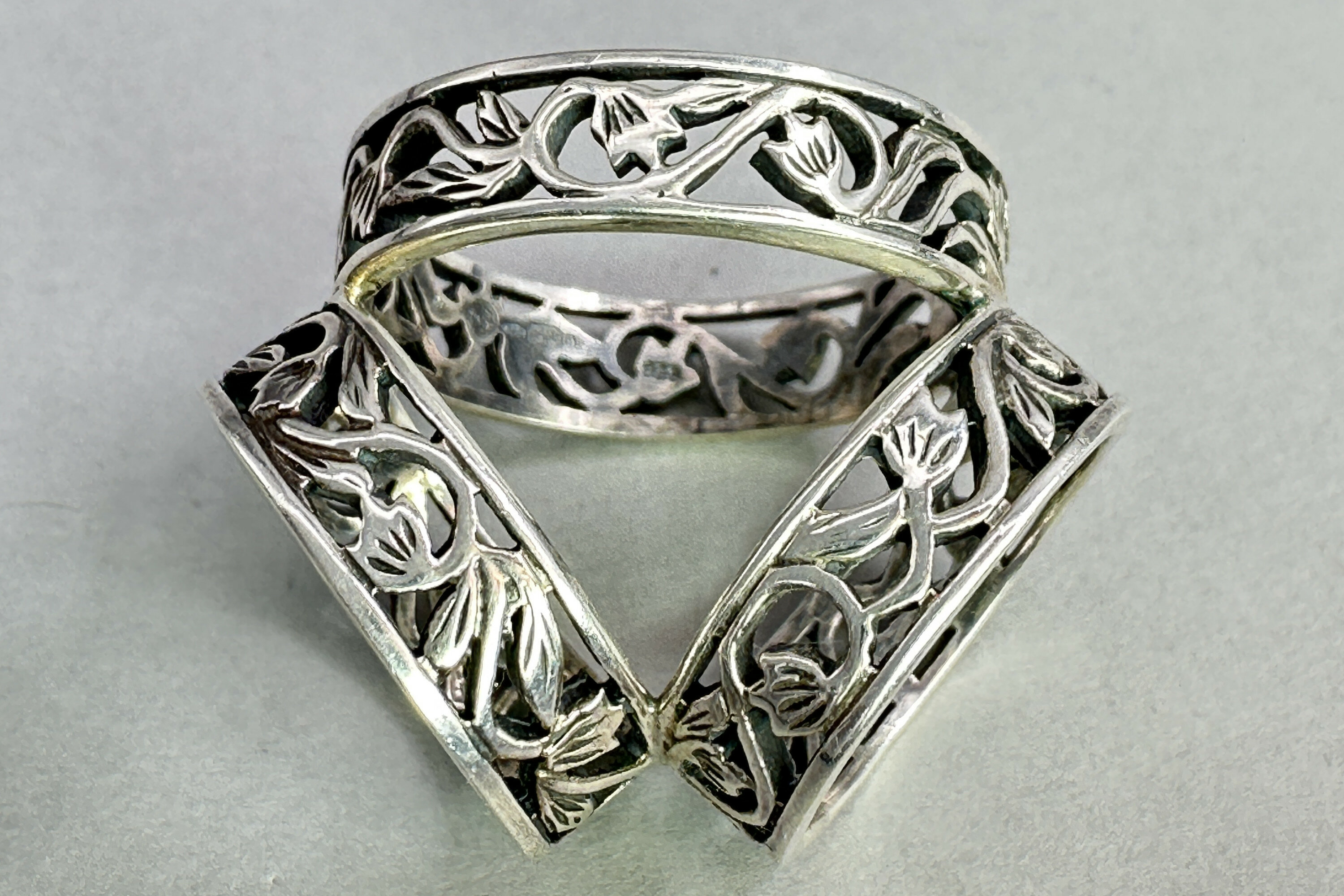
Rennie Mackintosh silver scarf ring with scarf included, c1990
Price: £45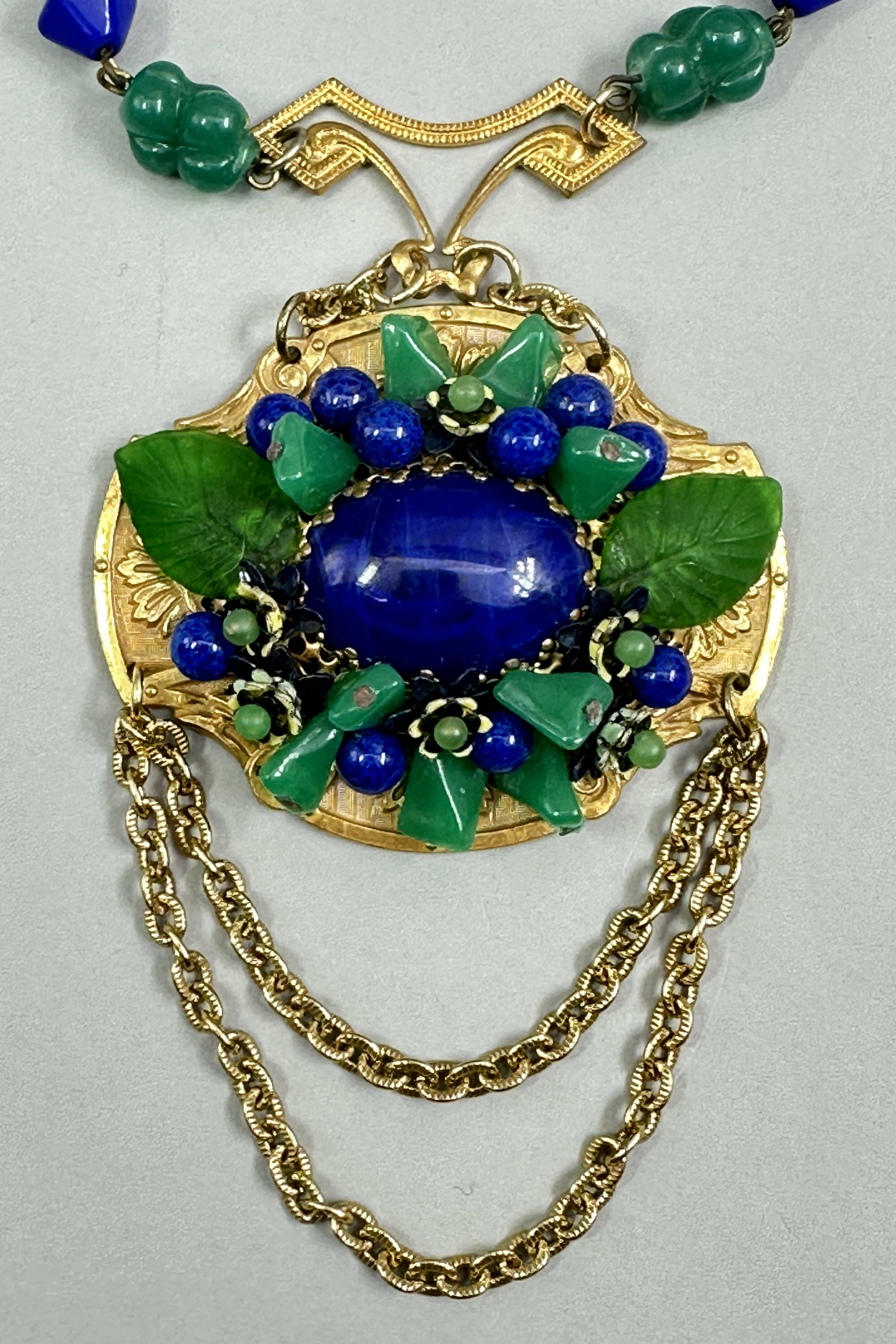
Regency style statement necklace c1950
Price: £125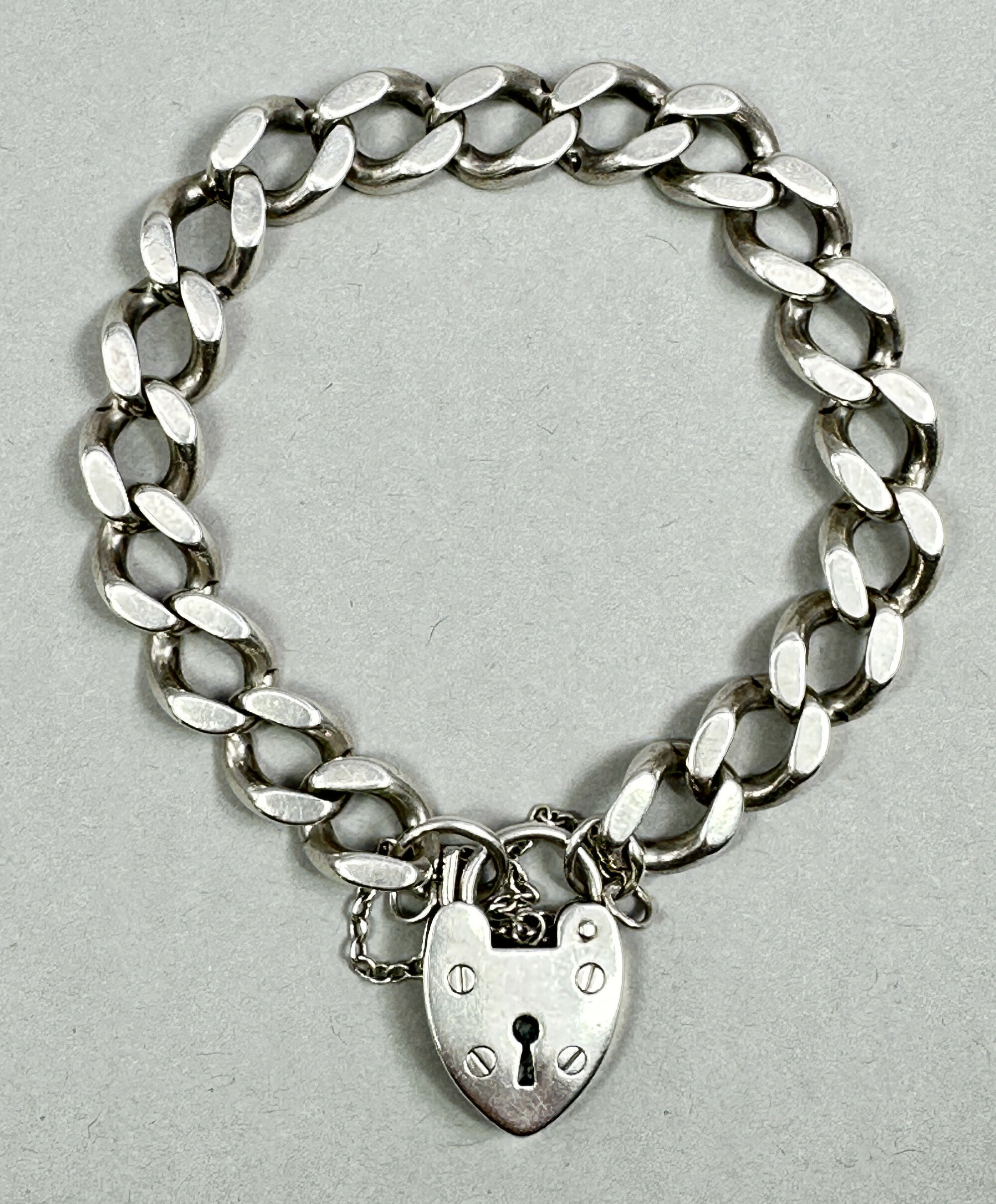
Curb link pad lock bracelet, London 1977
Price: £85
Striking 1950s applique summer handbag
Price: £65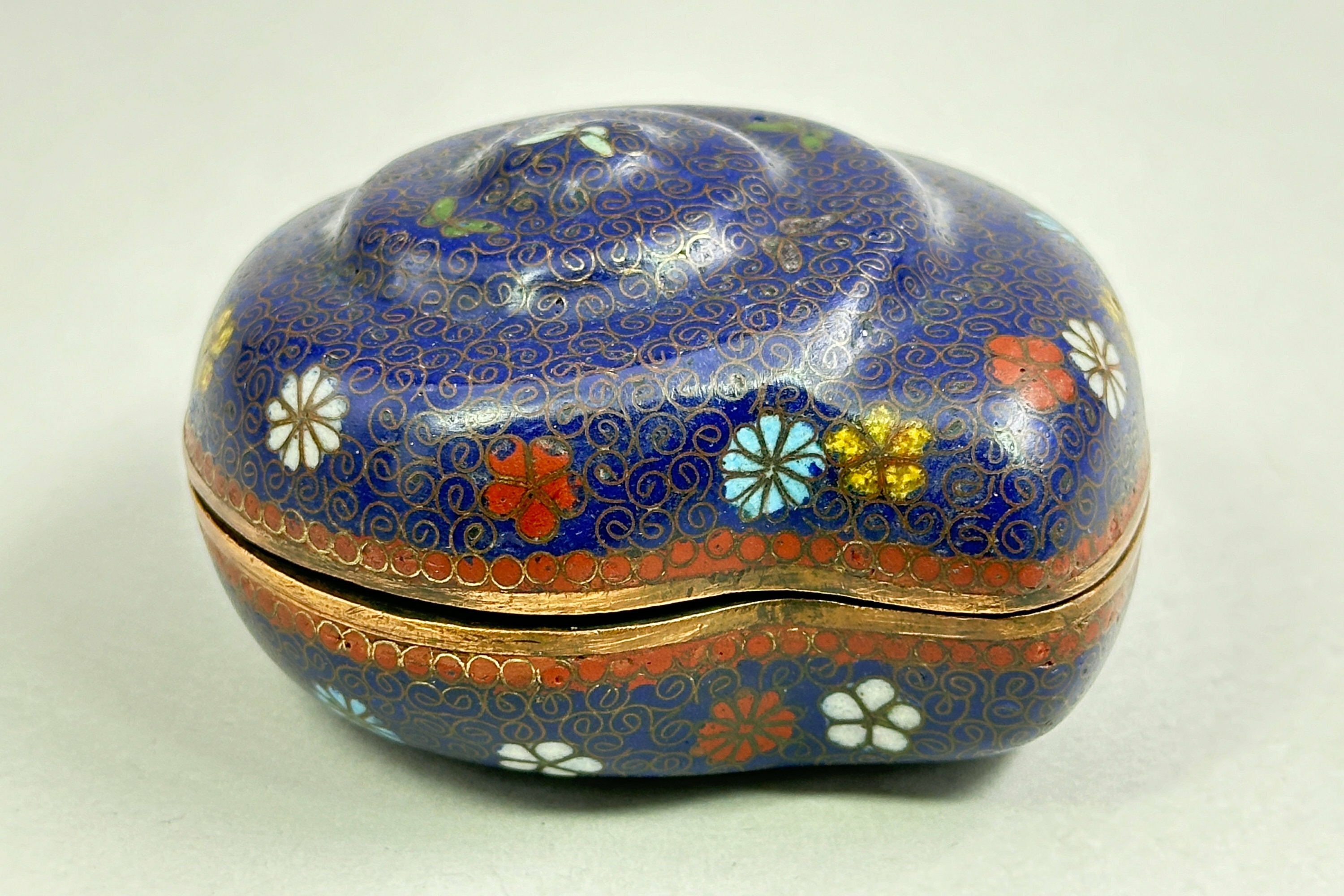
Fine Quality Cloisonne Box and Cover in the form of a Snail, Japanese circa 1880
Price: £95The Japanese produced copies of natural forms in a variety of media. Carved ivory fruit and small animals are well known. Here, cloisonne enamel is used which is less common. The quality of the work speaks for itself and can be judged form the small butterflies on the cover and the green speckle enamel fill at the base. It is typical of the best Meiji period (1868-1912) work and a circa date towards the end of the nineteenth century is most likely.
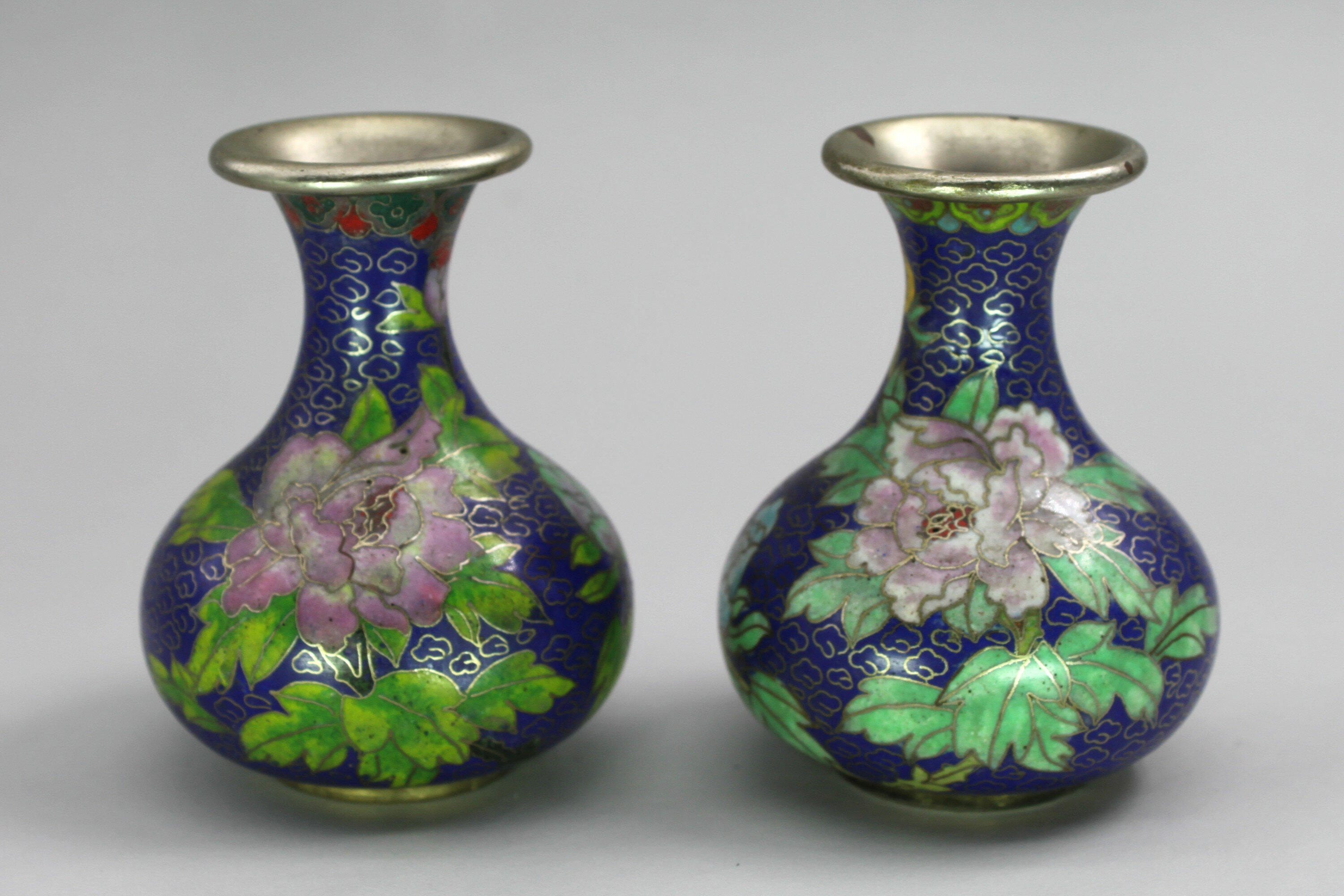
A Matched Pair of Chinese Cloisonne Bottle form Vases circa 1900
Price: £25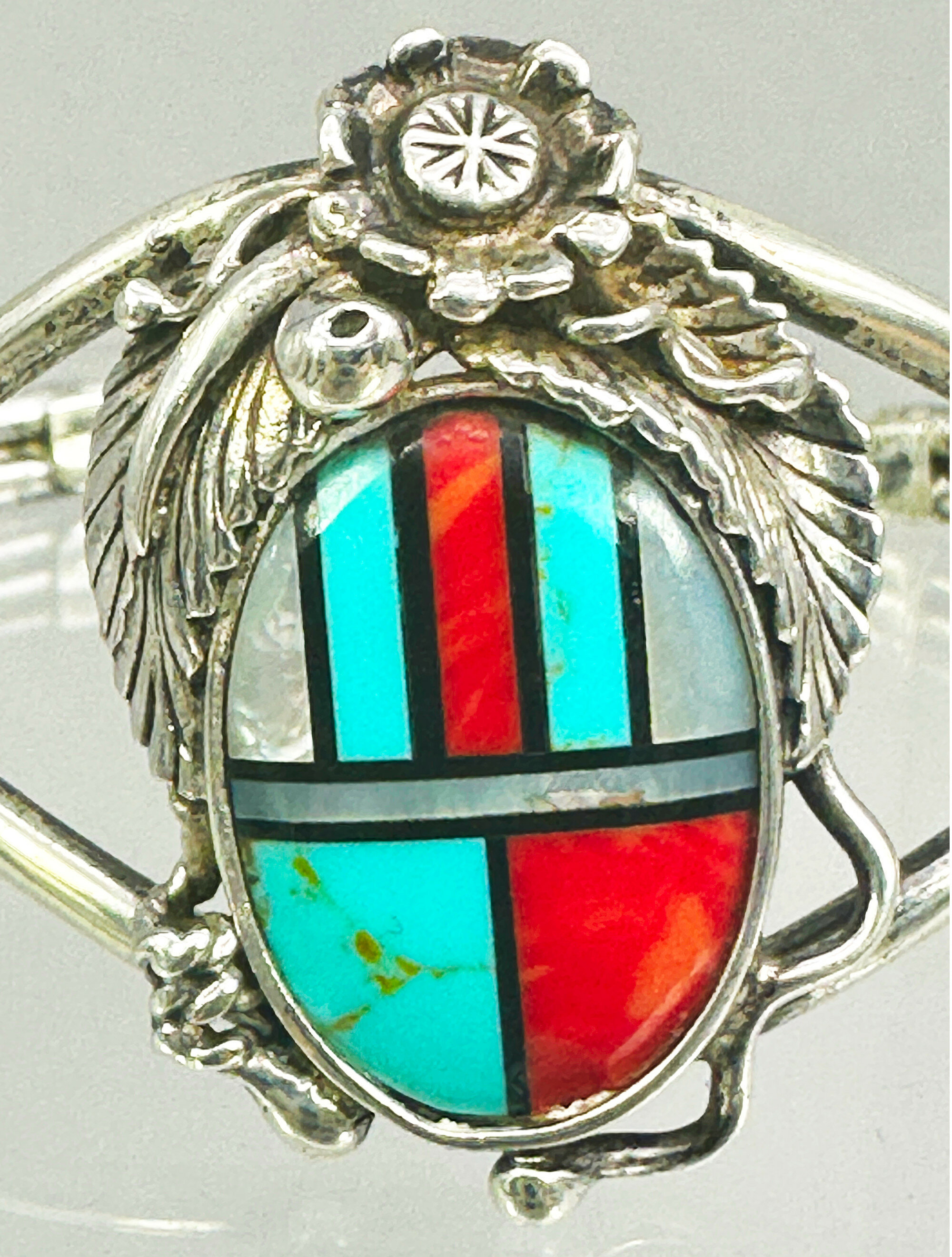
Native American Zuni silver cuff bracelet c1970
Price: £125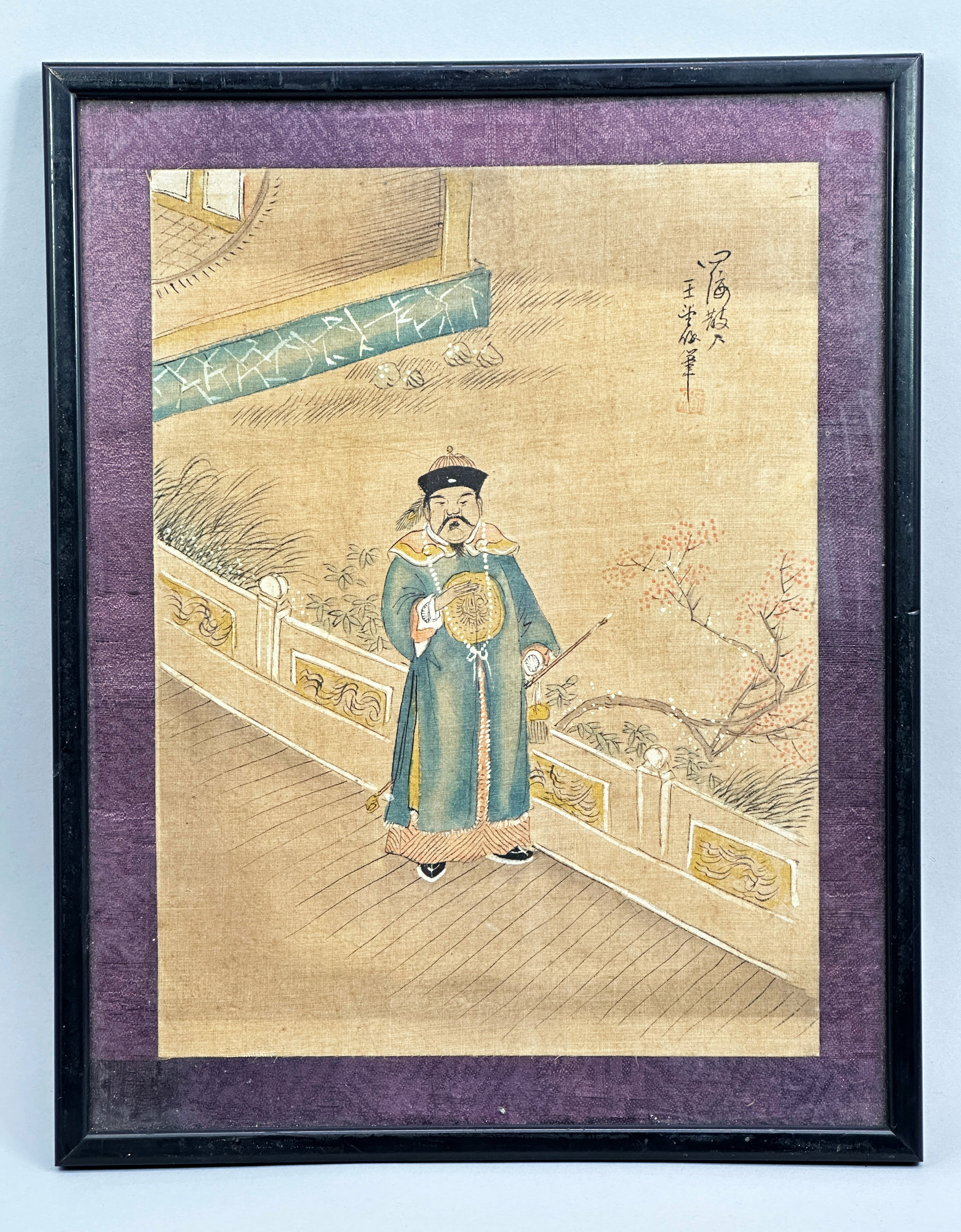
Framed Chinese Painting of a Court Official, C20th
Price: £45
Taxco clamper bracelet, attr. to Justo or Jorge Castillo, 1940s
Price: £450Justo and Jorge Castillo come from the Los Castillo workshop. Los Castillo was an influential and ongoing design and manufacturing enterprise established in 1939 by Antonio Castillo and his brothers Justo and Jorge and their cousin Salvador Teran. Los Castillo is known for sterling jewellery and fine pieces in "married metals" combining various metals such as silver, copper and brass. Castillo who arrived in Taxco in 1923, began his long career working for William Spratling at Taller de las Delicias. He married Margot van Voorhies prior to opening Taller Los Castillo bu they were later divorced in 1946. (see The Little Book of Mexican Silver Trade and Hallmarks, 2013)
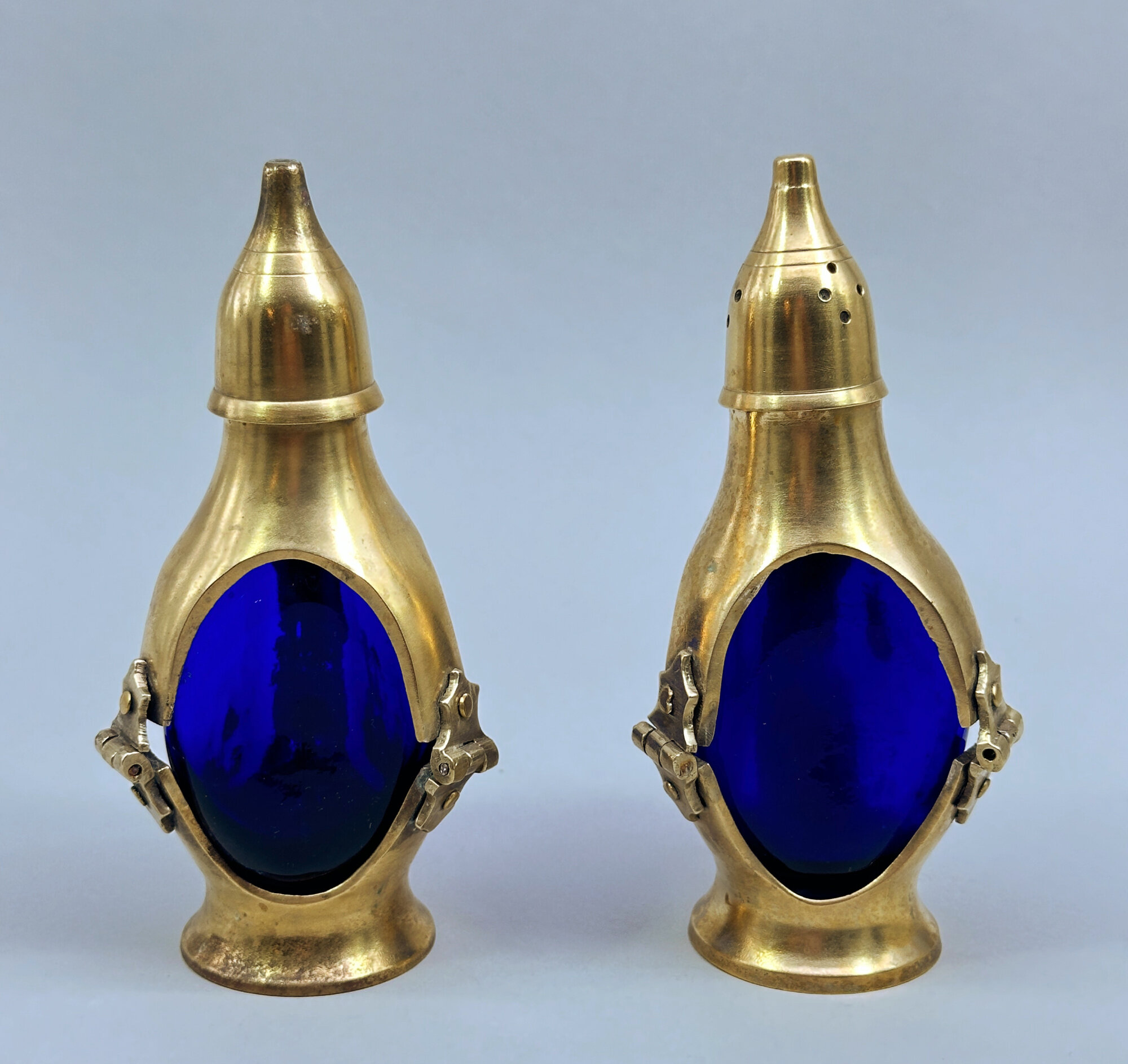
Arts and Crafts Brass and Cobalt Glass Salt and Pepper, early C20th
Price: £55
Chinese Bone Netsuke carving of a man holding a musical instrument, early C20th
Price: £25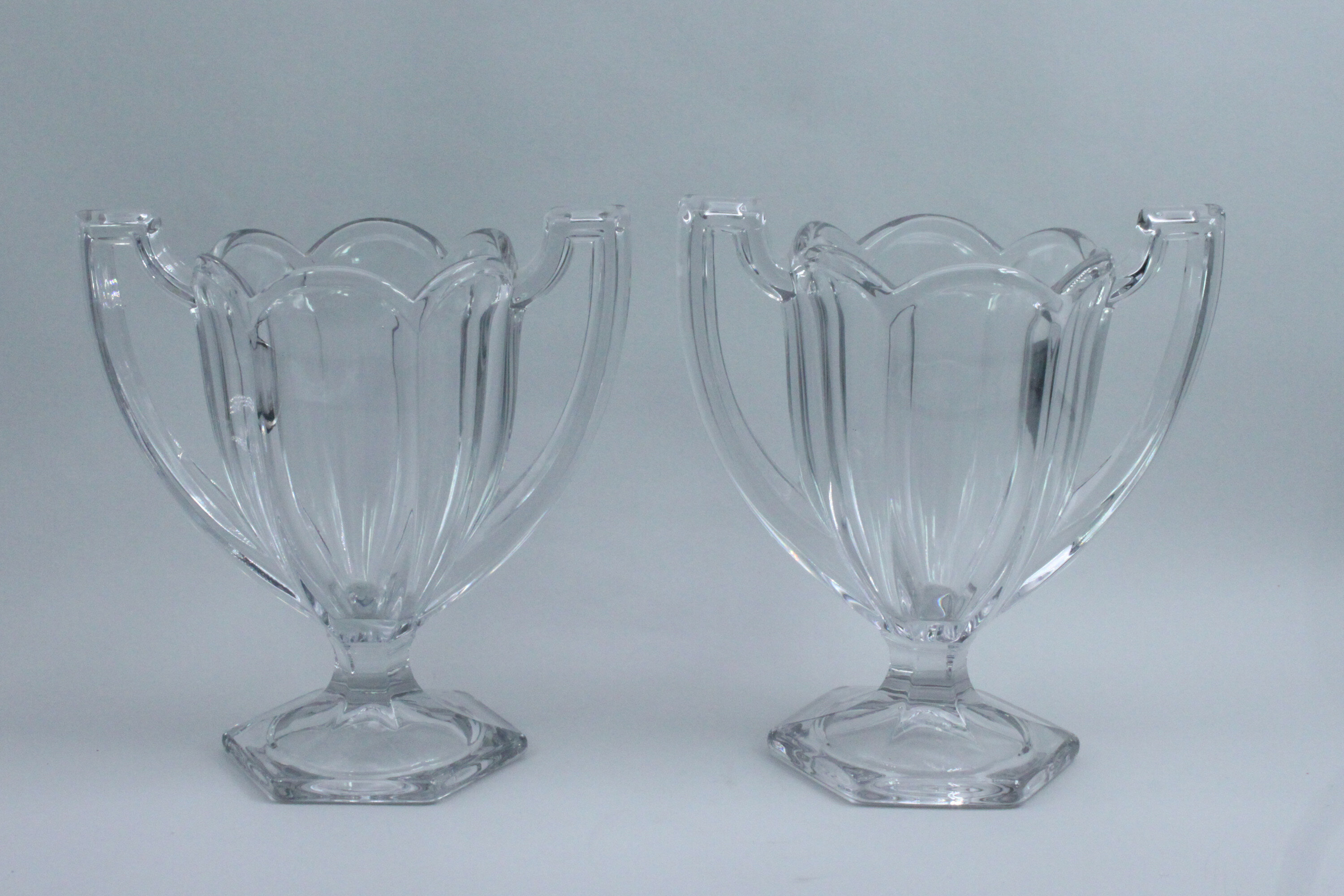
A Pair of Art Deco Pressed Glass Trophy Form Vases, Davidson, 1930s
Price: £45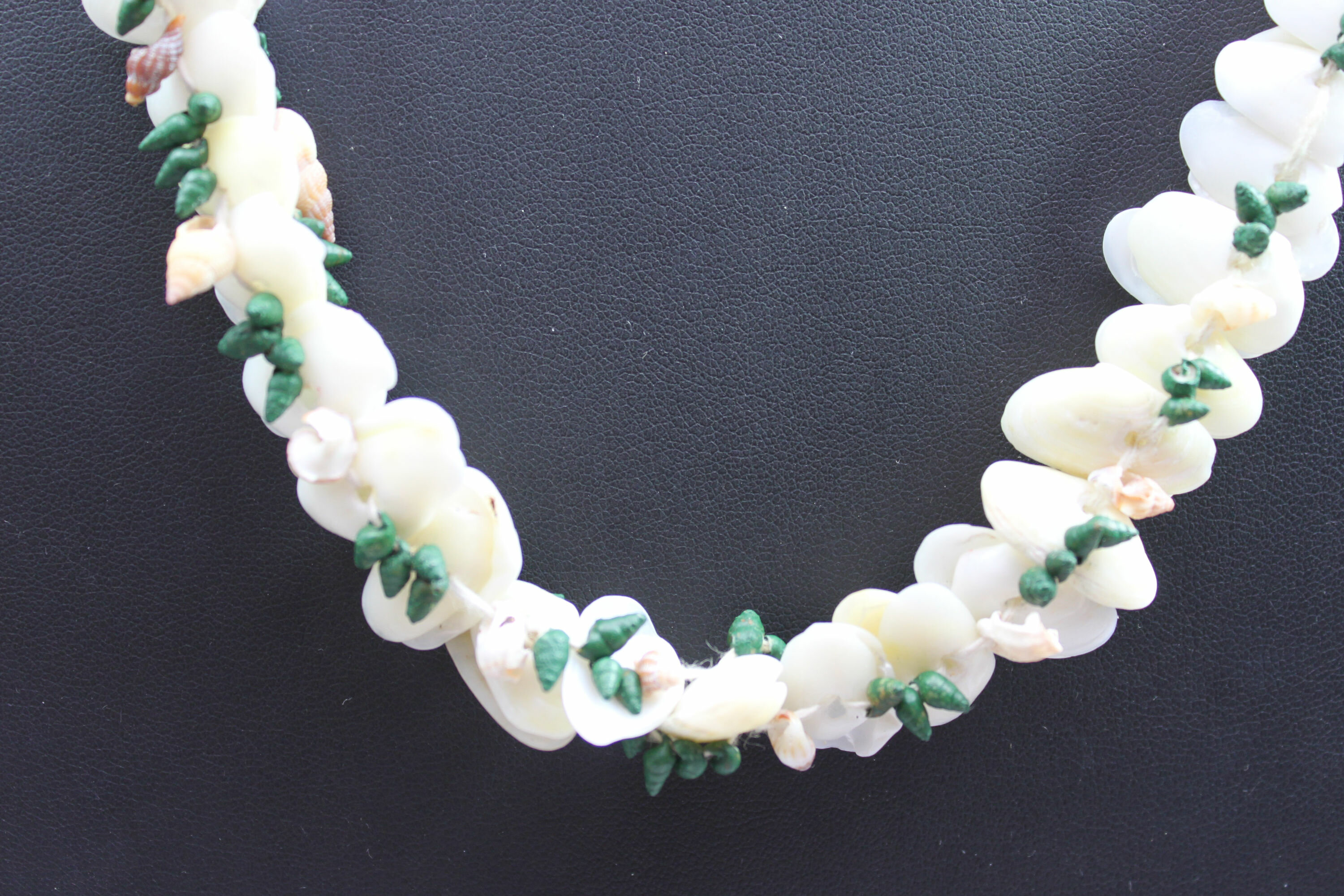
Fun vintage souvenir shell necklace 1960s
Price: £15PLEASE NOTE THAT THERE IS FREE UK SHIPPING ON THIS ITEM. For international buyers the shipping cost will be reduced by the UK shipping cost, so don't worry if you are outside the UK, you still receive this benefit!
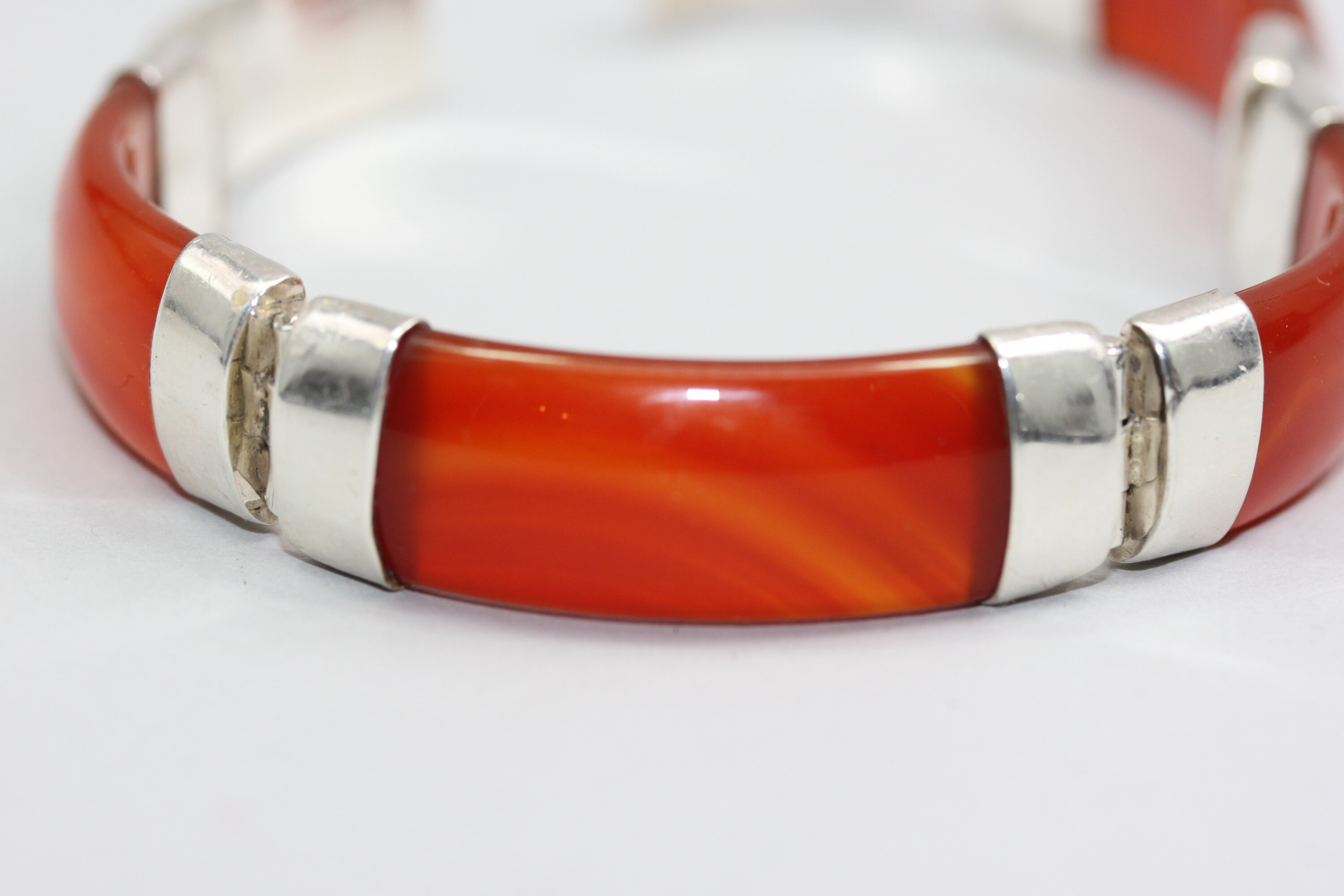
Beautiful Chinese carnelian silver bracelet
Price: £75
Taxco Silver and Copper Bracelet, c1940
Price: £55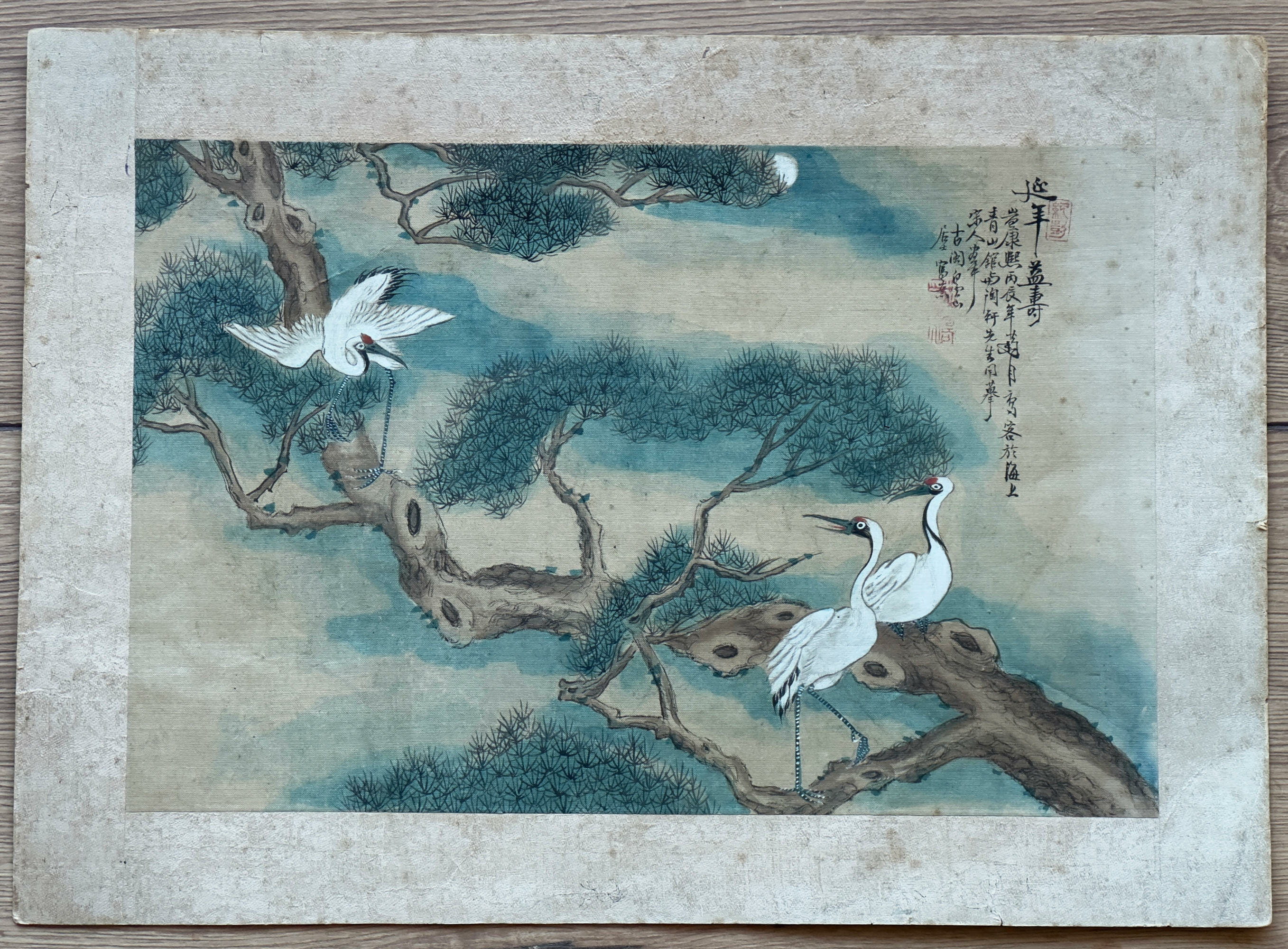
Chinese painting on Silk, Storks and Pine, circa 1900
Price: £25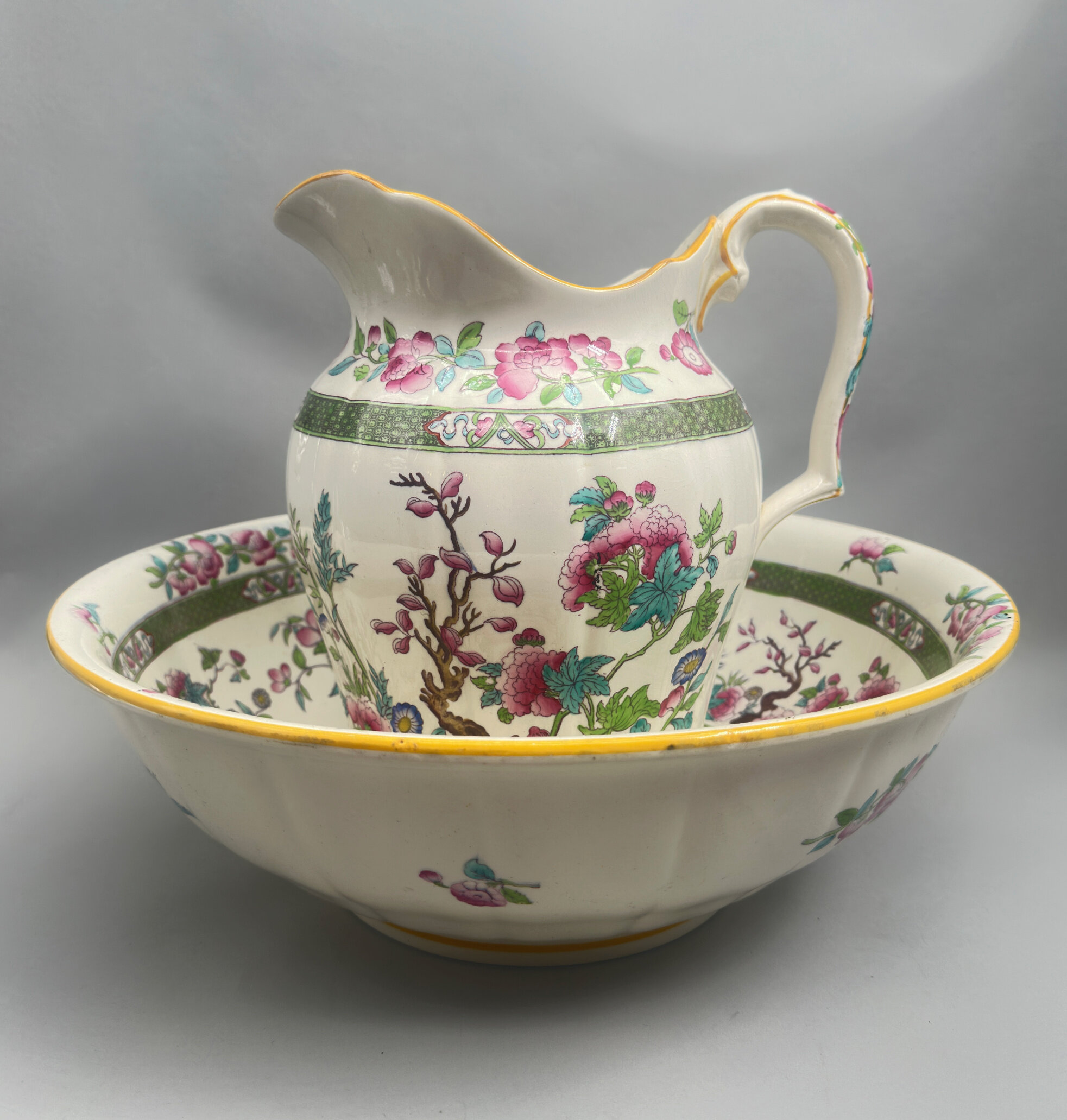
Minton Indian Tree Pattern Pitcher and Basin circa 1900
Price: £350………………………………………………………………………………………………….................................................................................
The celebrated firm of Mintons was founded by in 1793 by Thomas Minton (1765–1836) at Stoke-upon-Trent, Staffordshire, England as ‘Thomas Minton and Sons’, producing earthenware. The initial ranges were standard tablewares in blue transfer-printed or painted earthenware, including the ever-popular Willow pattern. By the mid nineteenth century and in partnership with Michael Hollins, Mintons began the production of decorative finishes for the interior and in particular floor tiles which enjoyed enormous demand and were the subject of numerous prestigious commissions including a contract for the flooring of the American Capitol. This was followed by the introduction of the plain white glazed ‘Parian’ wares and then the Italian inspired ‘majolica’ pieces with their richly coloured lead glazes. Mintons continued to follow popular trends, working with Christopher Dresser, recruiting Louis Solon from Sevres who had developed pâte-sur-pâte wares and finally contributing to Art Nouveau ceramics with a speciality in secessionist wares.
But the manufacture of tableware continued alongside all these other developments and Mintons adopted and adapted the popular ‘Indian Tree’ pattern which was first produced by Coalport in 1801. This design fused elements from Indian textiles and Chinese ceramics into an amalgam with immediate appeal. The pattern includes the crooked branch of a tree and a partial landscape including exotic flowers and leaves with a palette of colours emphasising green, blue, pink, and orange, resembling quite closely the Chinese export wares decorated in ‘Famille Rose’ enamels which had been exported to Europe in great quantities in the eighteenth century. Many of Coalport’s rivals, including Spode, Wedgwood and Royal Worcester produced their own versions of the design, but Mintons’ interpretation was held to be one of the most successful.
It was used by Mintons to decorate a variety of shapes, mainly dinner and tea wares, but the toilet pitcher and matching basin are seldom found in this pattern. Both the forms are extremely elegant, the pitcher with light fluting, a scalloped rim and a complementary handle, while the basin, also lightly fluted, employs simple lines with a turnover rim which follow the shape of a Chinese original. All the standard elements of the pattern can be seen, in particular the twisted tree, and the diaper work borders again reflect Chinese originals.
Both pieces are marked with the pattern number ‘T 216’ and a Minton stamp, the form of which allows fairly accurate dating. The globe topped by a crown with the banner ‘Mintons’ was used from 1873-1912 but ‘England’ was only added after 1891, giving a circa date in the late nineteenth or early twentieth century, probably around 1900. The original toilet set, which would have included the pitcher and basin along with, probably, a chamber pot, a soap dish, candlesticks and other accessories, was clearly a ‘deluxe’ item at the time and its quality is still apparent today when it can be enjoyed simply for its decorative appeal and as a reminder of a past era of grandeur.
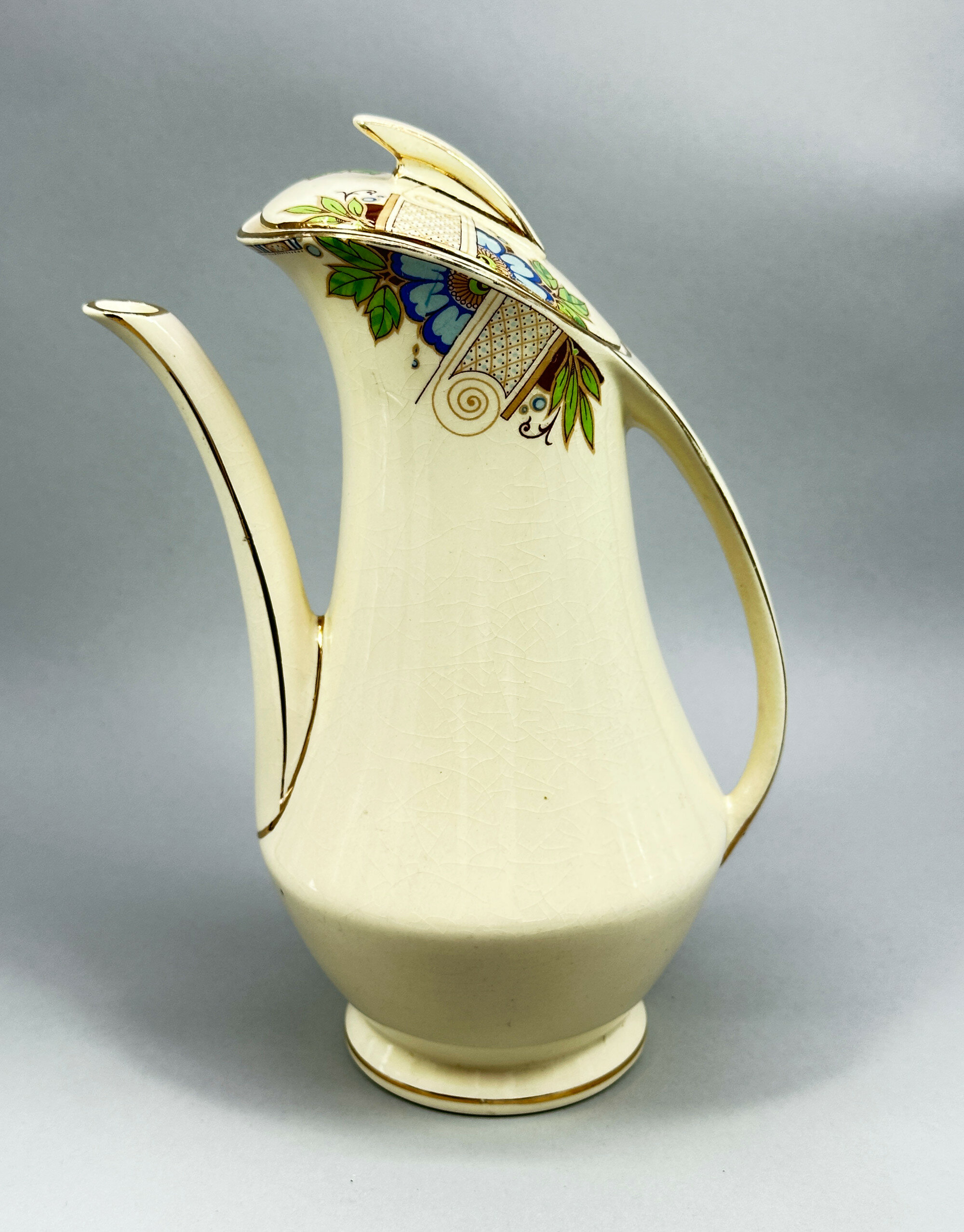
Art Deco Coffee Pot, Crownford Burslem, Staffordshire 1930s
Price: £35Burslem in Staffordshire was one of the famous six ‘pottery towns’ and immortalised in the novels of Arnold Bennett as ‘Bursley’. The firm Thomas Ford and Sons began its production there in the late nineteenth century, continuing until 1938 when the business was purchased by Oswald Shufflebottom who renamed it Ford & Sons (Crownford) Ltd. The trade name ‘Crownford’ had been adopted quite early on by the Ford family and was kept by the Shufflebottom family until the late 1980s. The ‘Crownford Burslem’ wares were mostly produced in the fashionable Art Deco style during the late 1920s and 1930s and this coffee pot is a fine and representative example of their work.
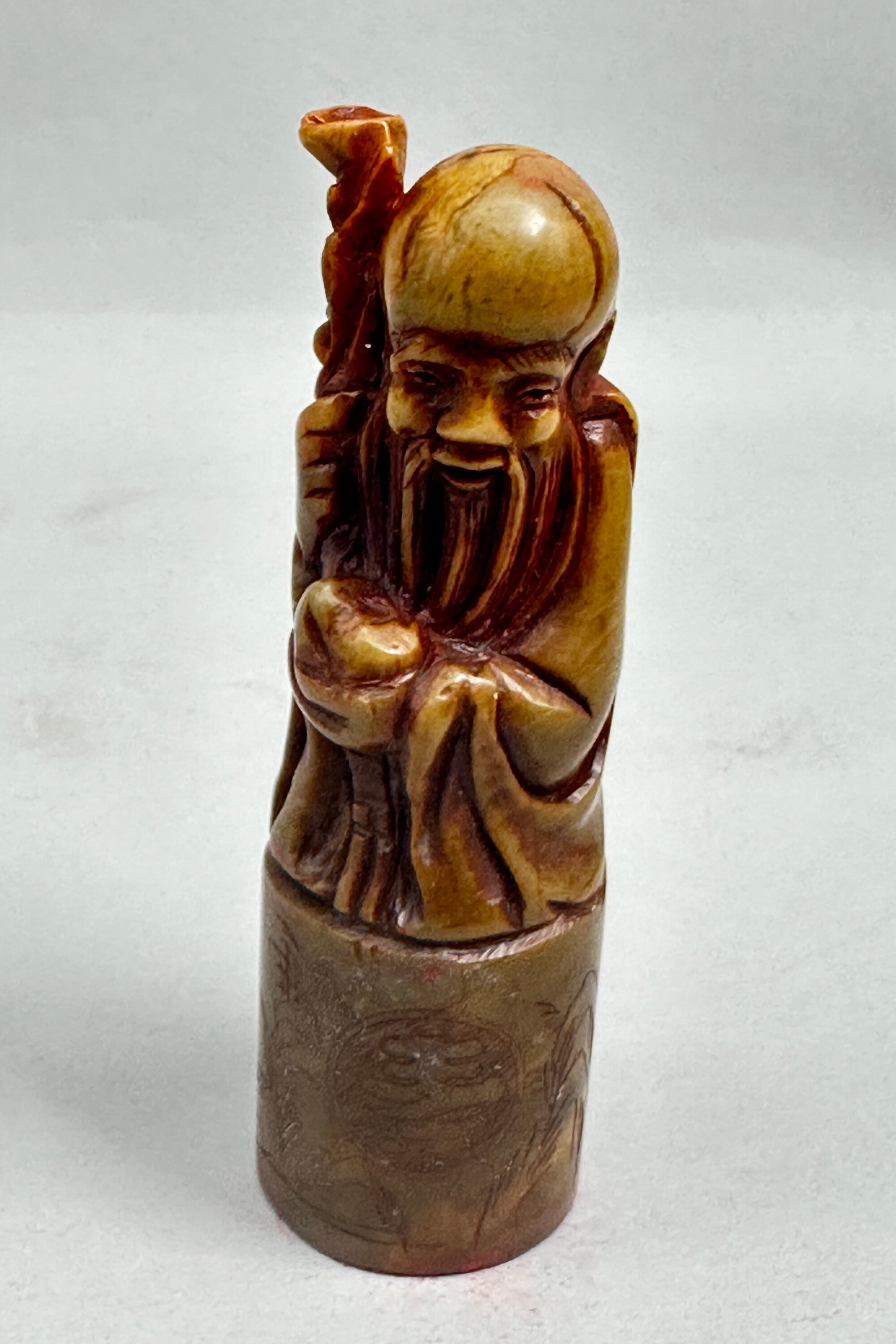
Chinese Soapstone Seal with Shou Lao, C20th
Price: £45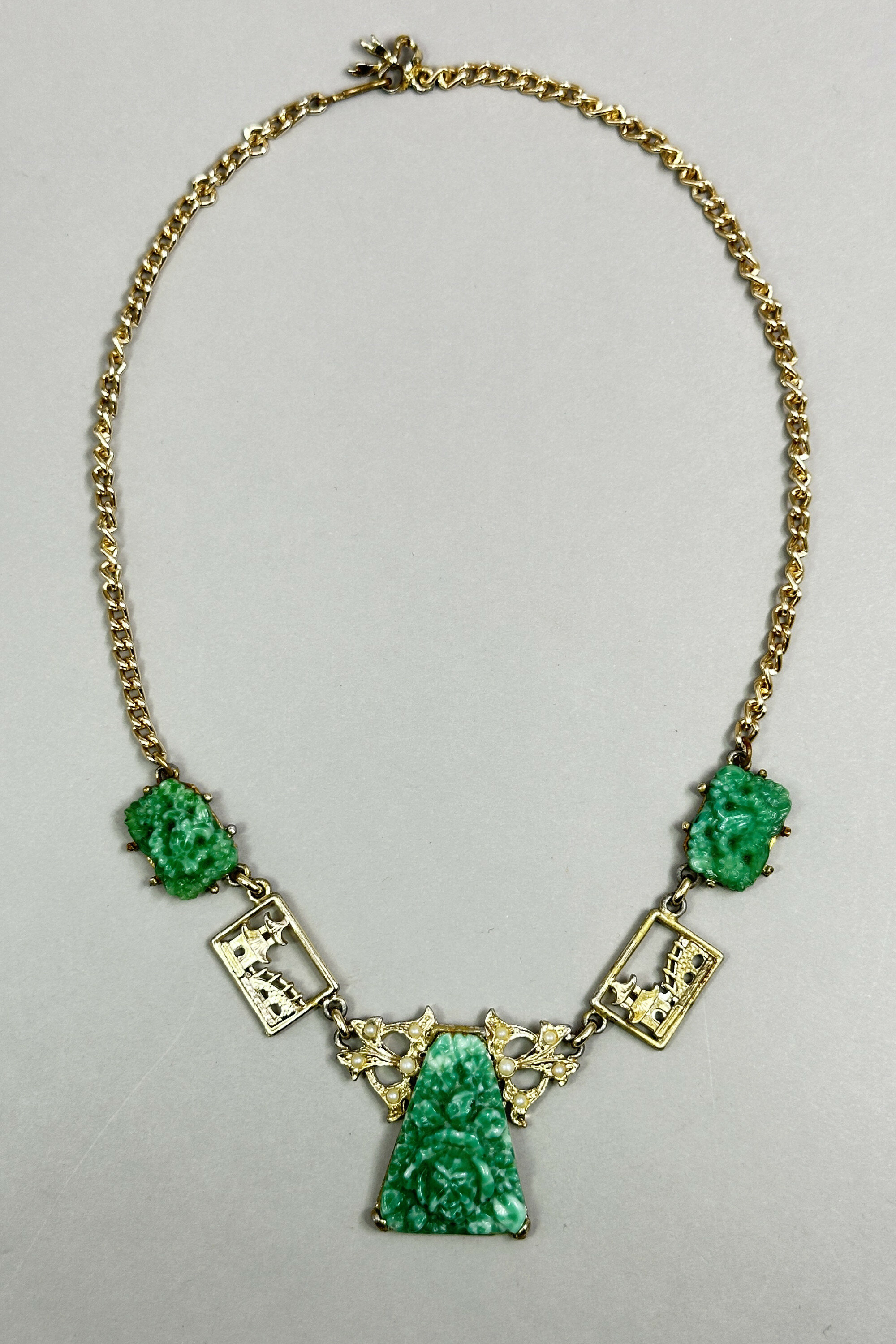
Chinoiserie necklace with peking glass plaques c1960
Price: £45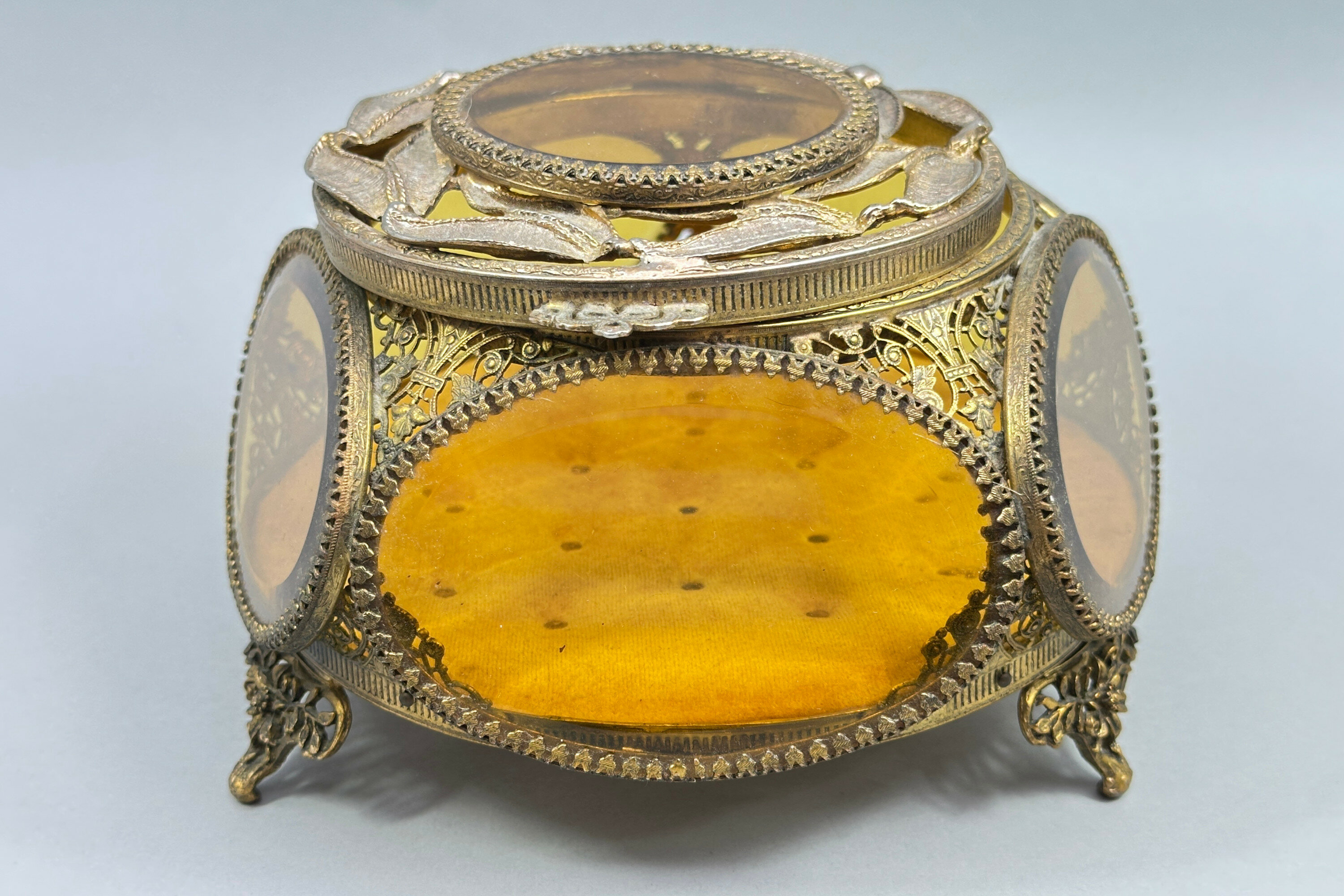
French Regency style Bevelled Amber Glass & Filigree Ormolu Casket, mid twentieth century
Price: £55Various pieces in this style where amber glass panels are combined with elaborate gilt metal work can be found. Most were intended as dressing table ornaments, as here. Sometimes termed 'Hollywood', after the American made products in this style of which Lot 1 in this sale is a prime specimen, these items were designed to add a touch of luxury to the bedroom. They are usually regarded as French and thought to have been made between the 1920s and 1940s. This is a particularly nice example with no damage to either the glass or the metalwork.
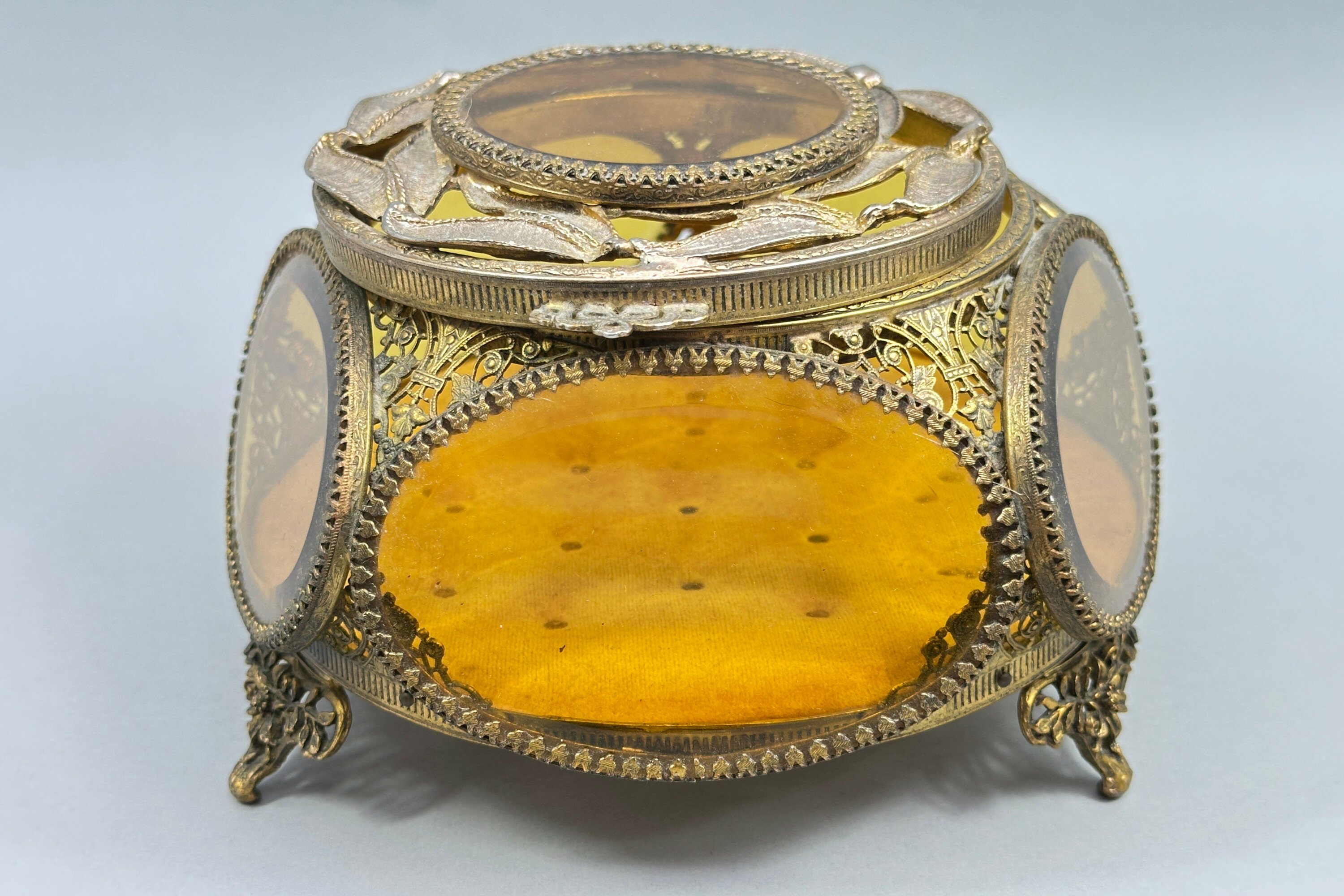
French Regency style Bevelled Amber Glass & Filigree Ormolu Casket, mid twentieth century
Price: £55Various pieces in this style where amber glass panels are combined with elaborate gilt metal work can be found. Most were intended as dressing table ornaments, as here. Sometimes termed 'Hollywood', after the American made products in this style of which Lot 1 in this sale is a prime specimen, these items were designed to add a touch of luxury to the bedroom. They are usually regarded as French and thought to have been made between the 1920s and 1940s. This is a particularly nice example with no damage to either the glass or the metalwork.

Modernist Silver White Anthurium Brooch, Mexico, 1970s
Price: £25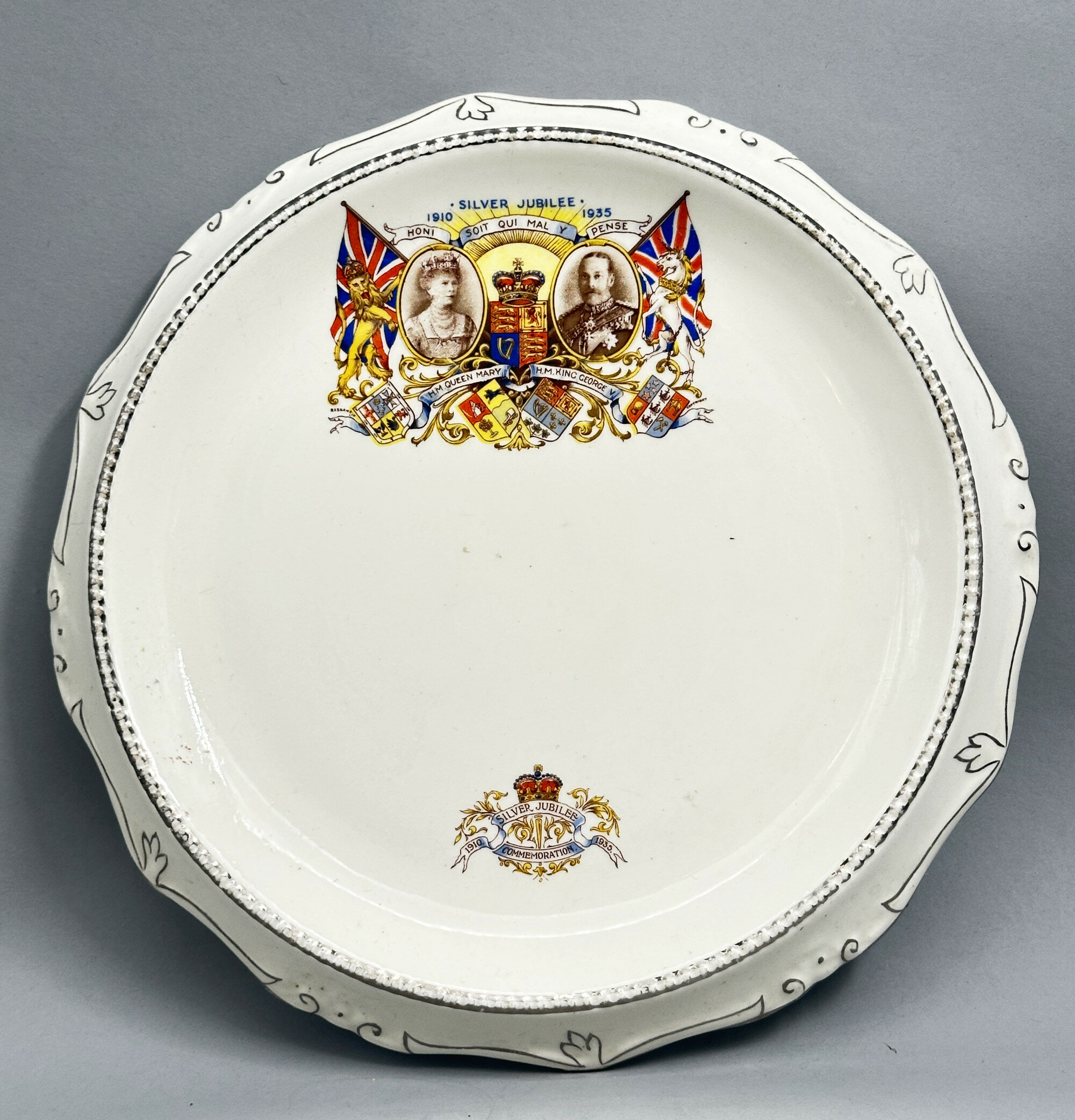
Commemorative Ware Silver Jubilee Plate, James Kent Ltd, England, 1935
Price: £35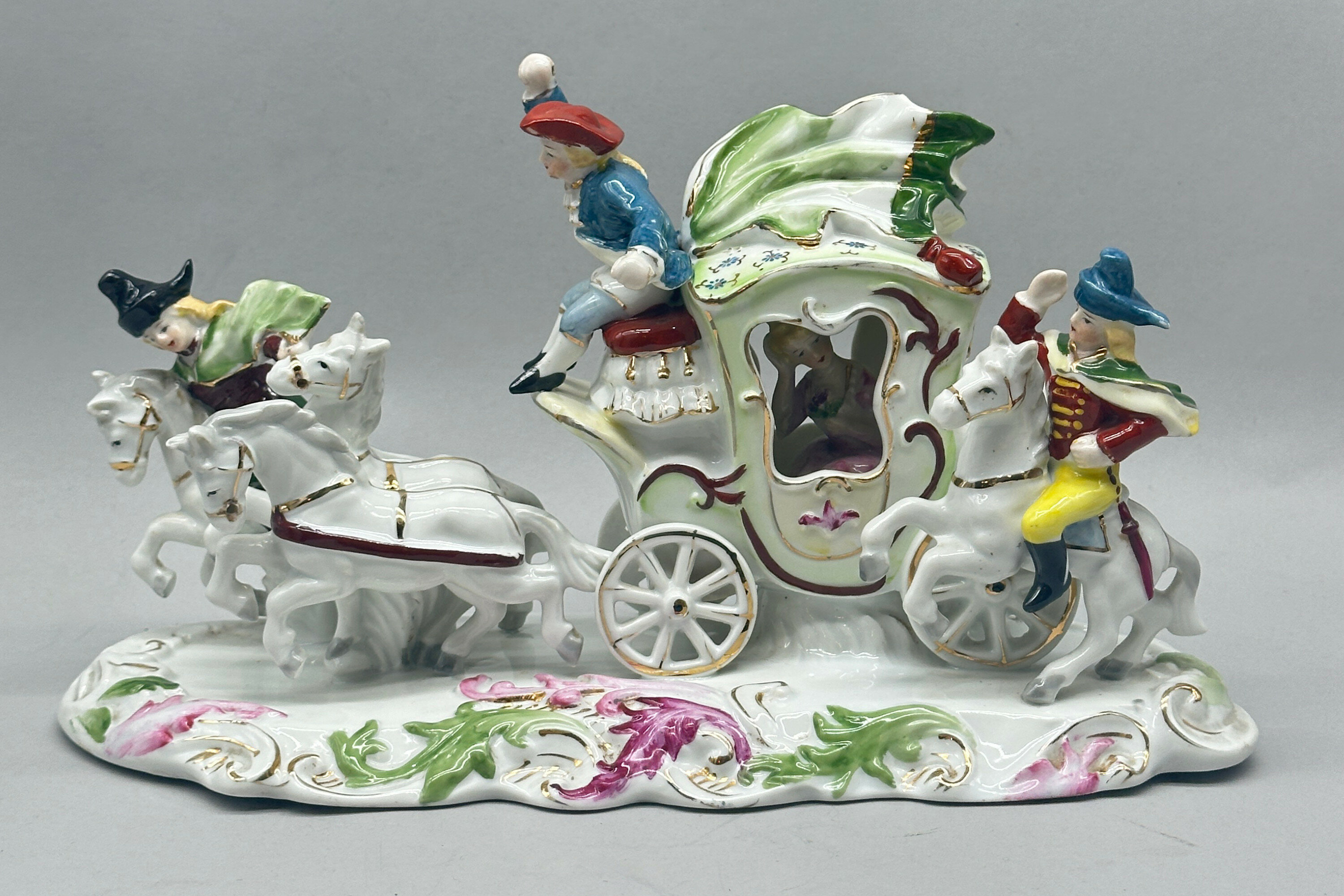
Dresden style model of a Coach and Horses, probably German early C20th
Price: £75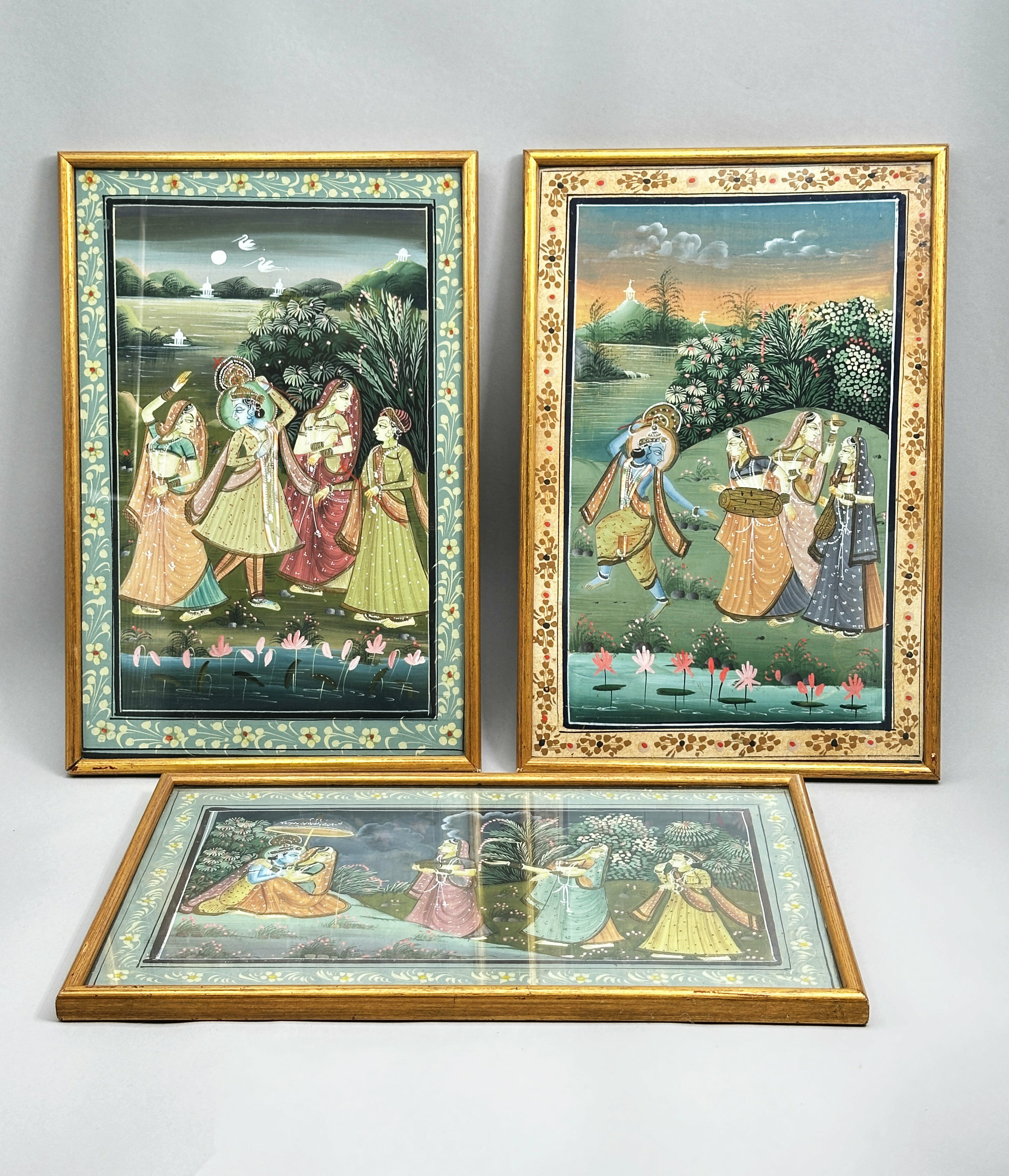
Three Indian gouache paintings depicting Krishna and Radha, framed, first half C20th
Price: £150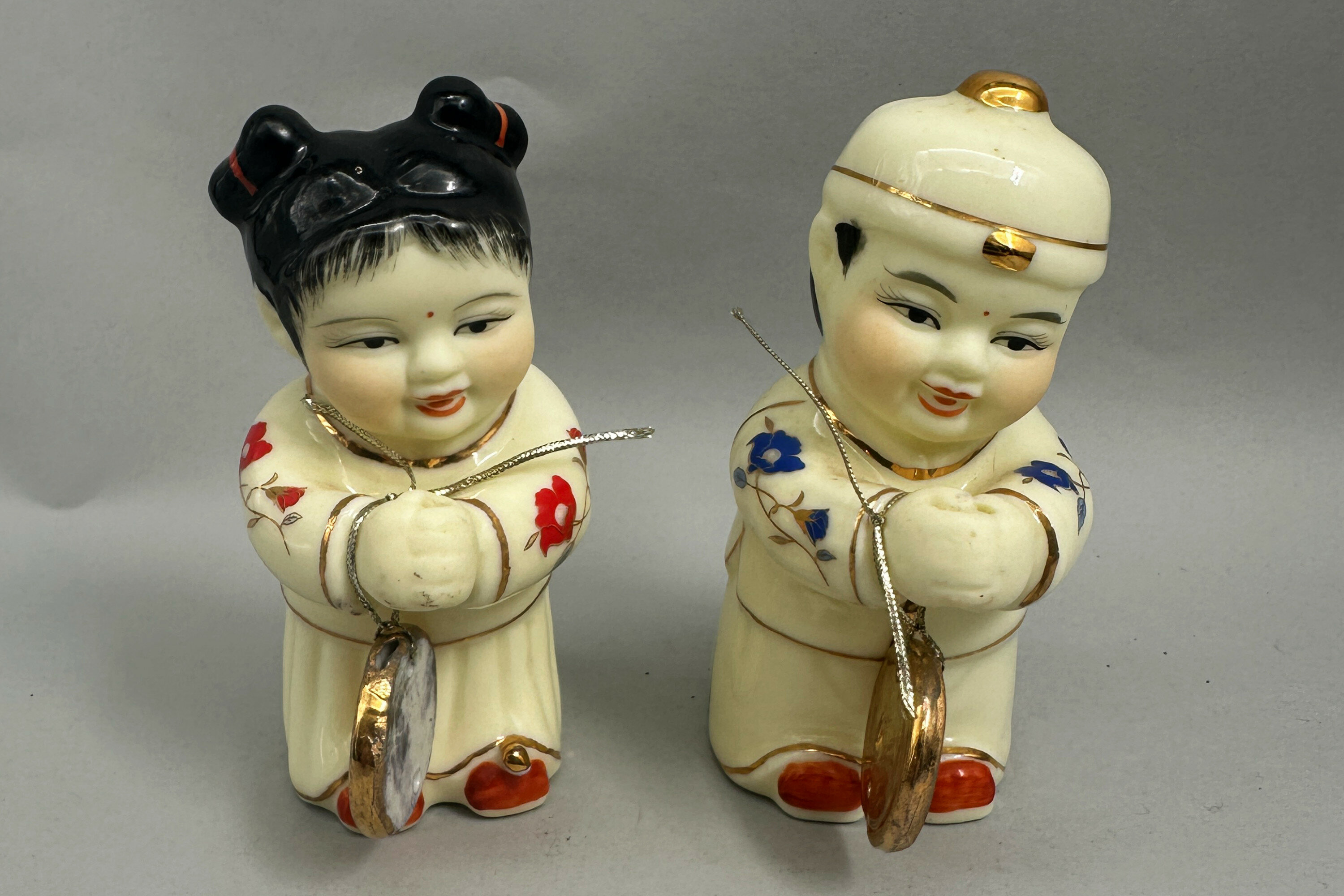
Decorative pair of Chinese ceramic figures of children, Yunu and Jintong , late C20th
Price: £45
Round pendant set with turquoise, Mexico, c1970, the chain later.
Price: £65
Exceptional strand of Scottish Moss agate beads
Price: £45
Scottish Agate bar brooch
Price: £35